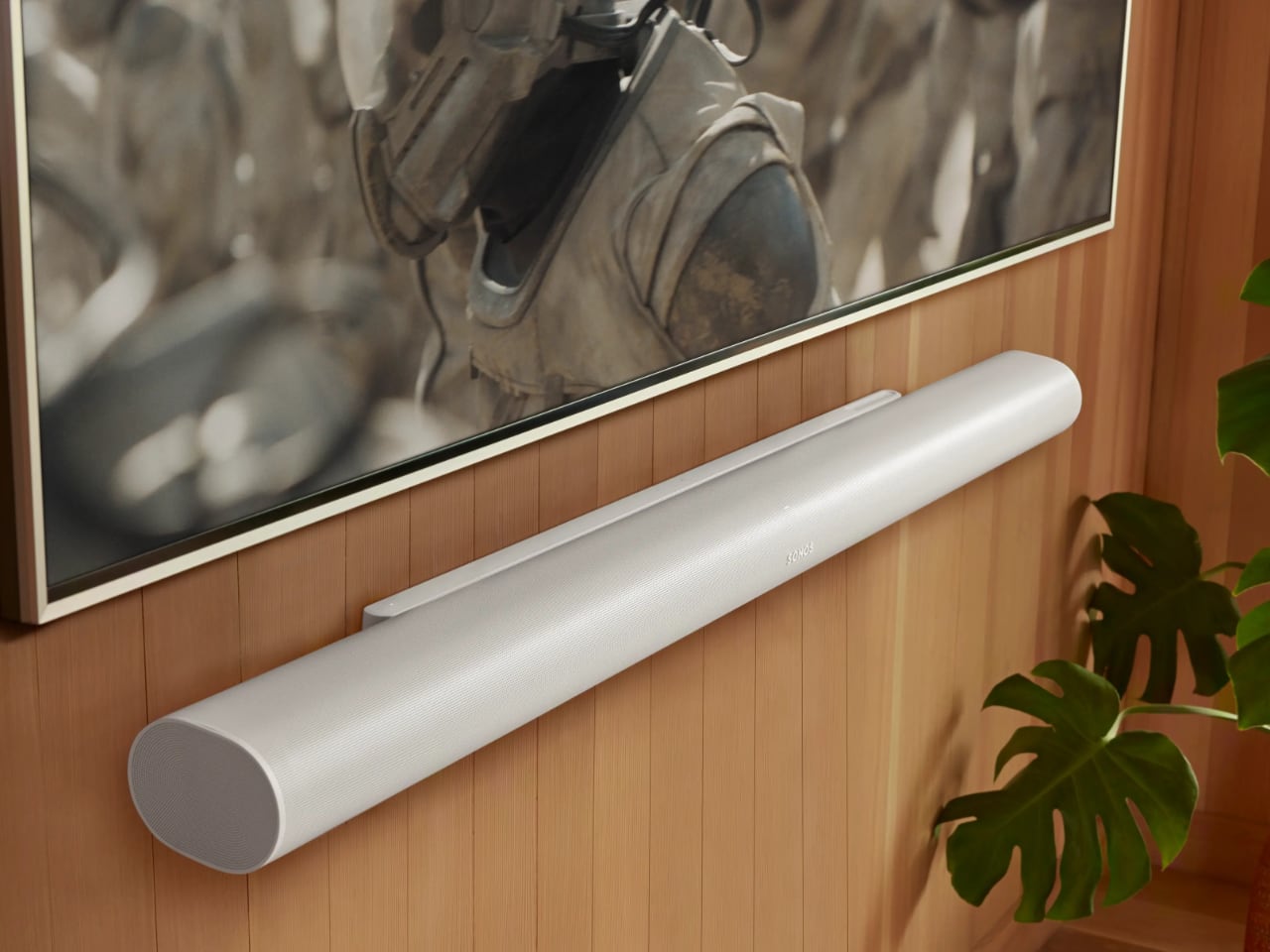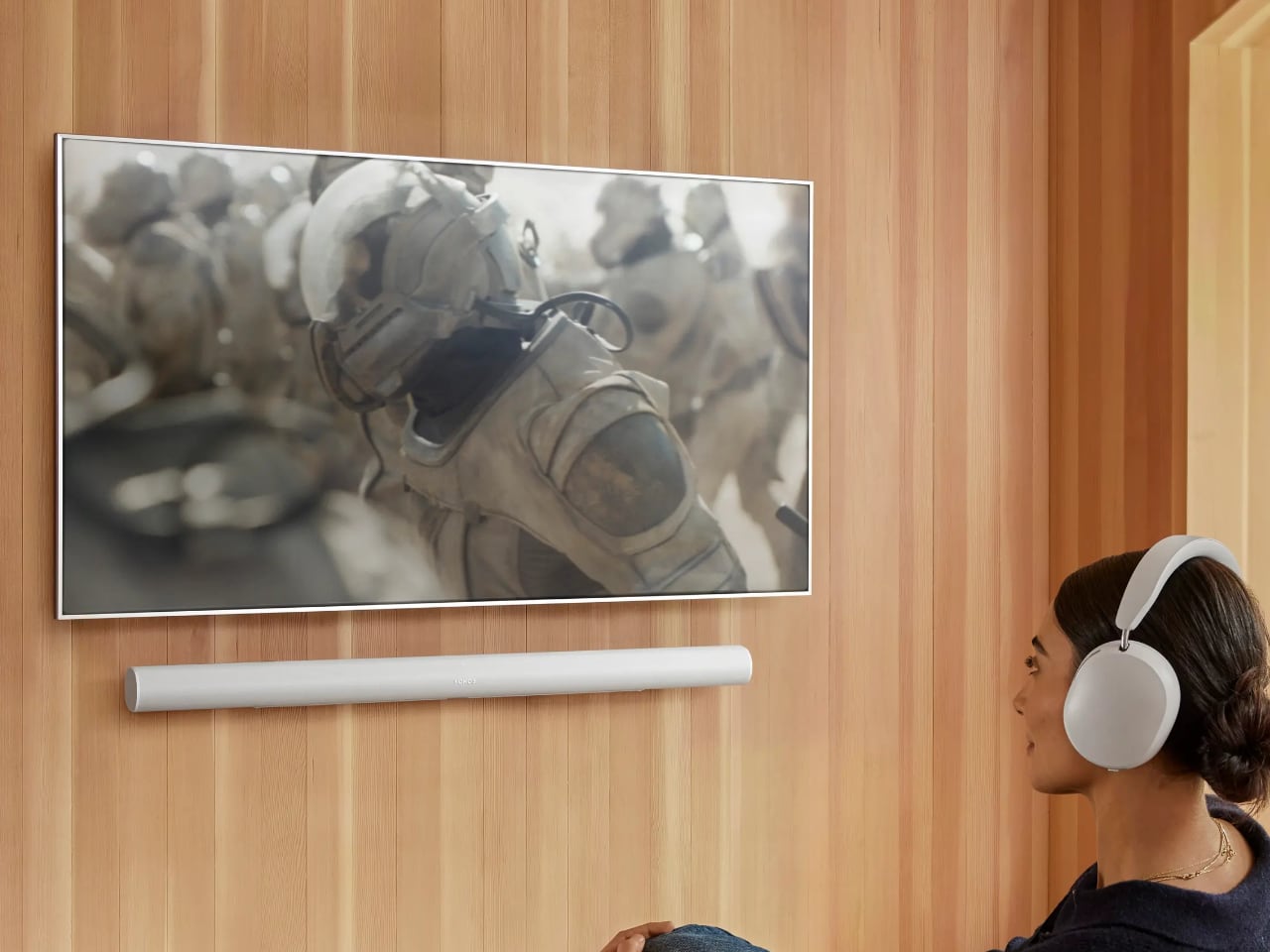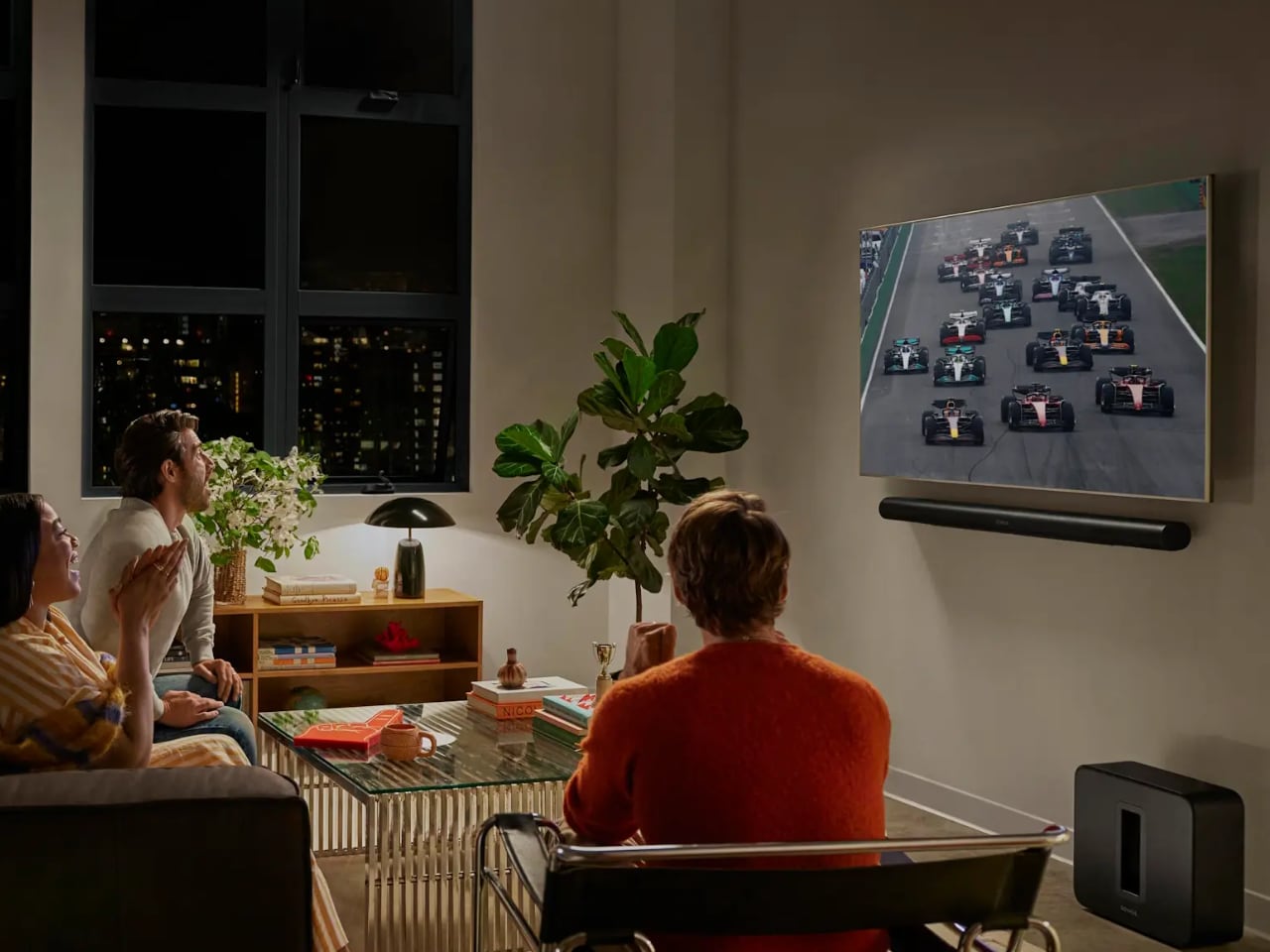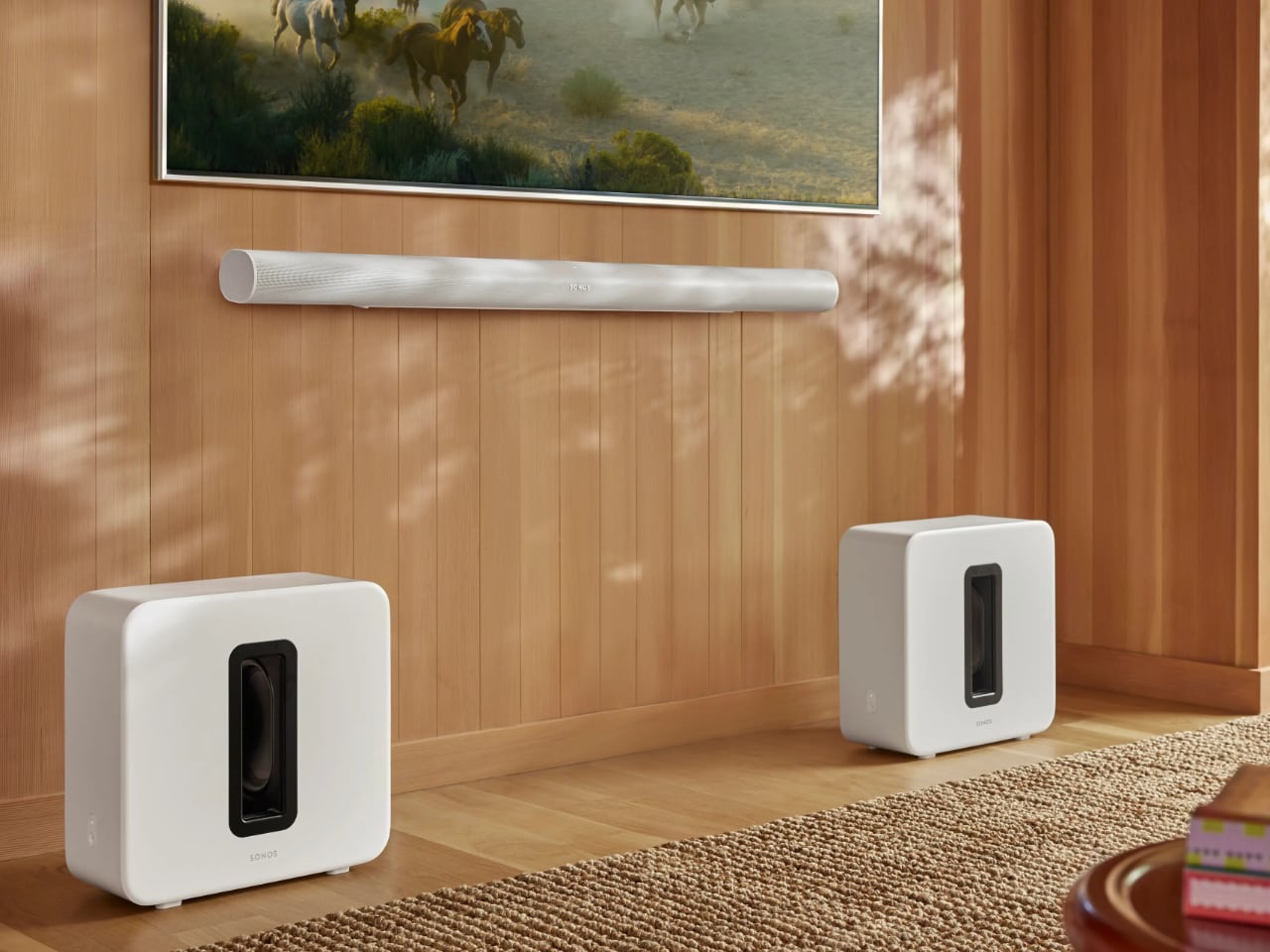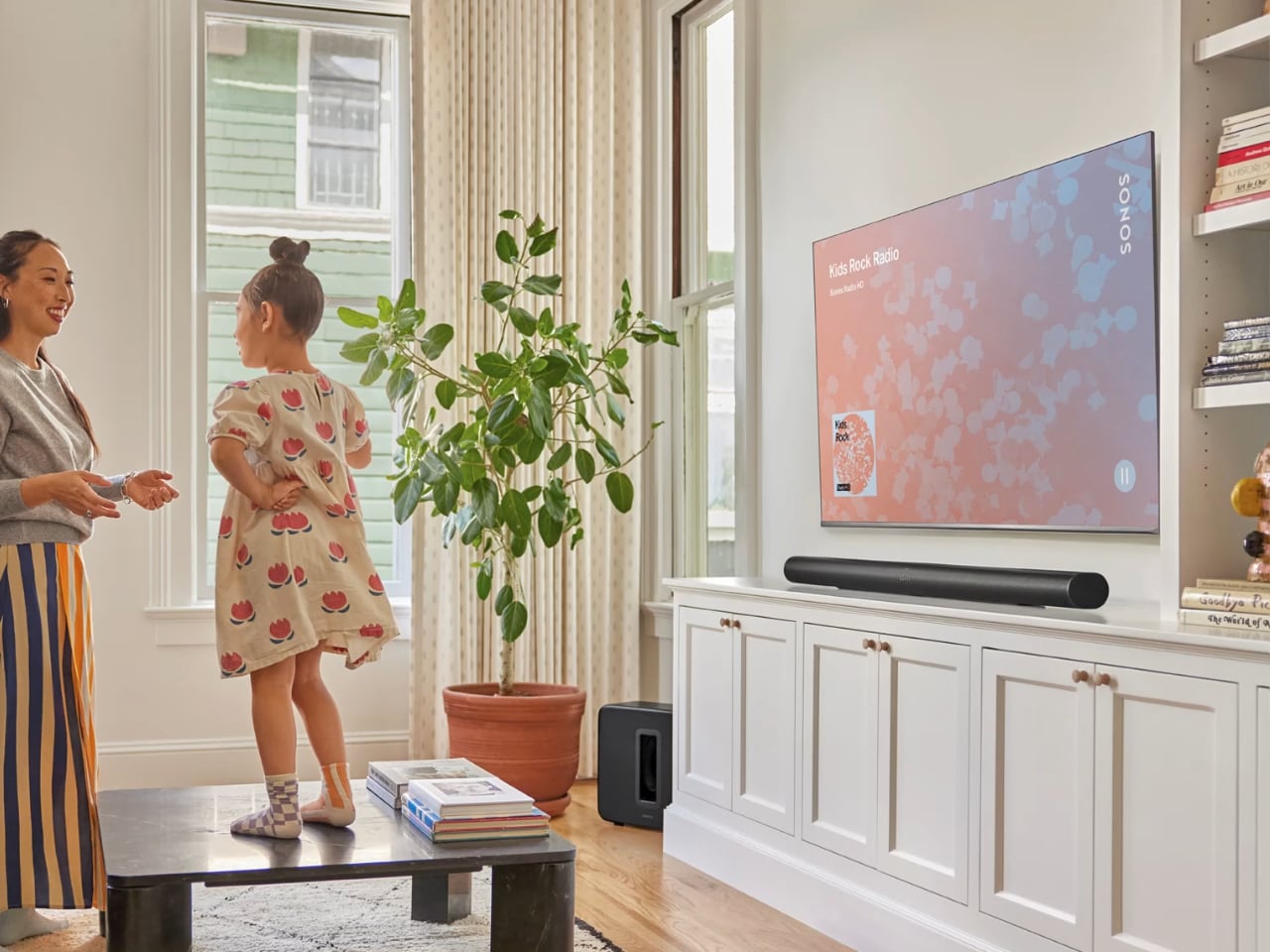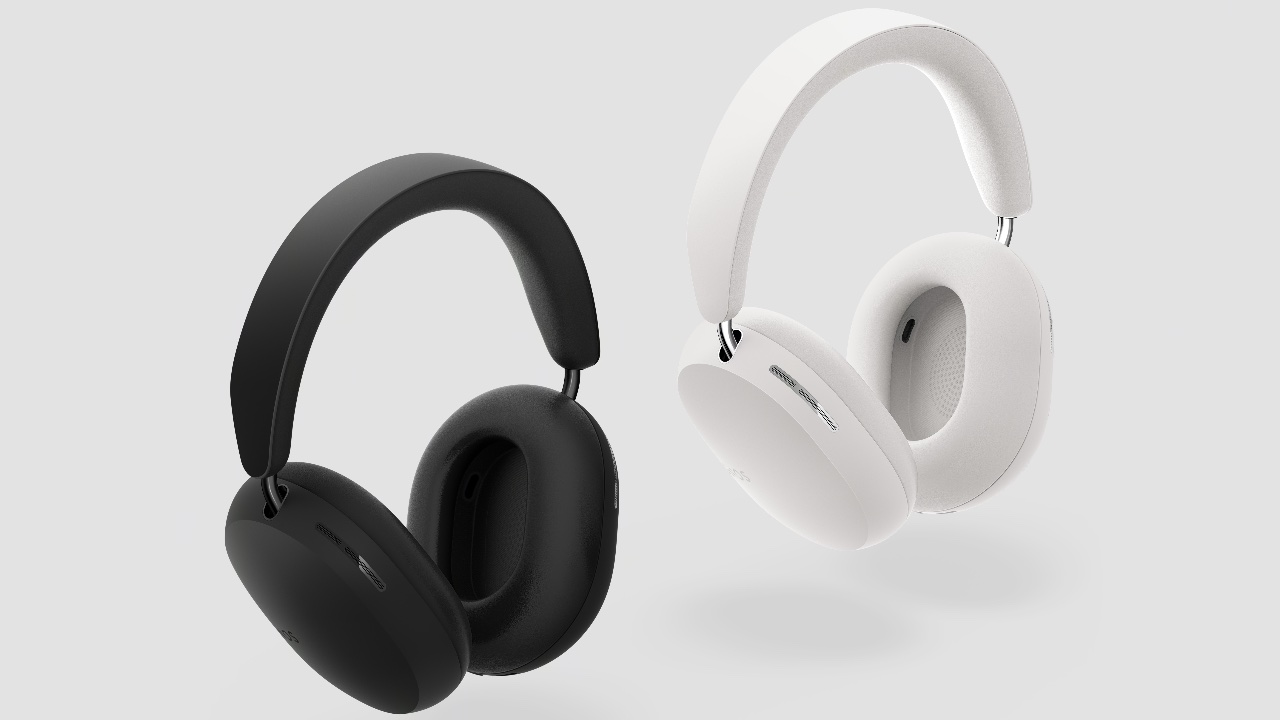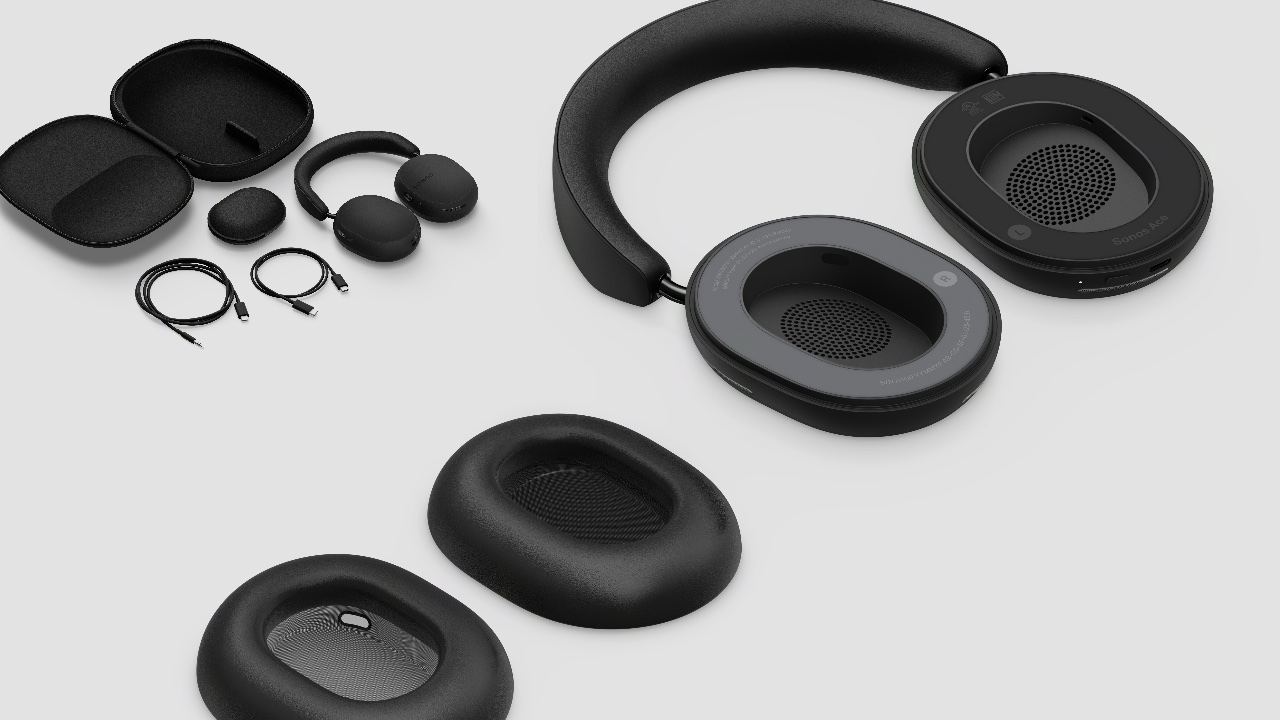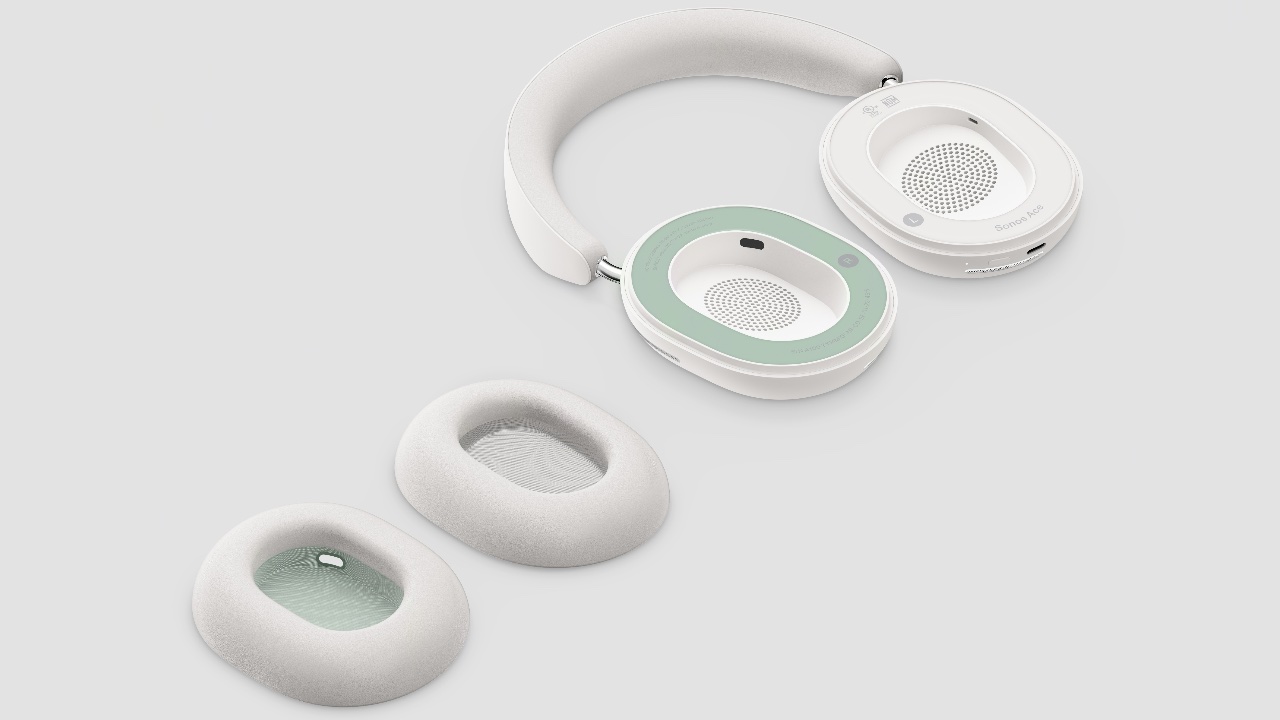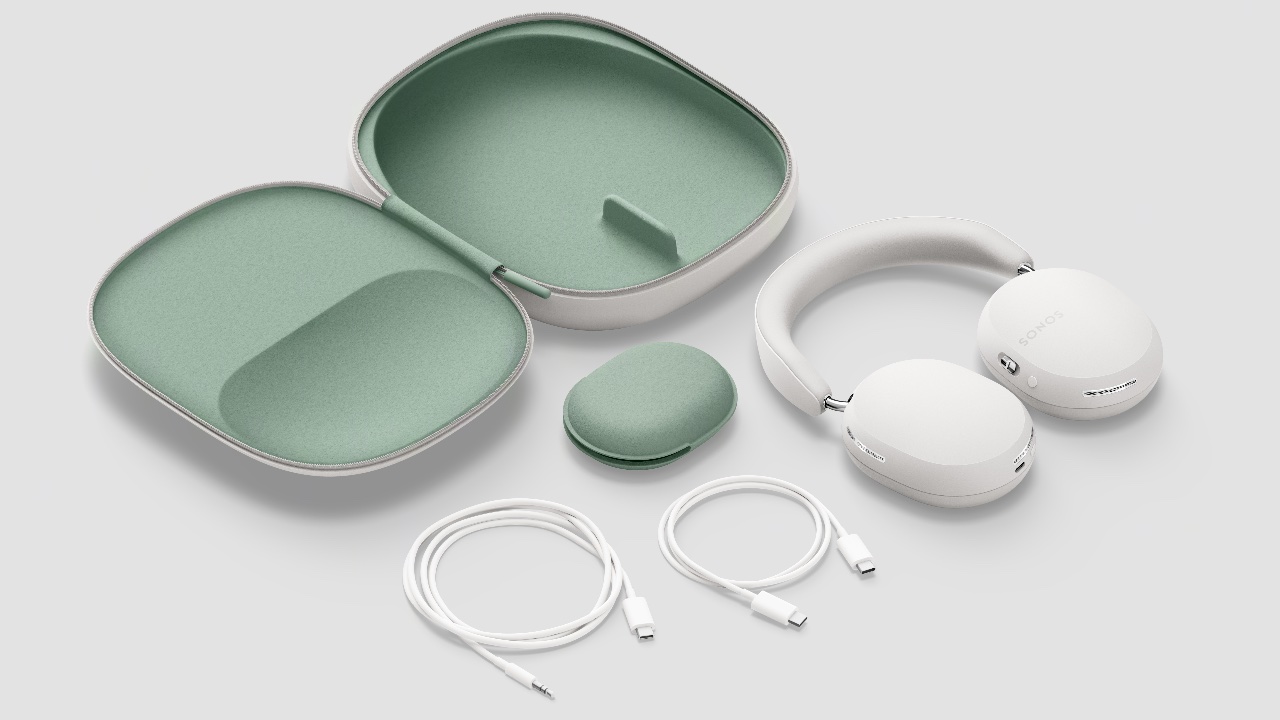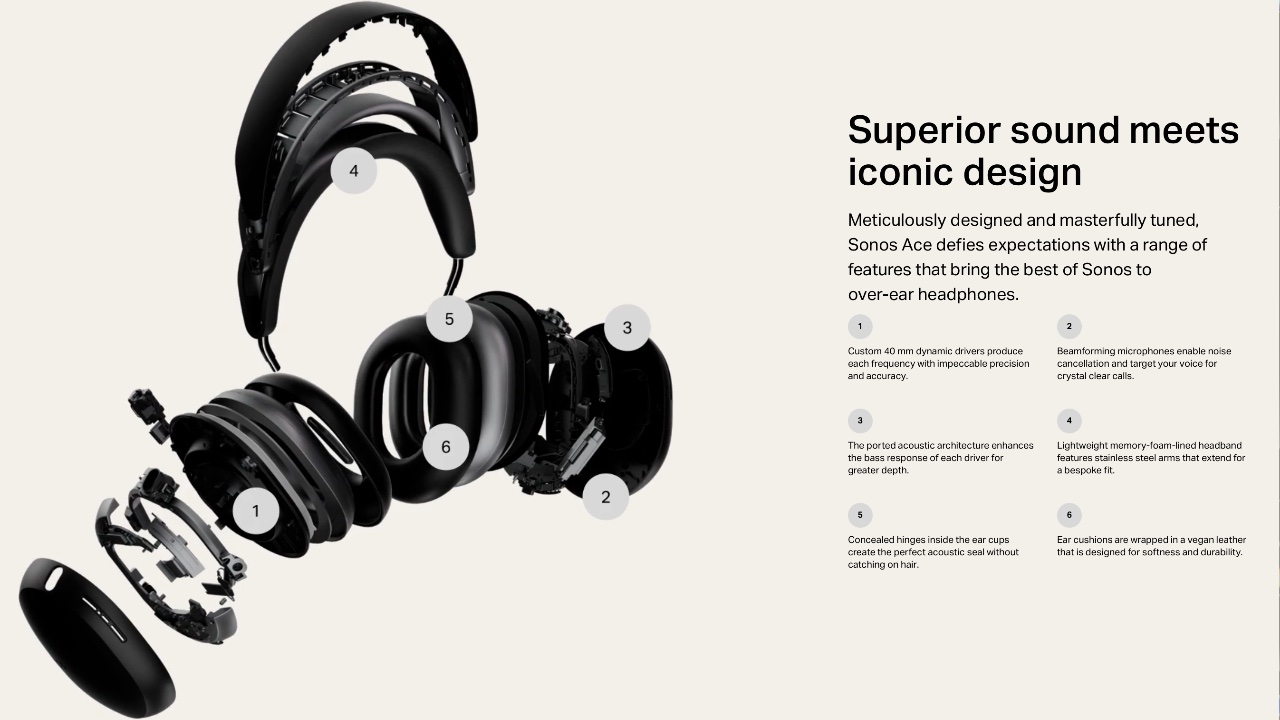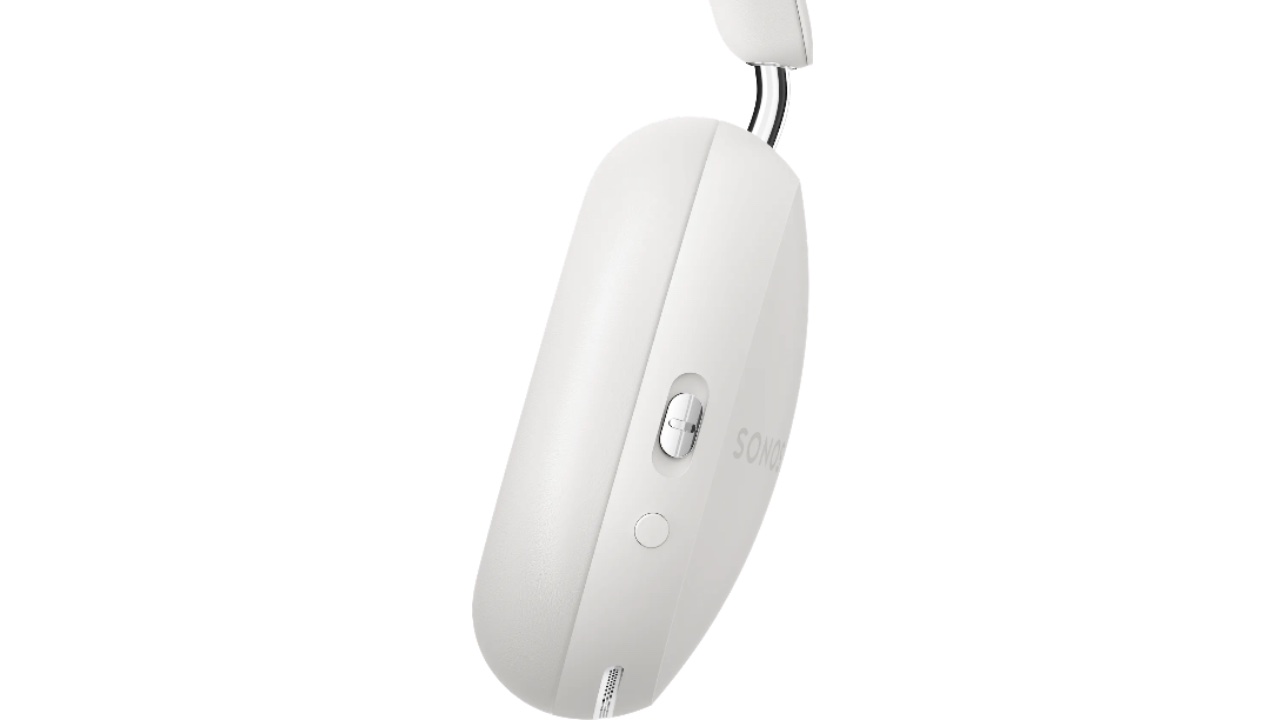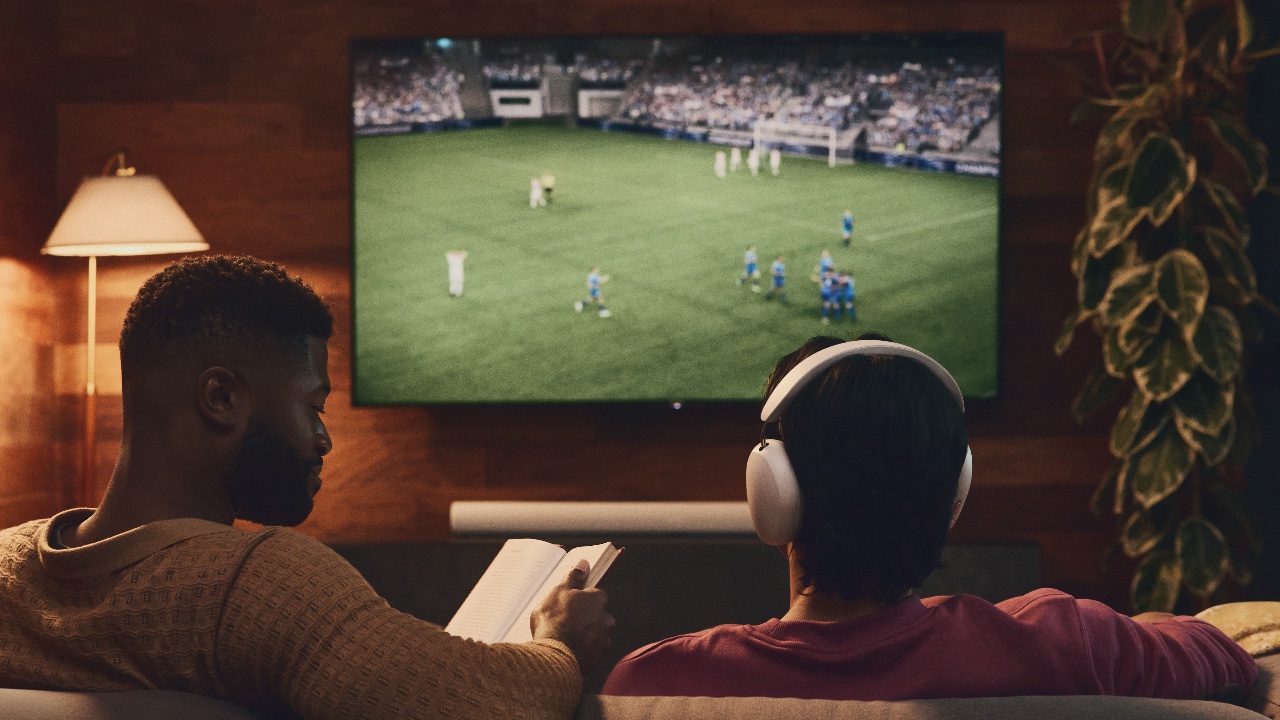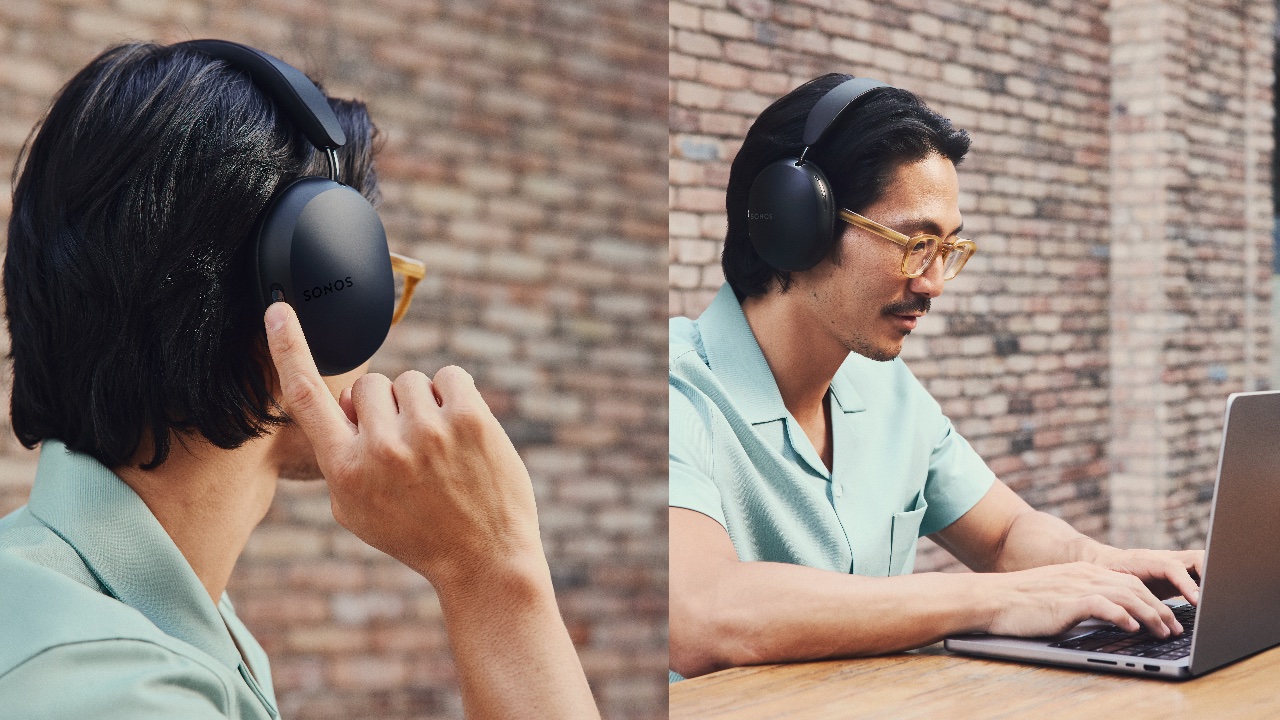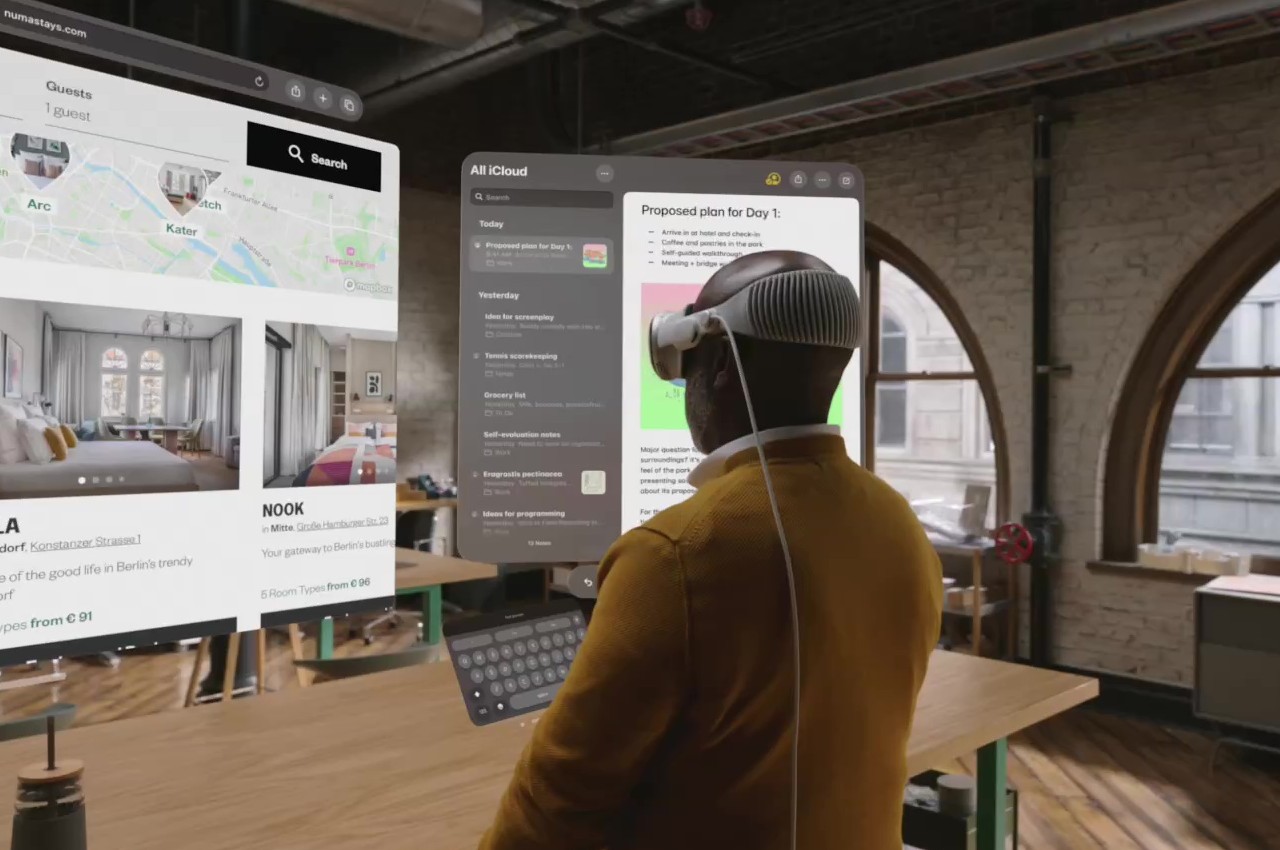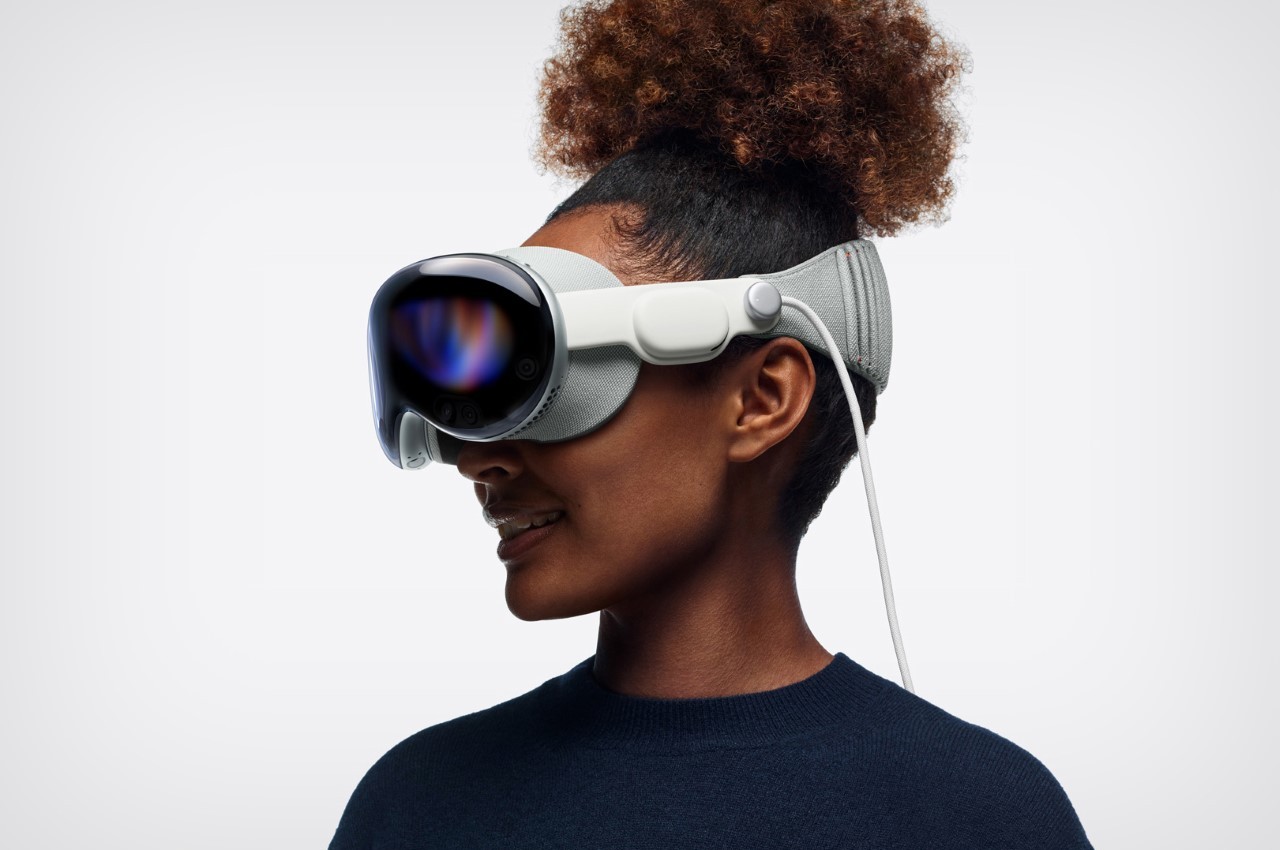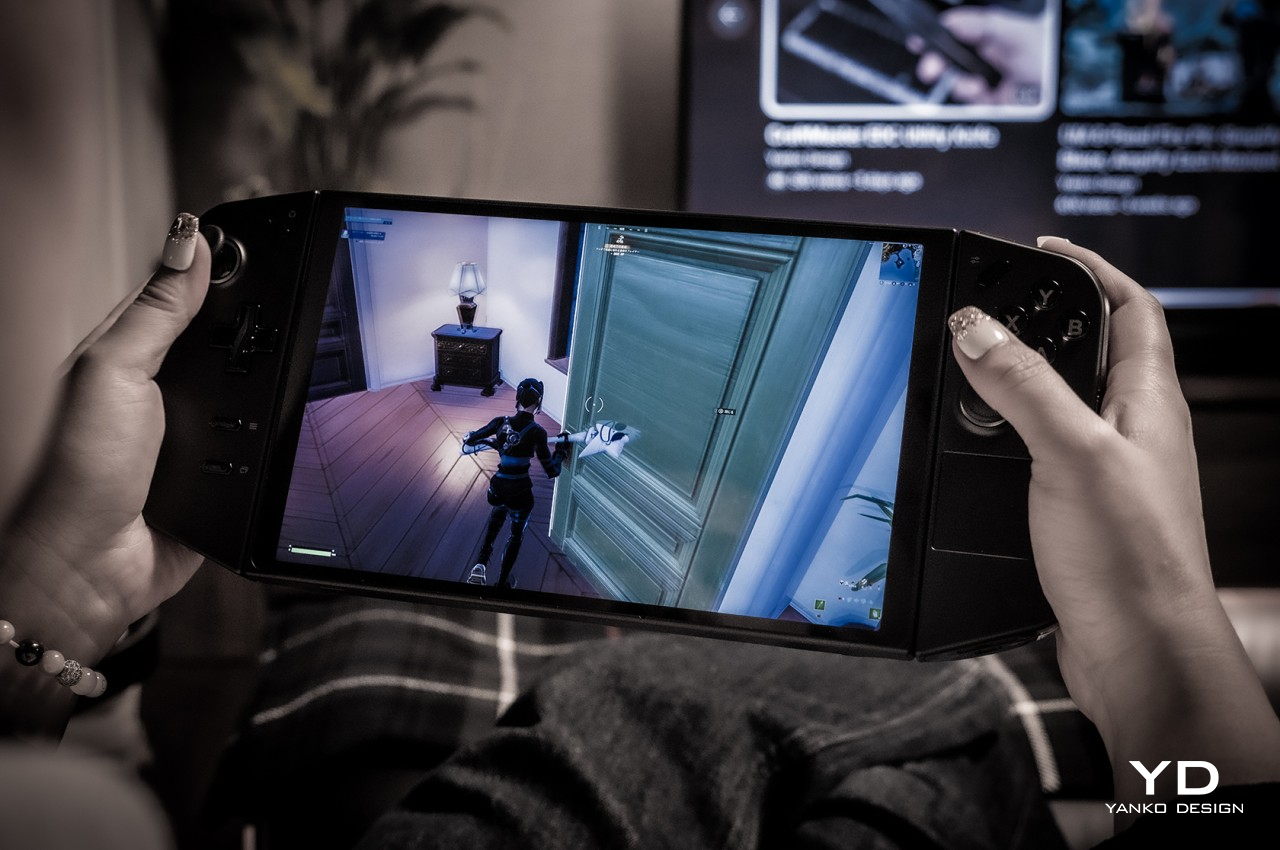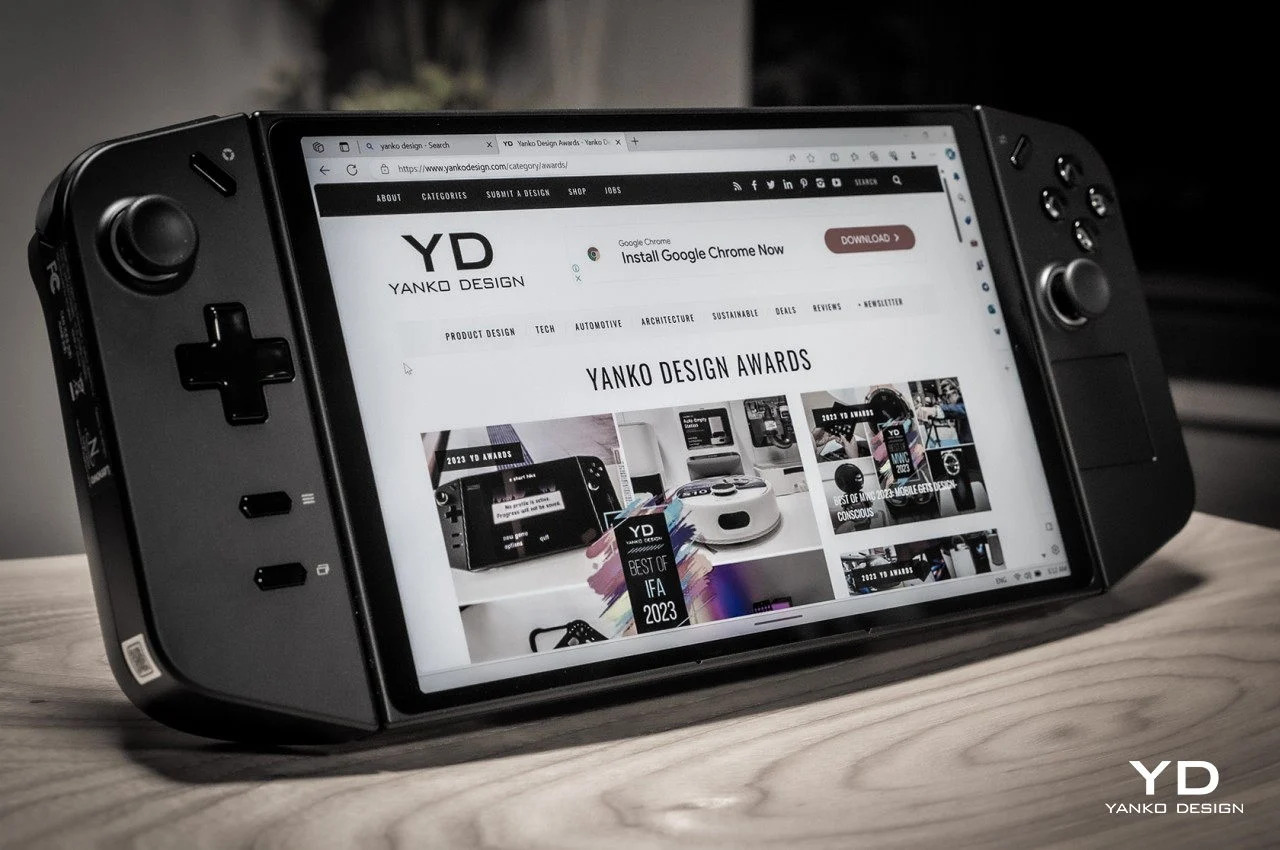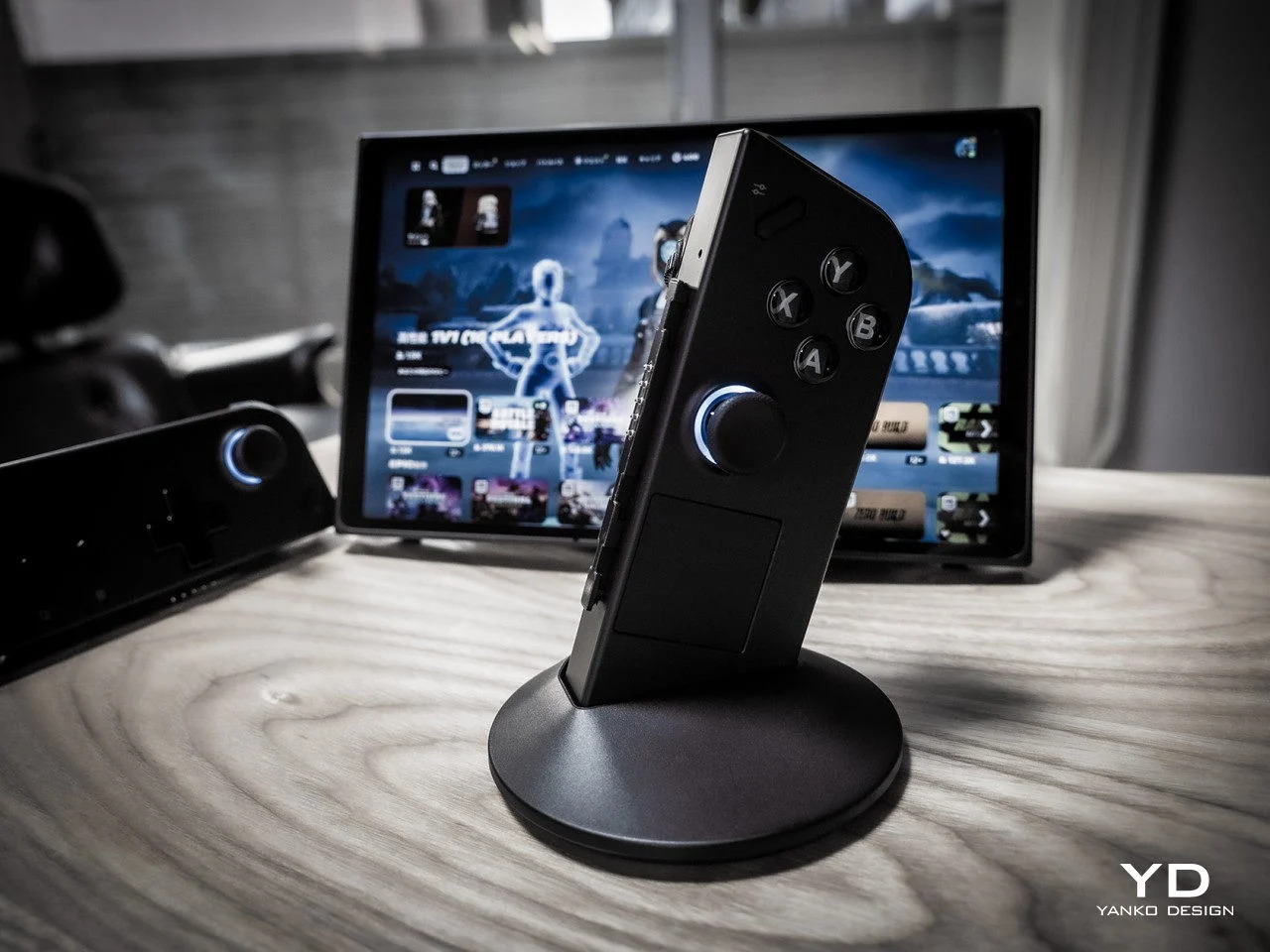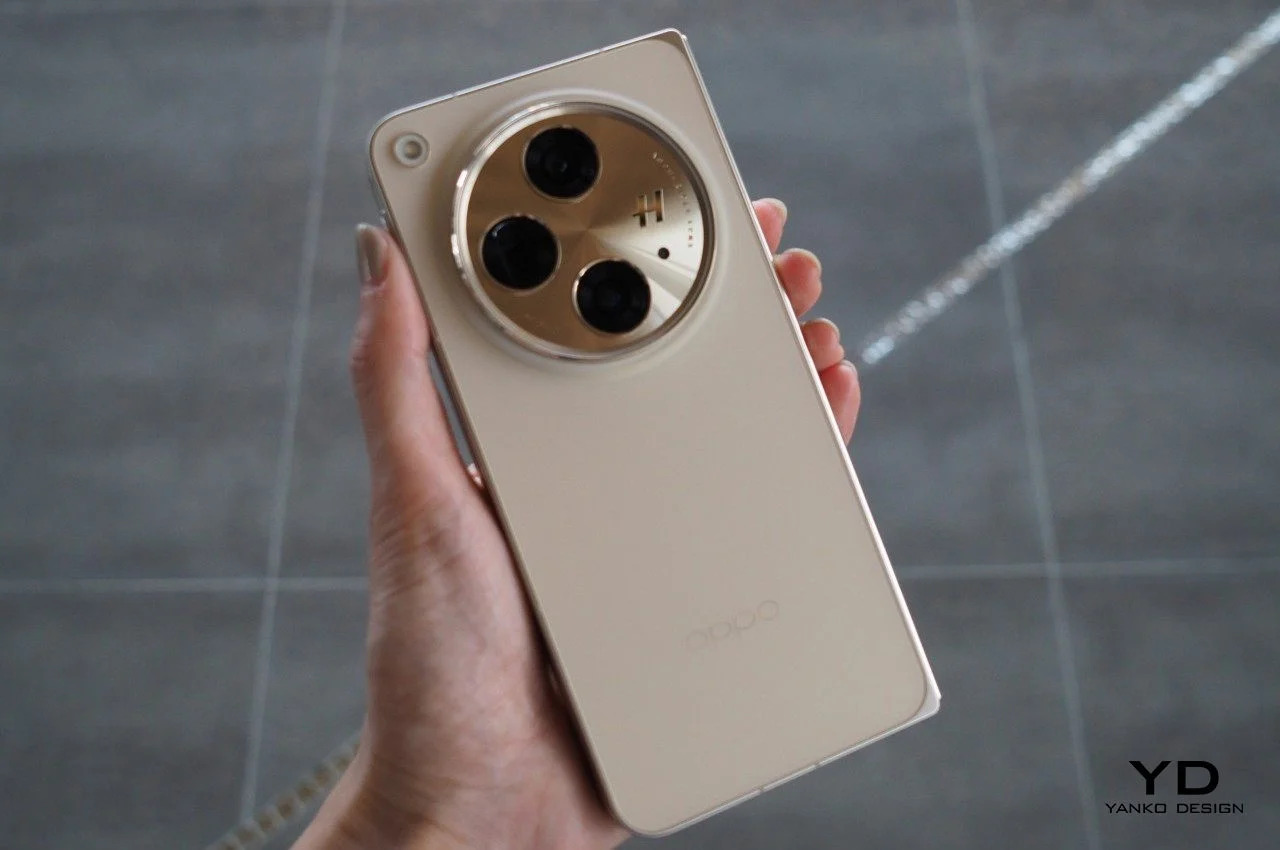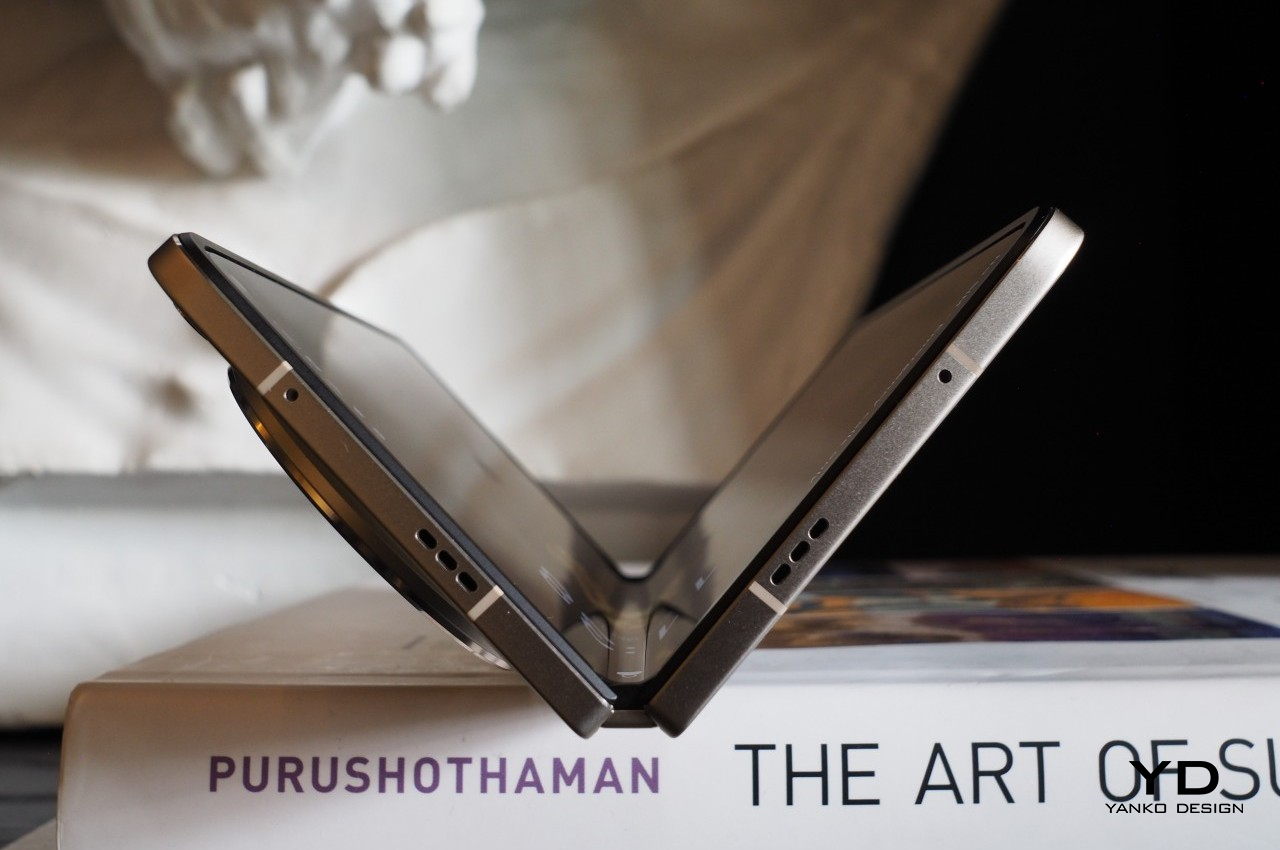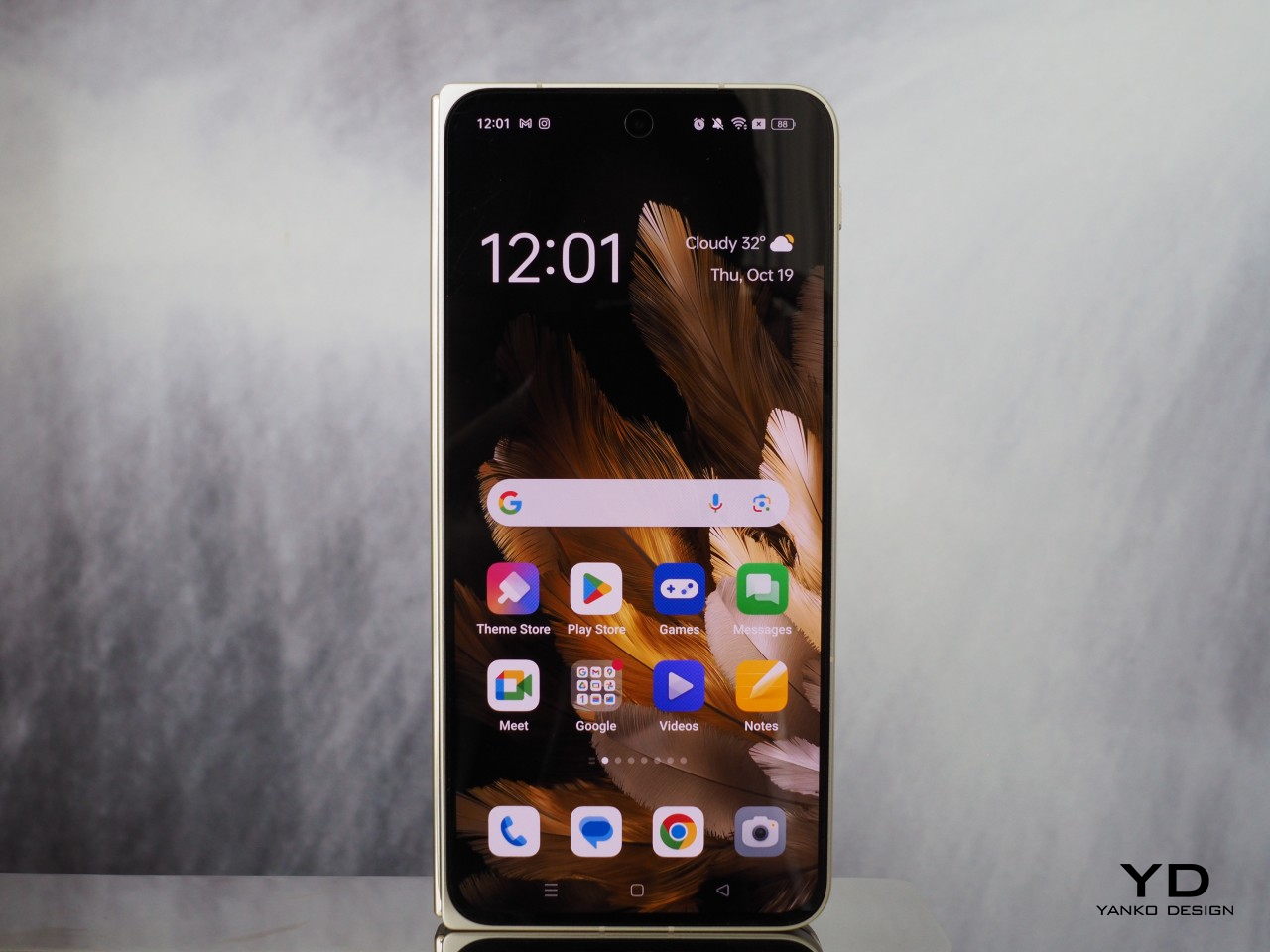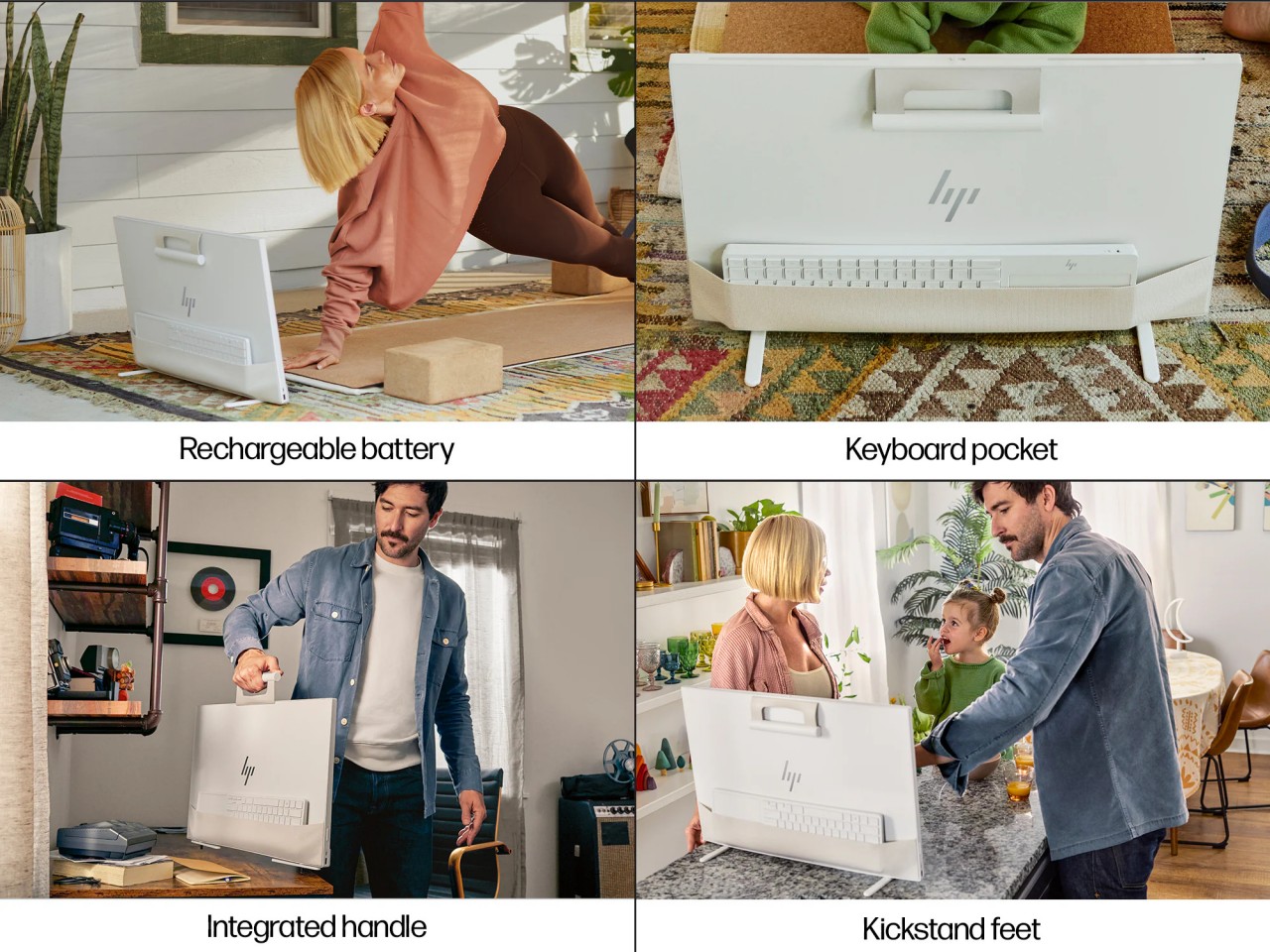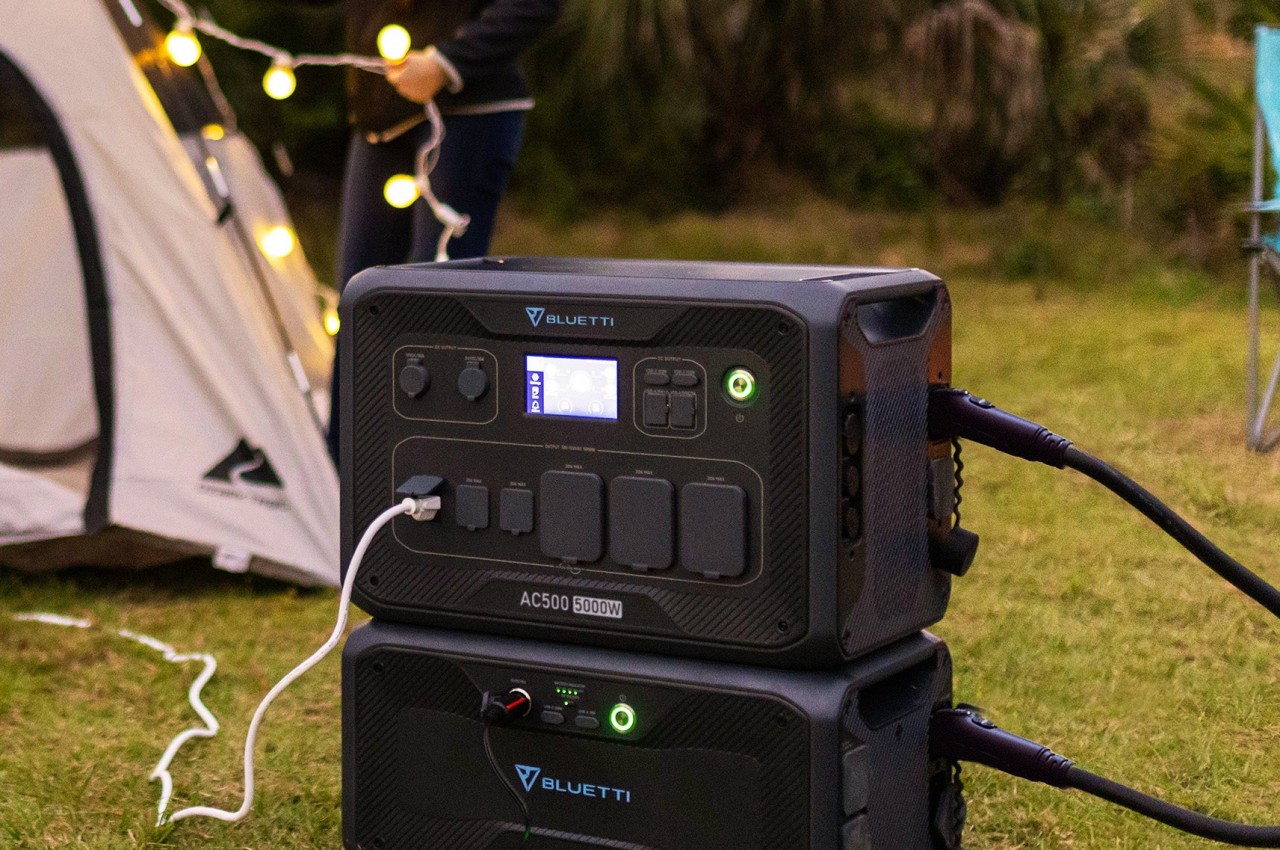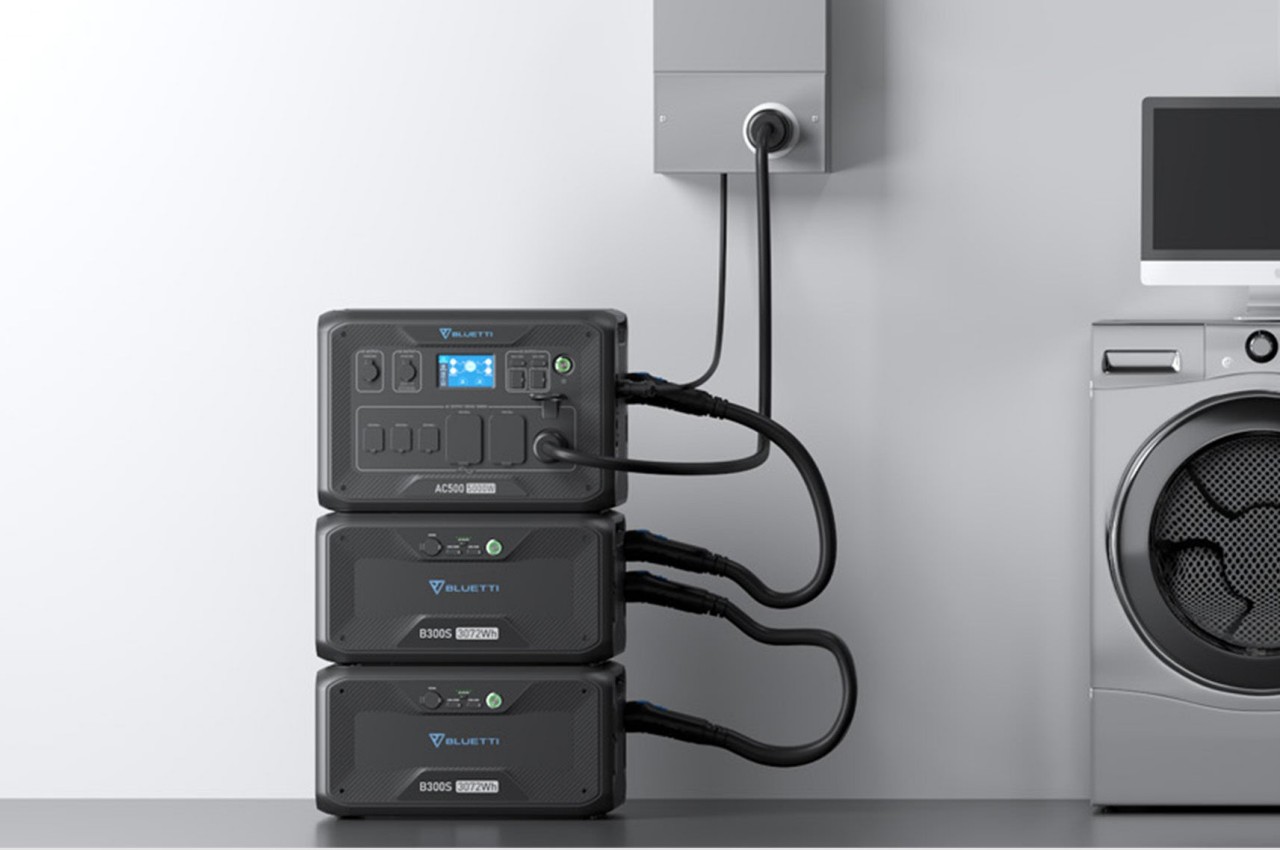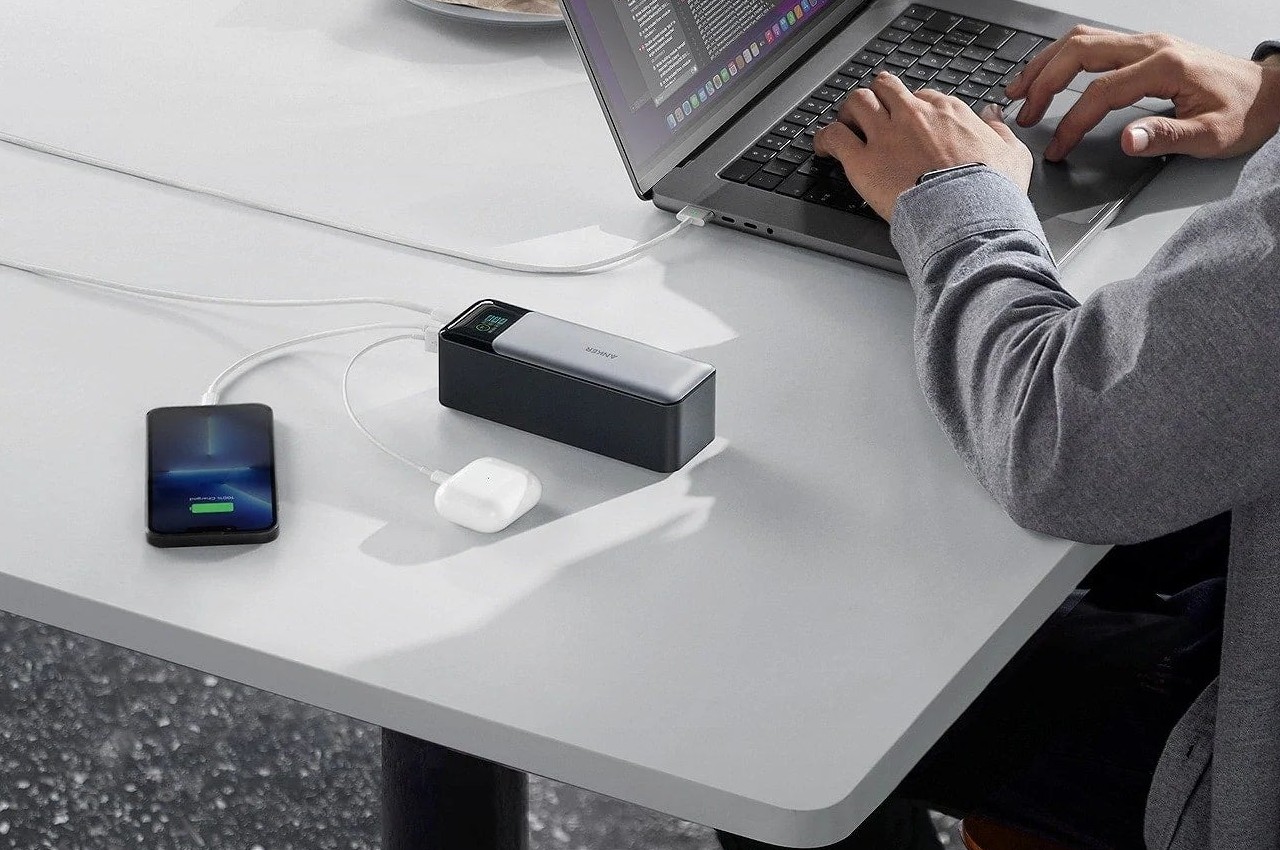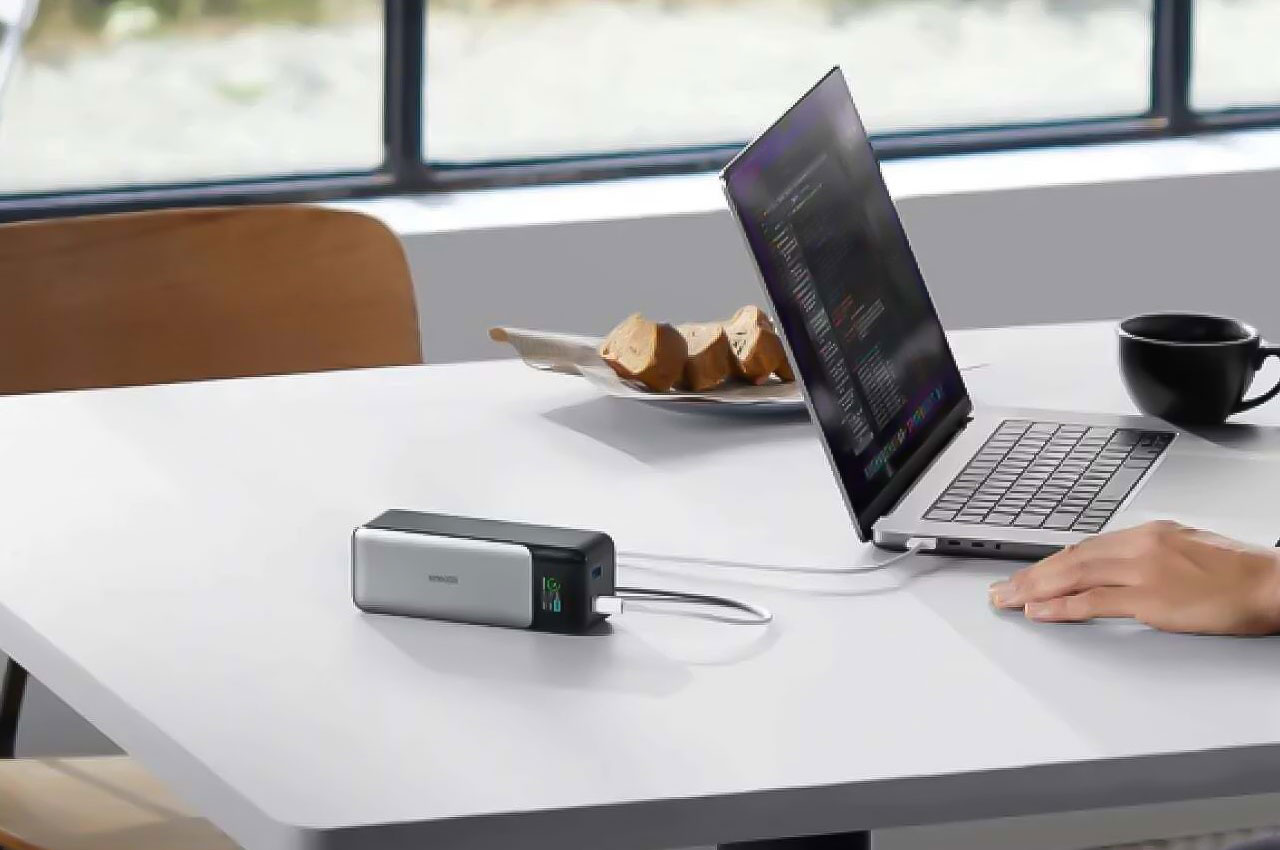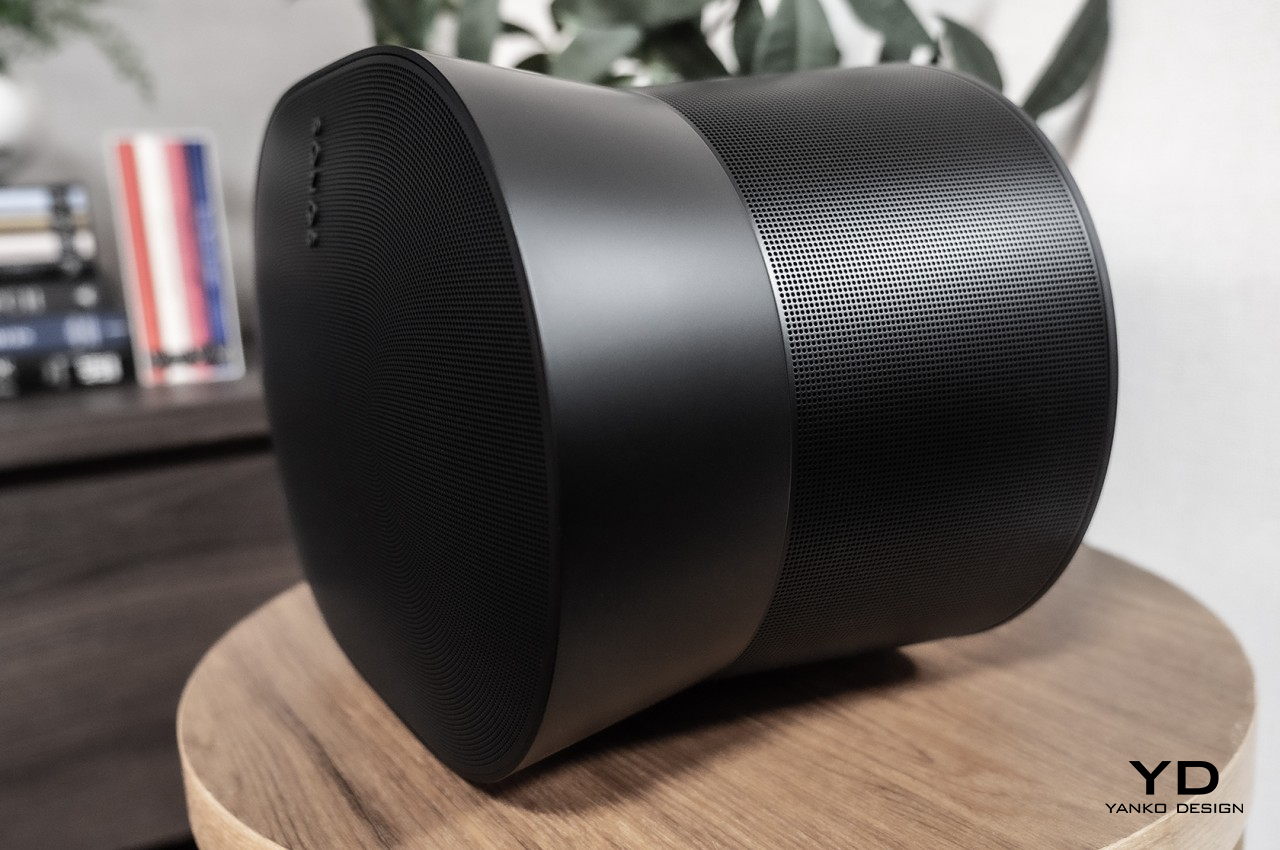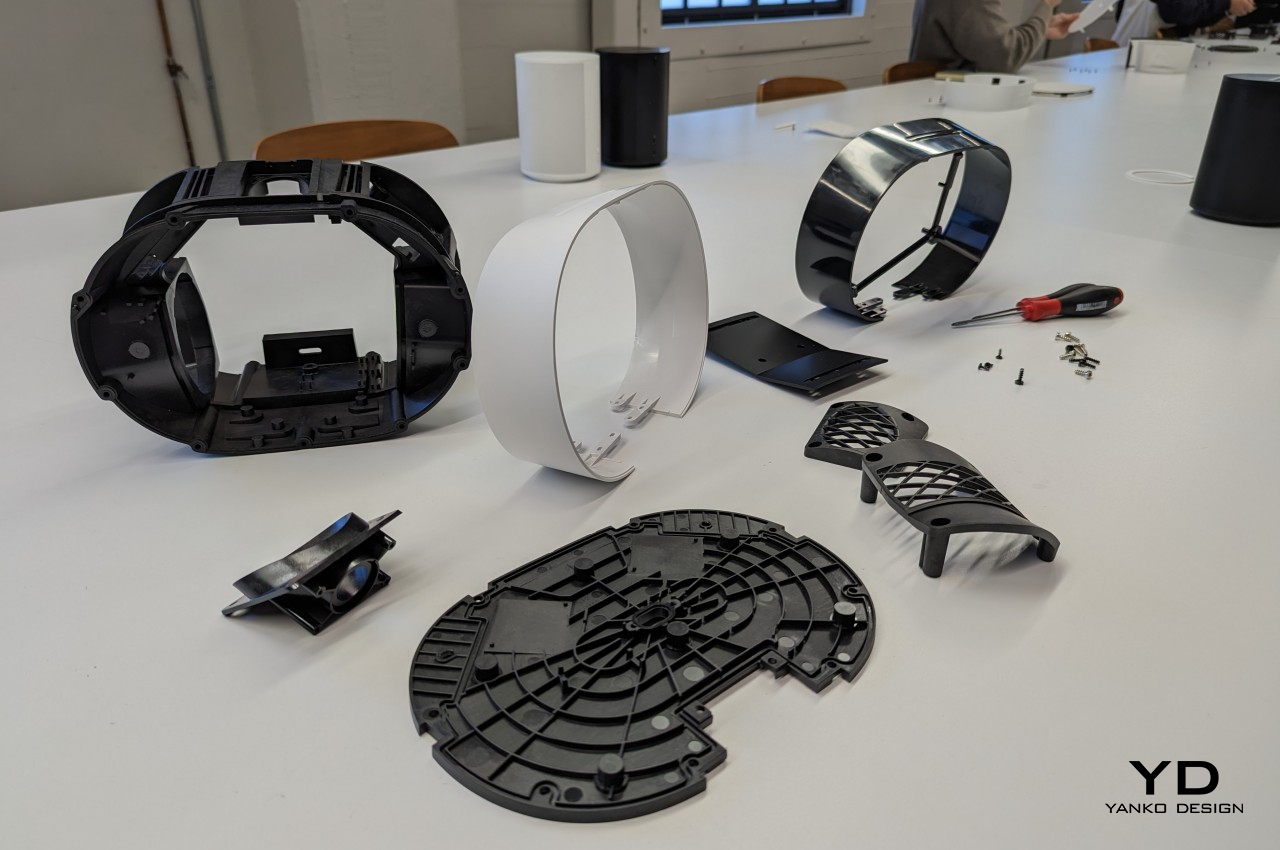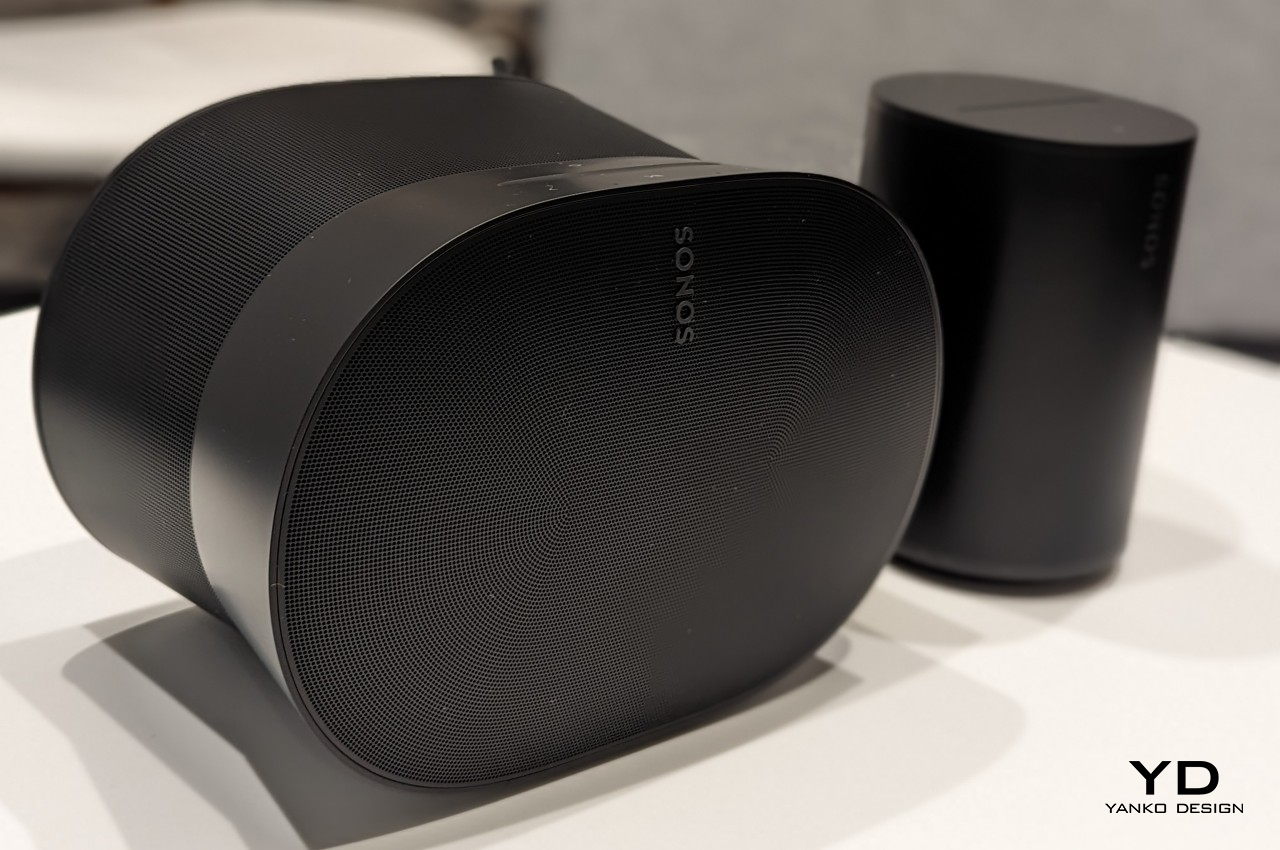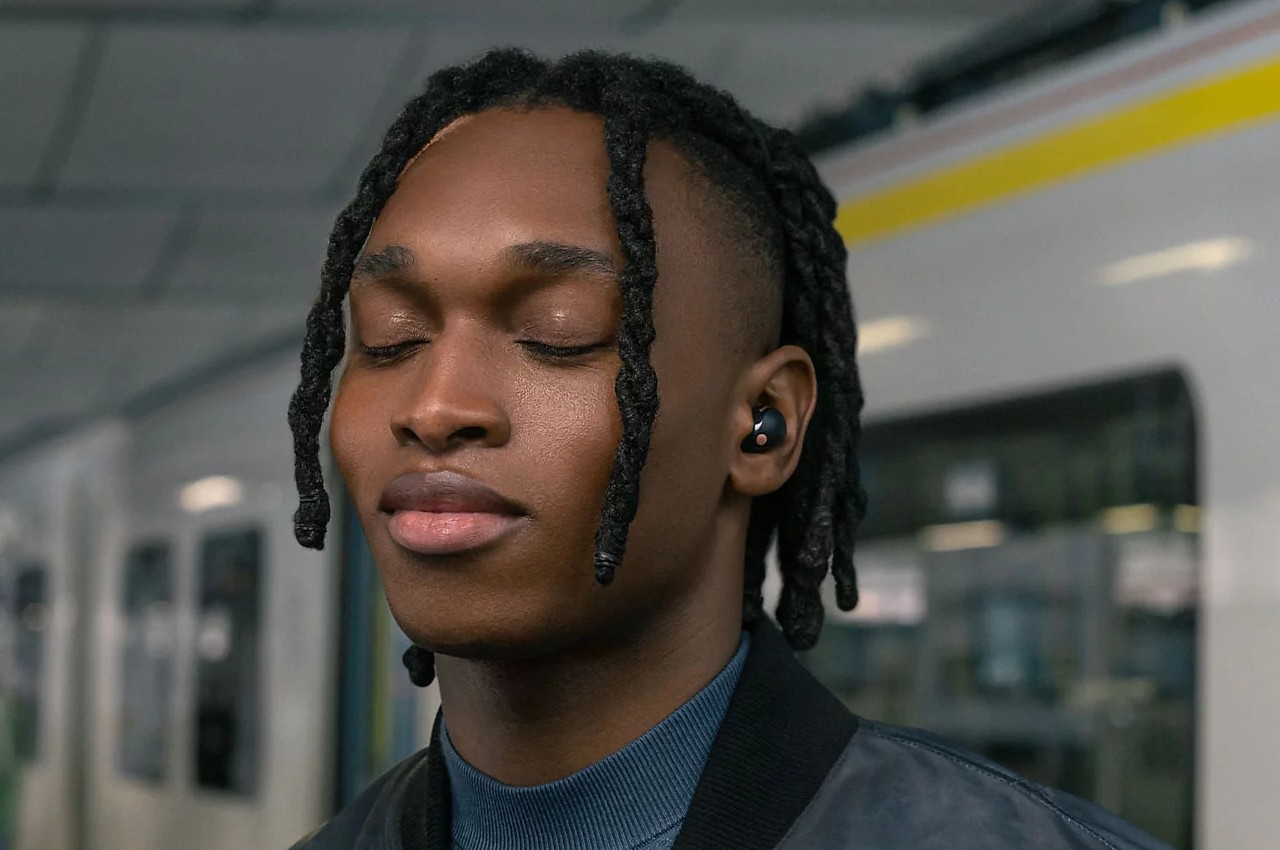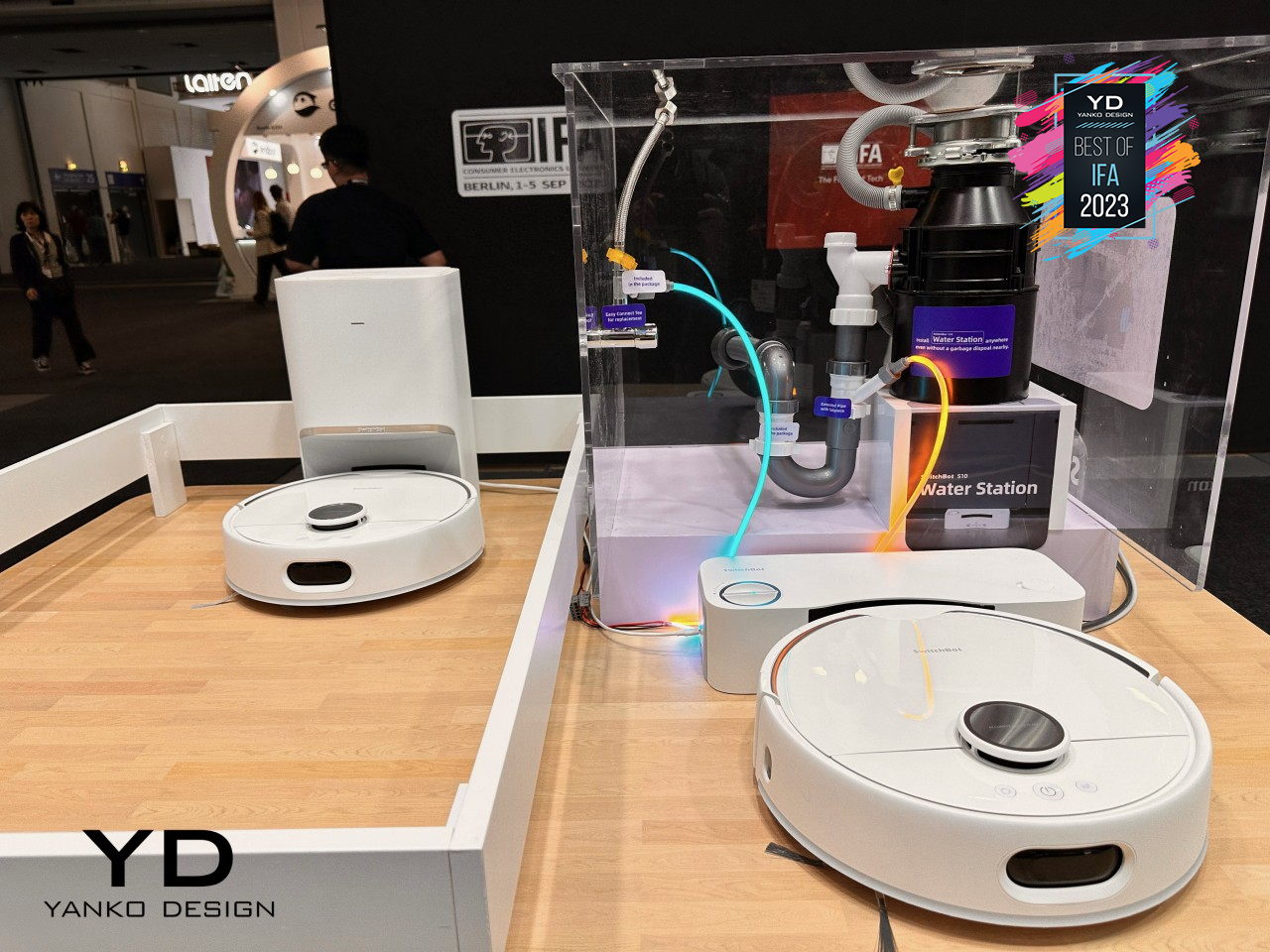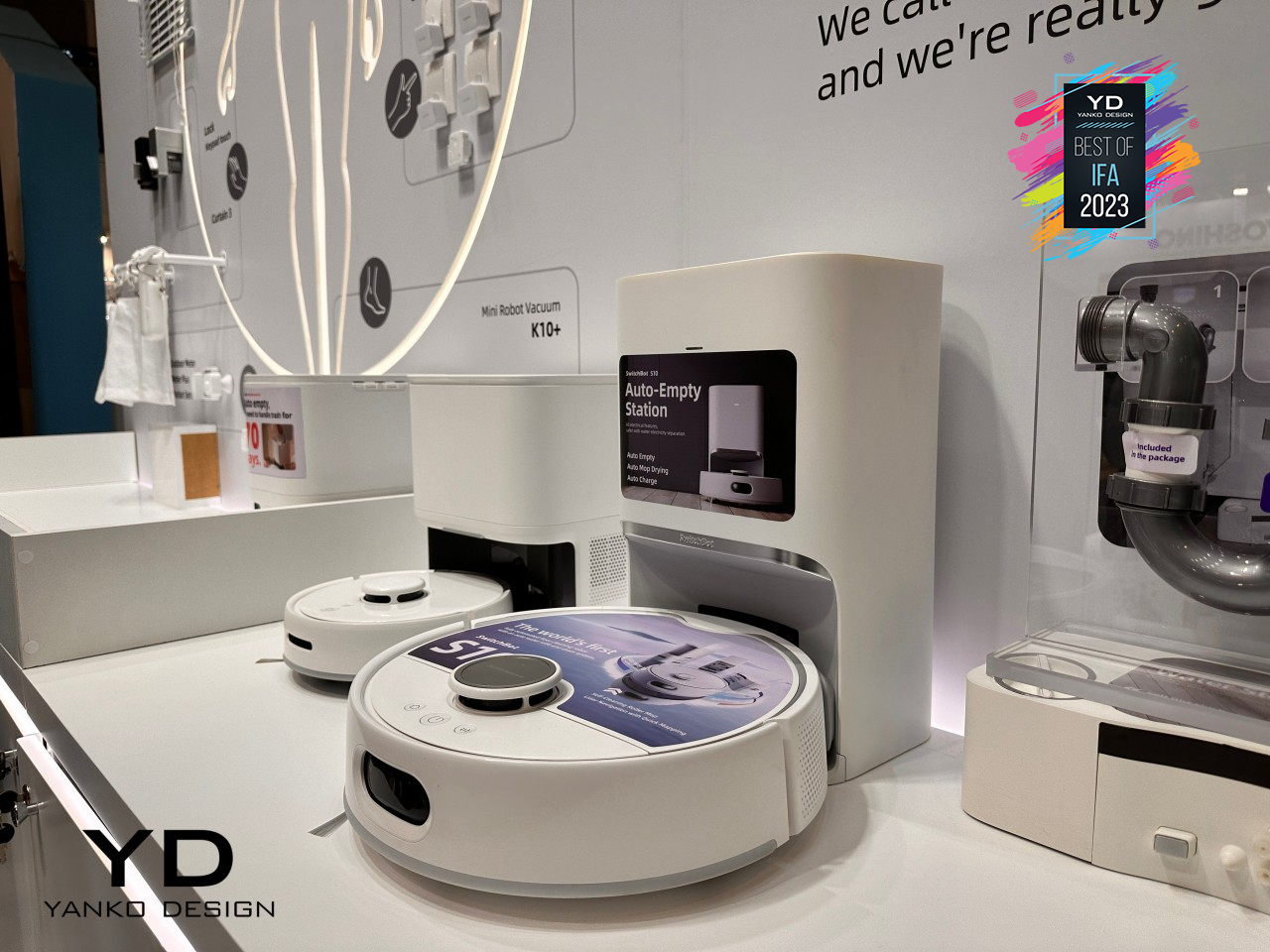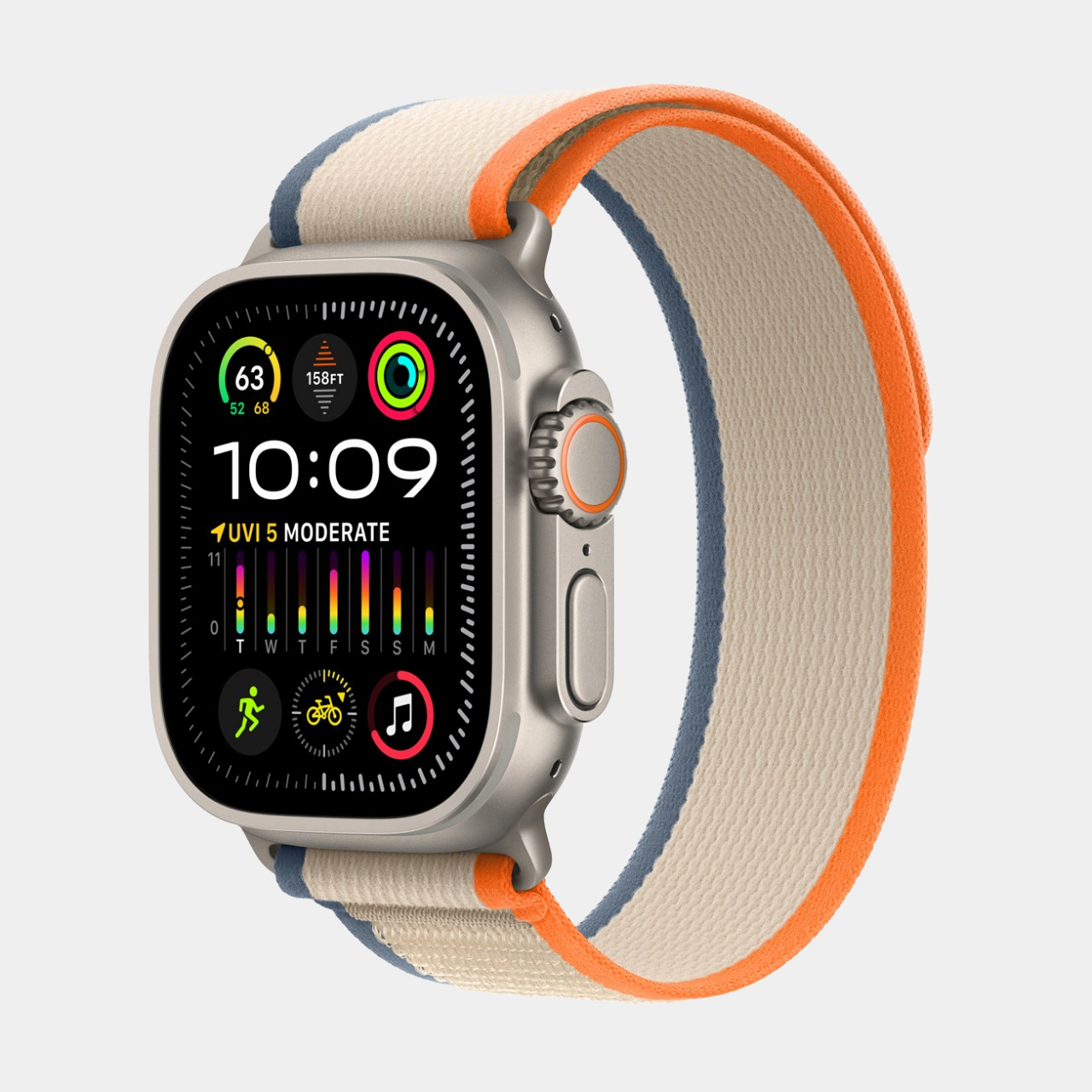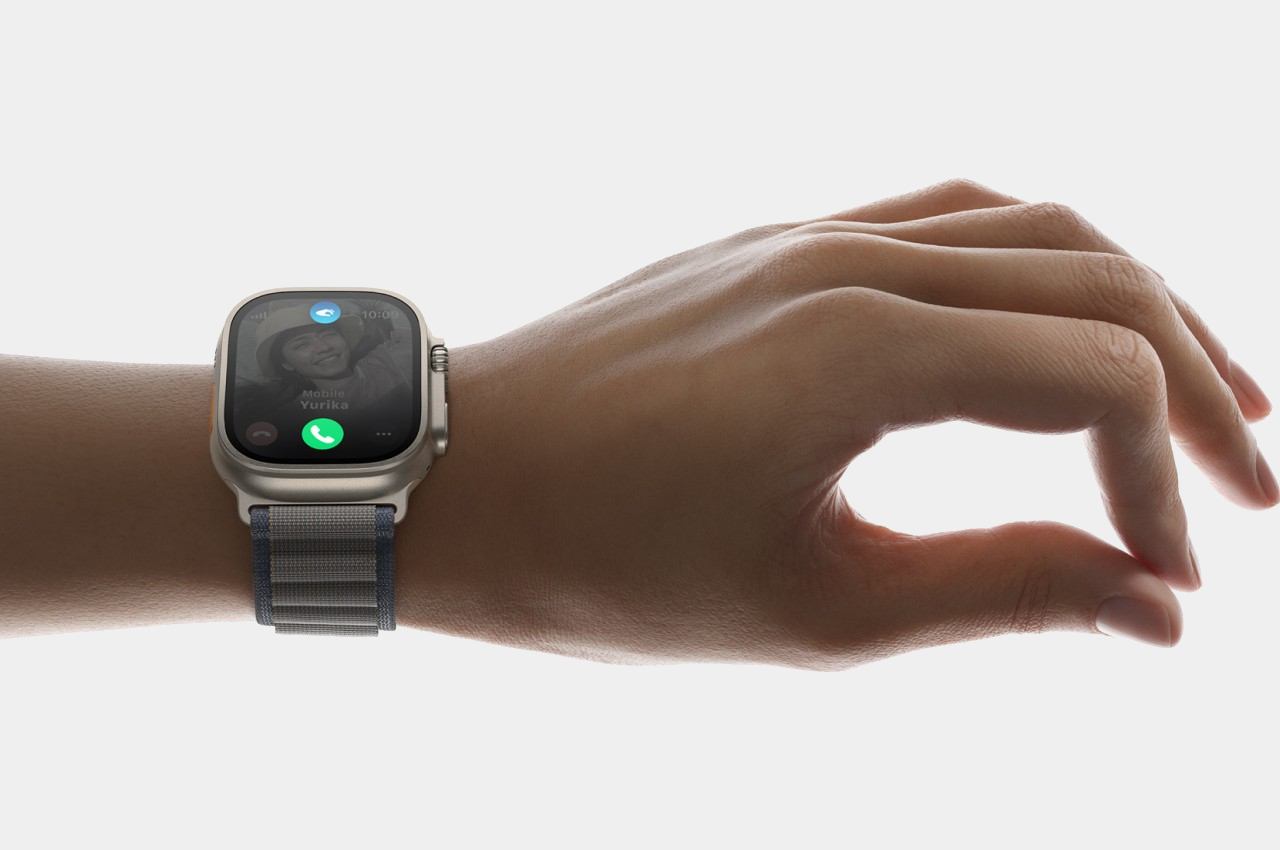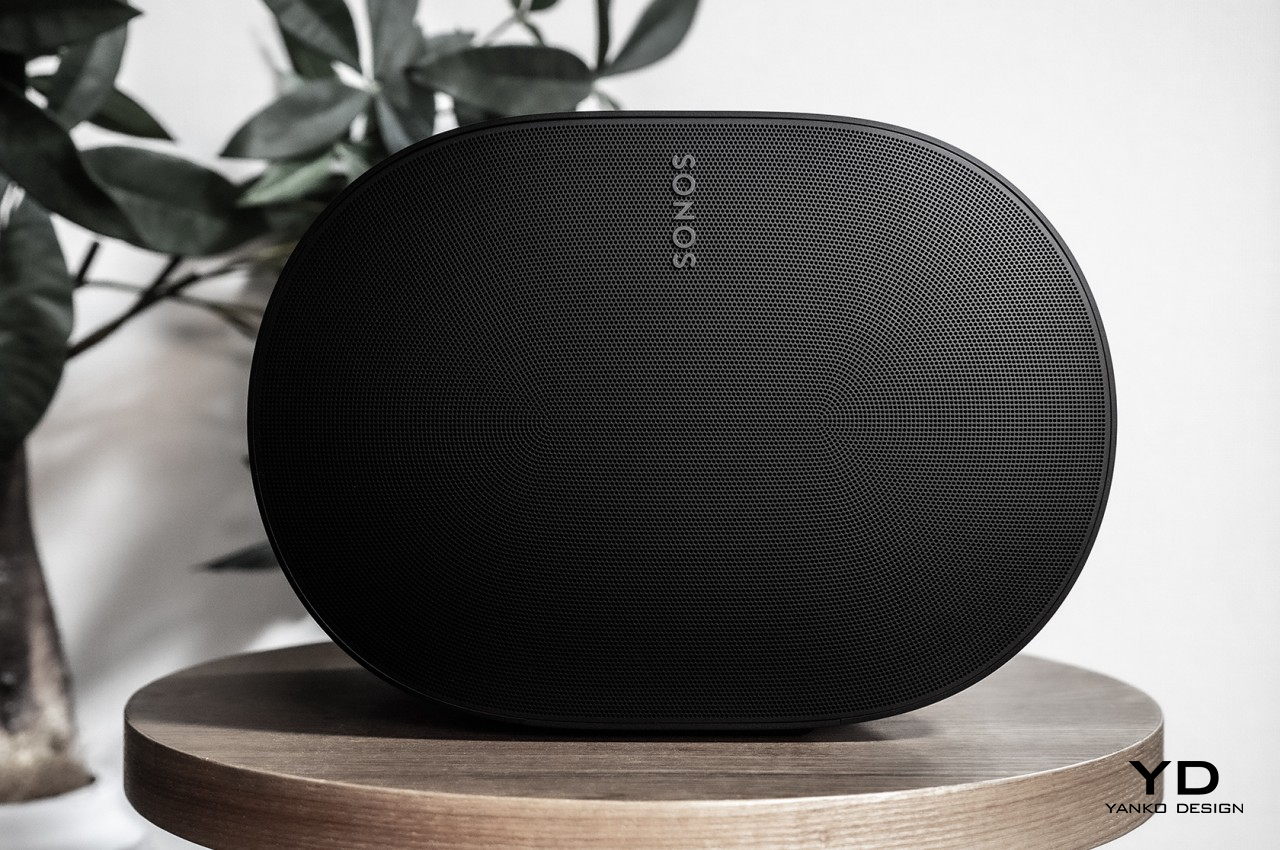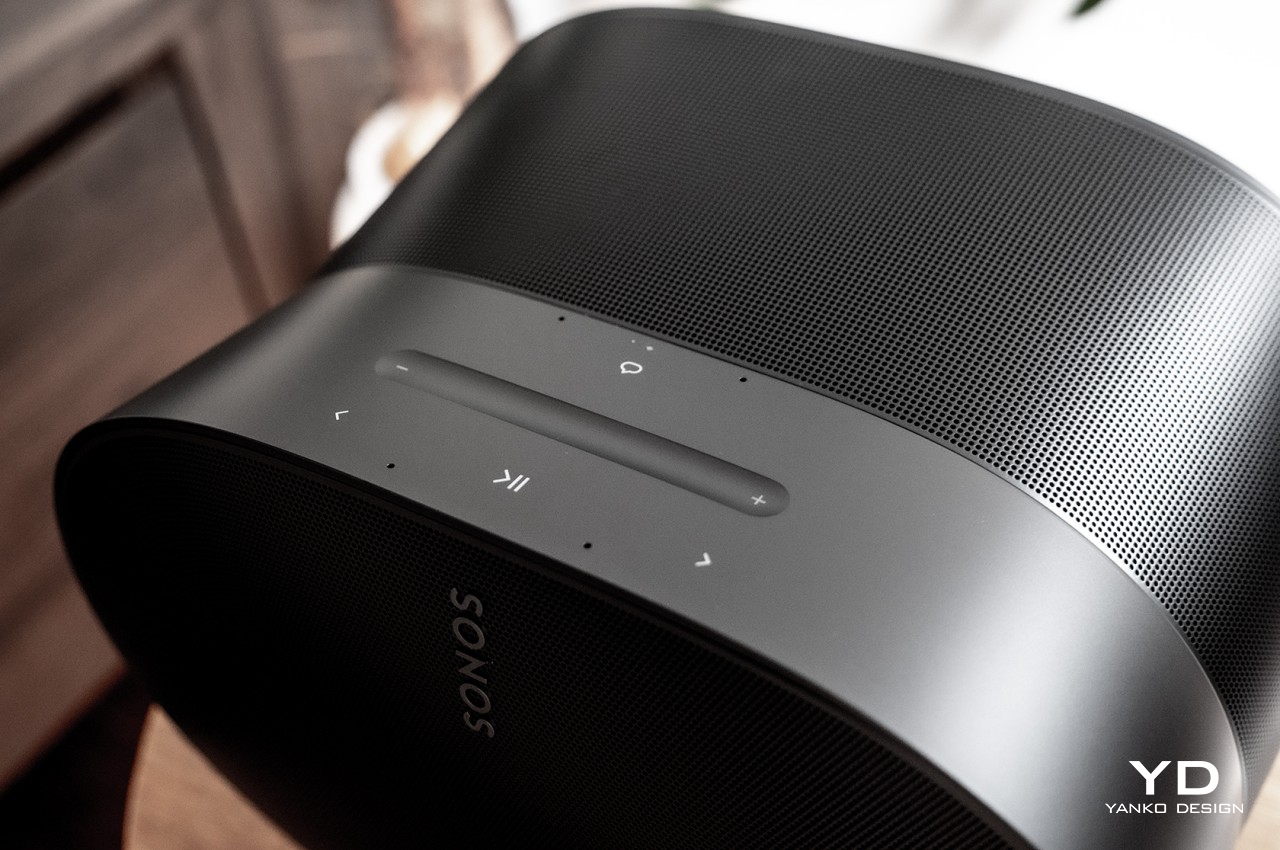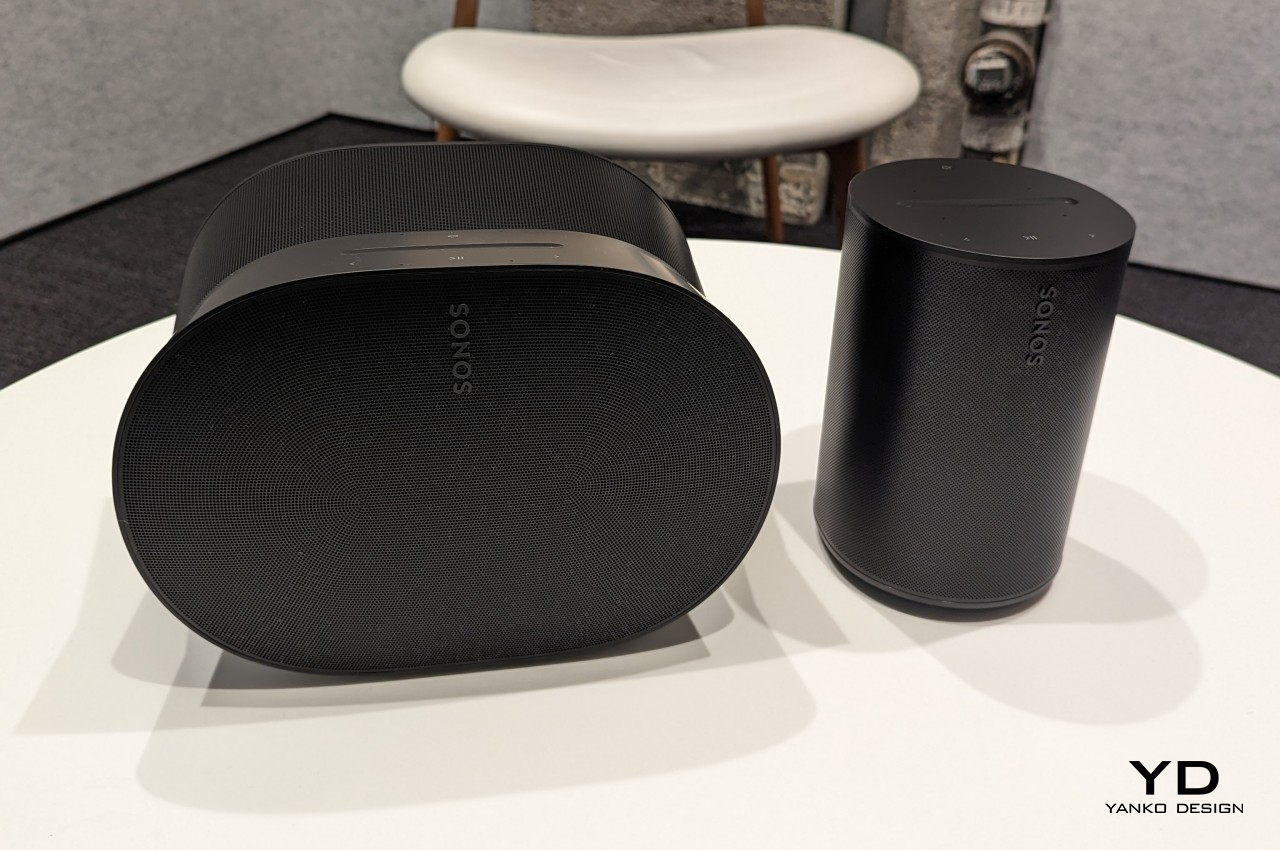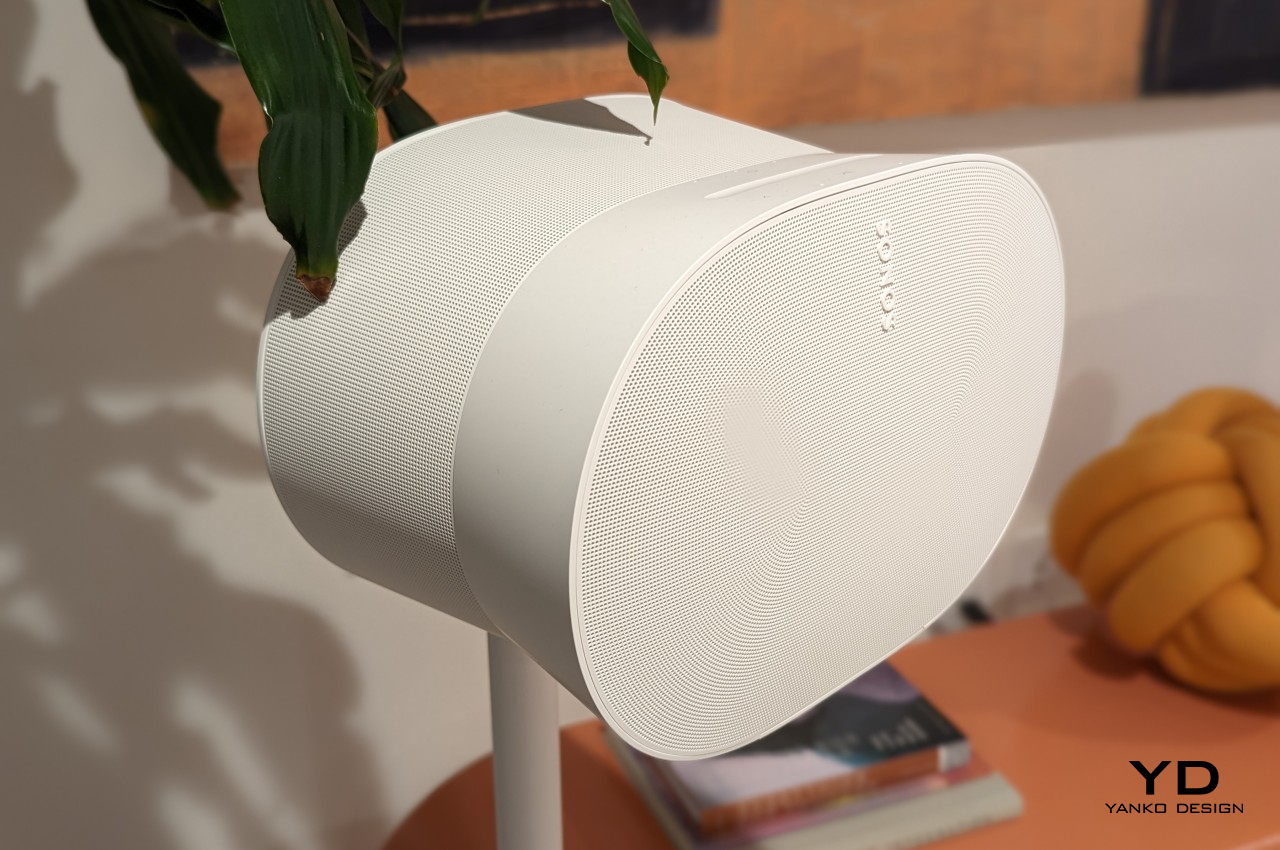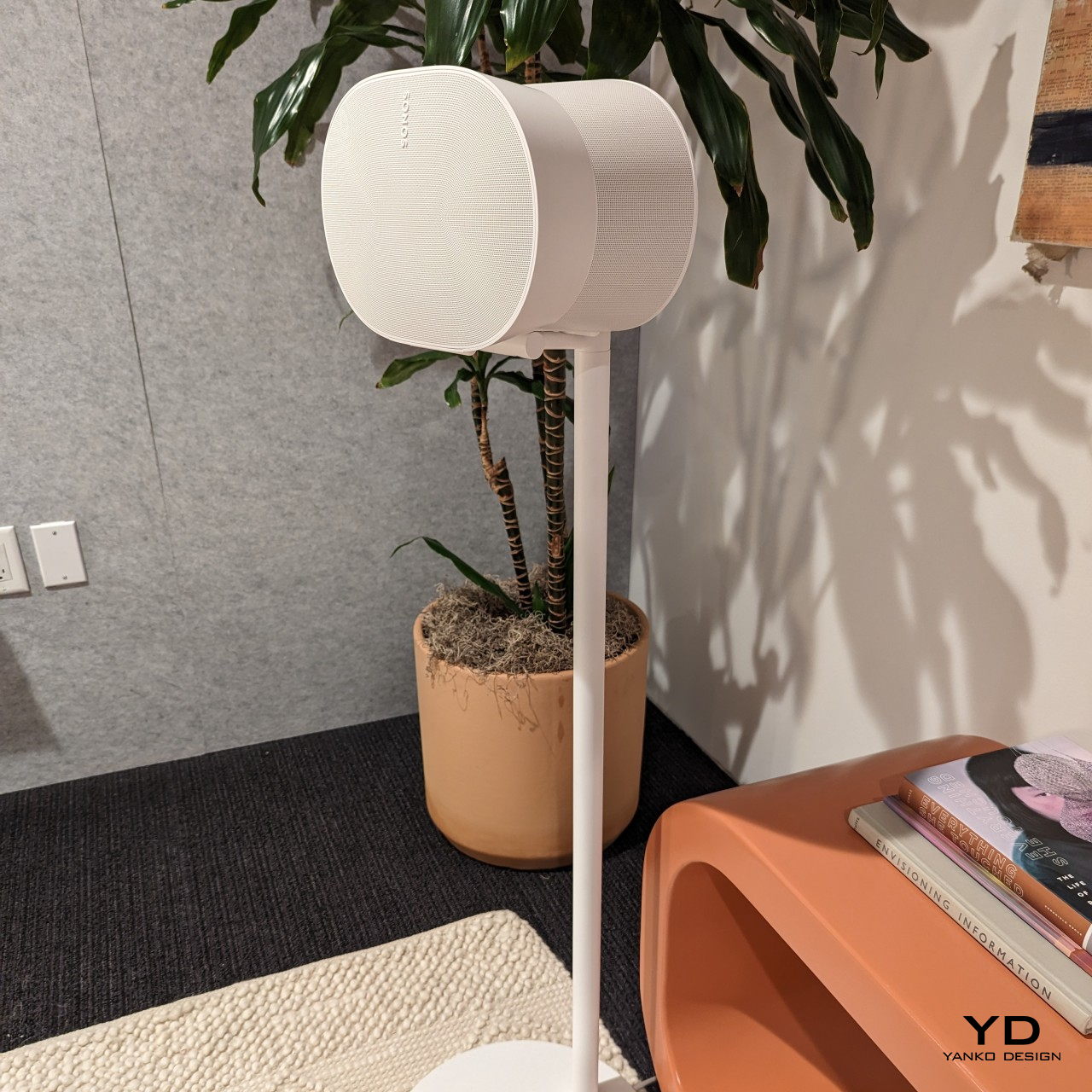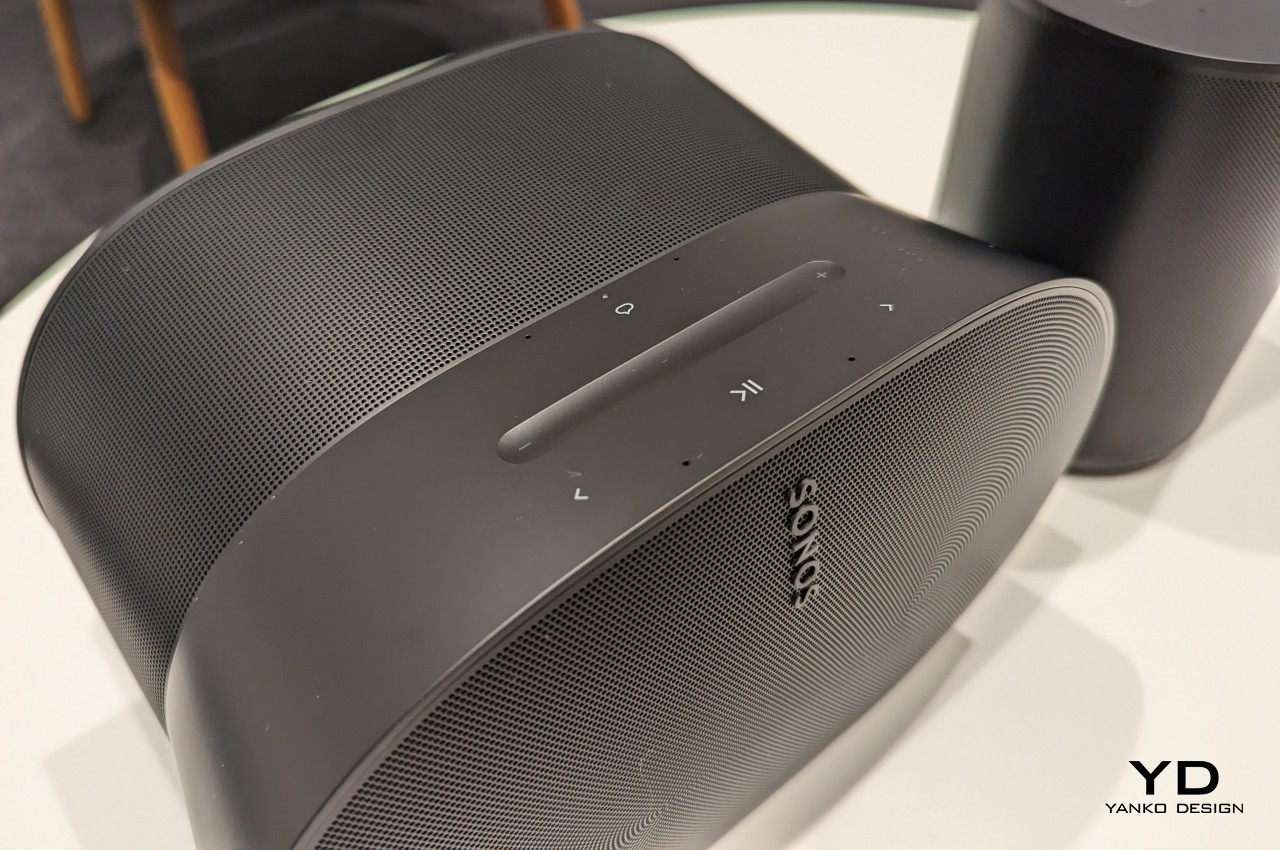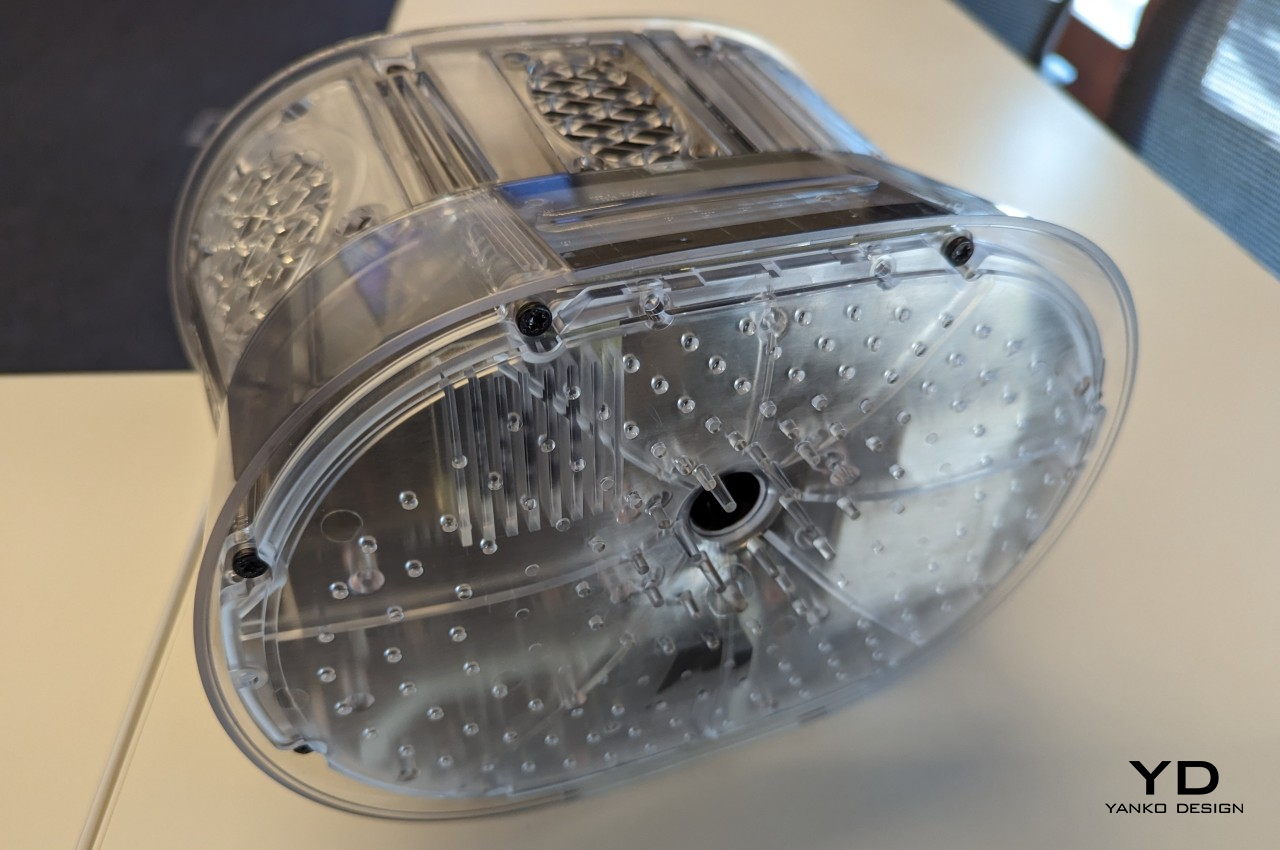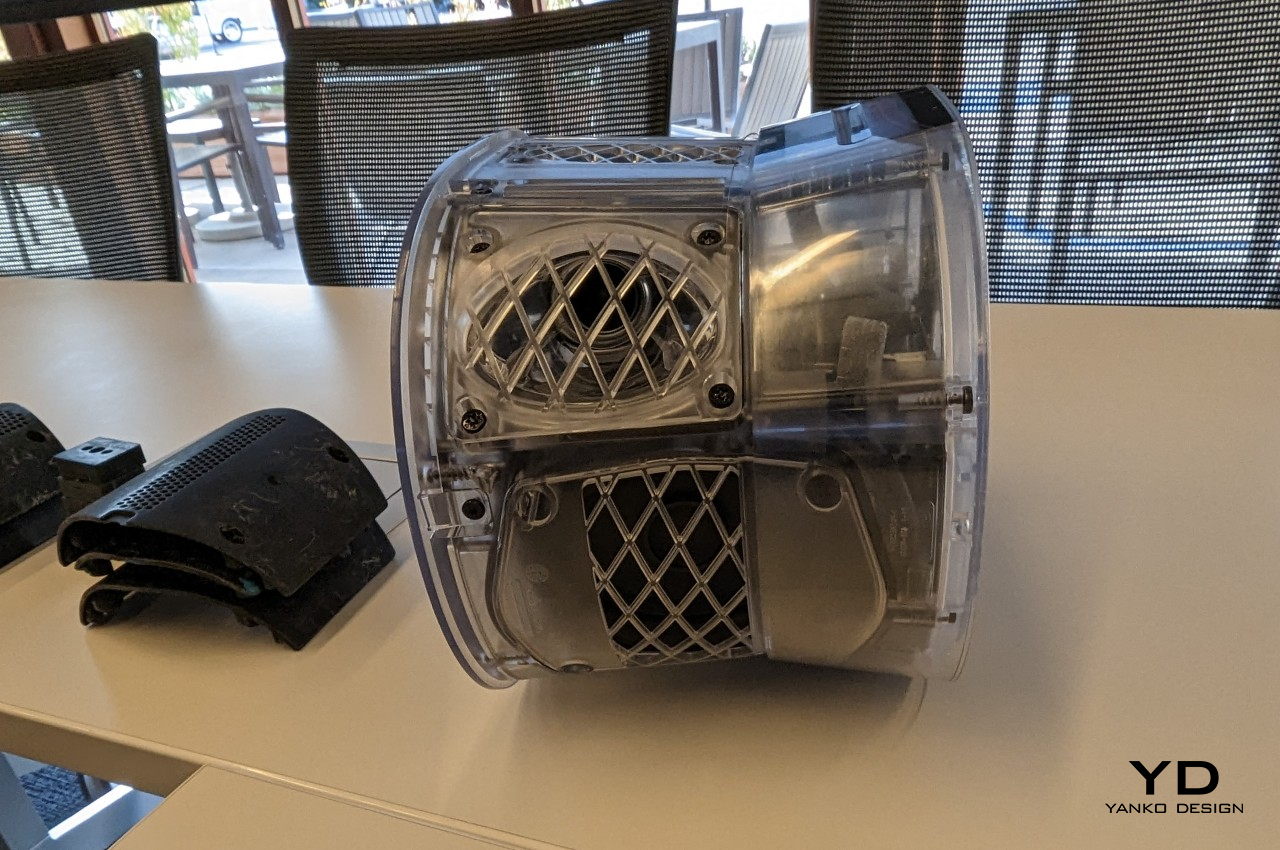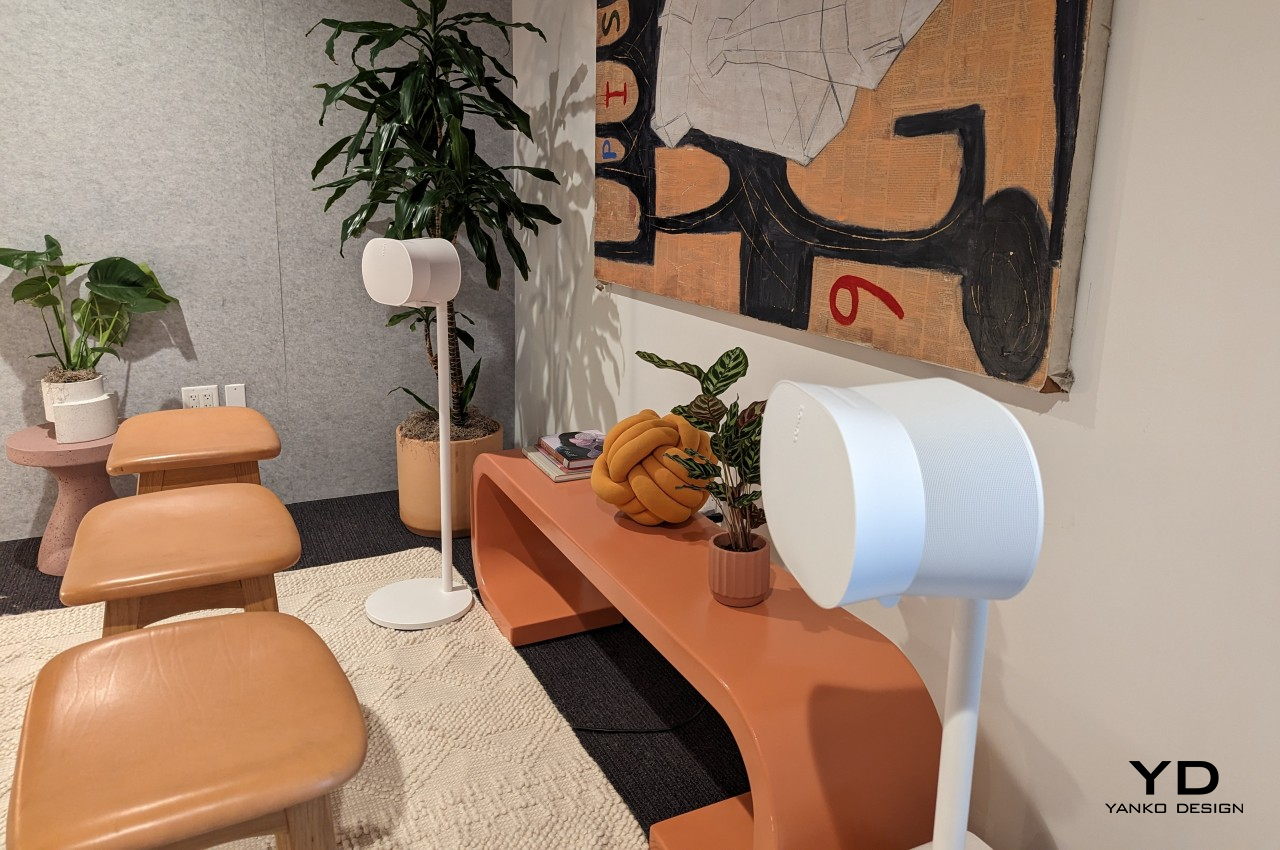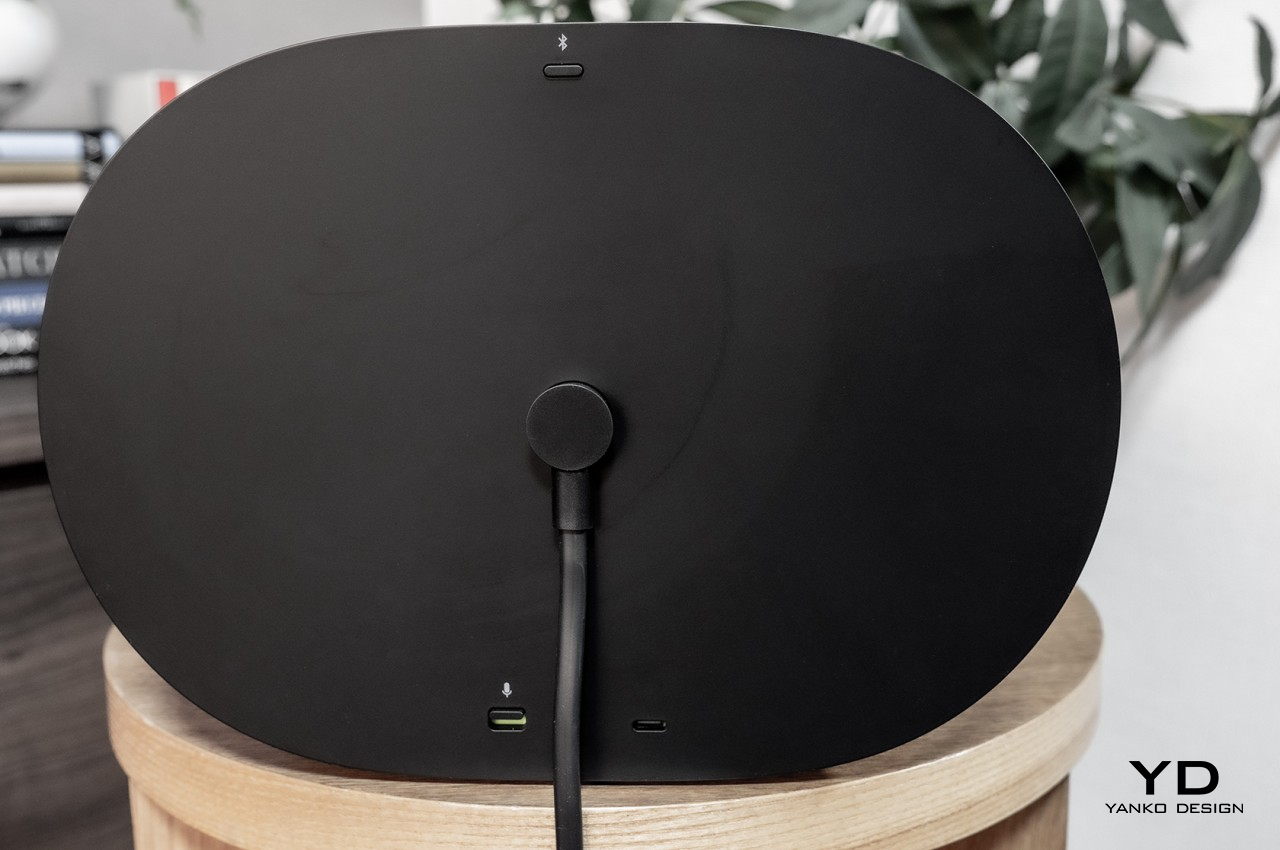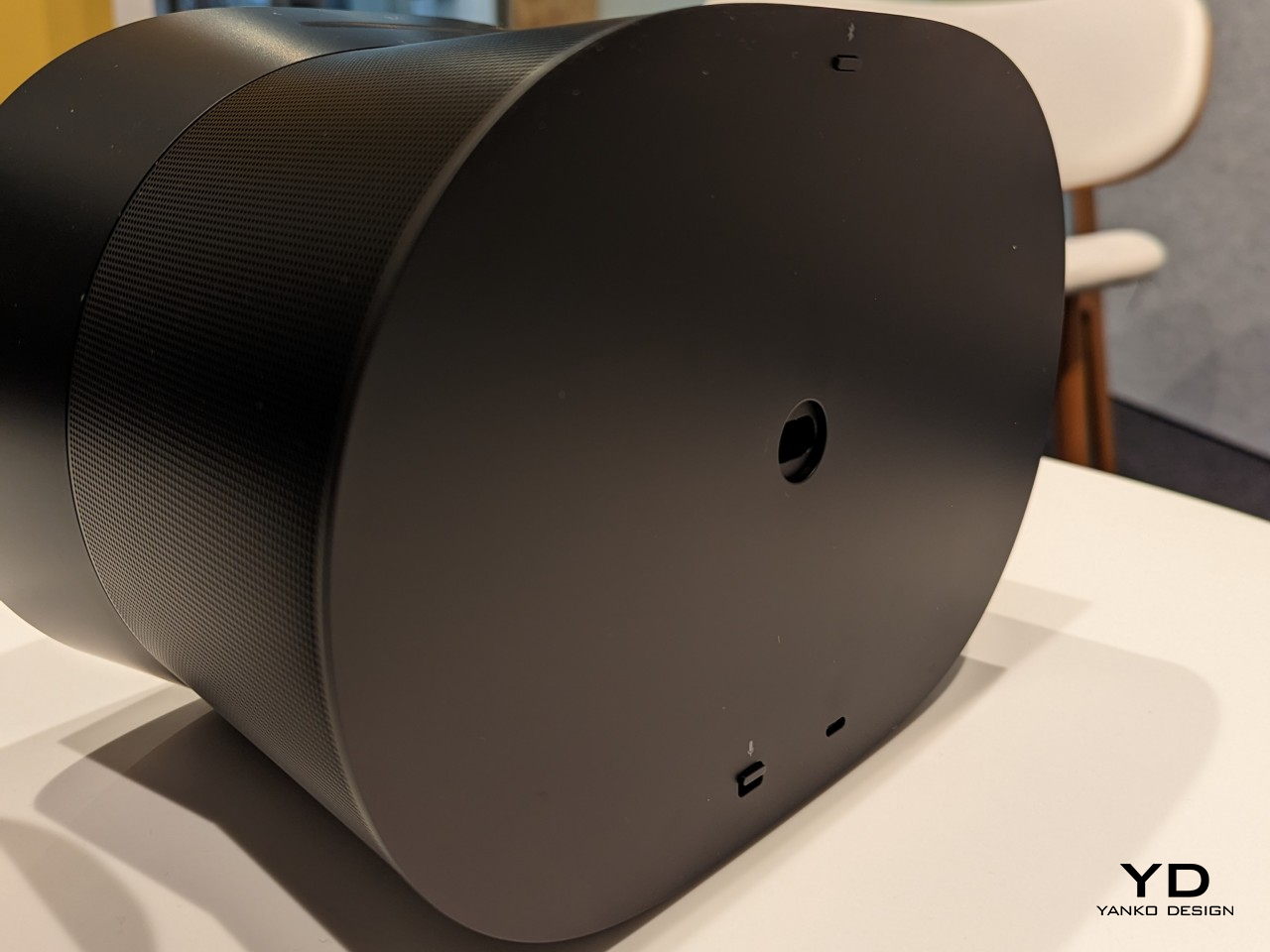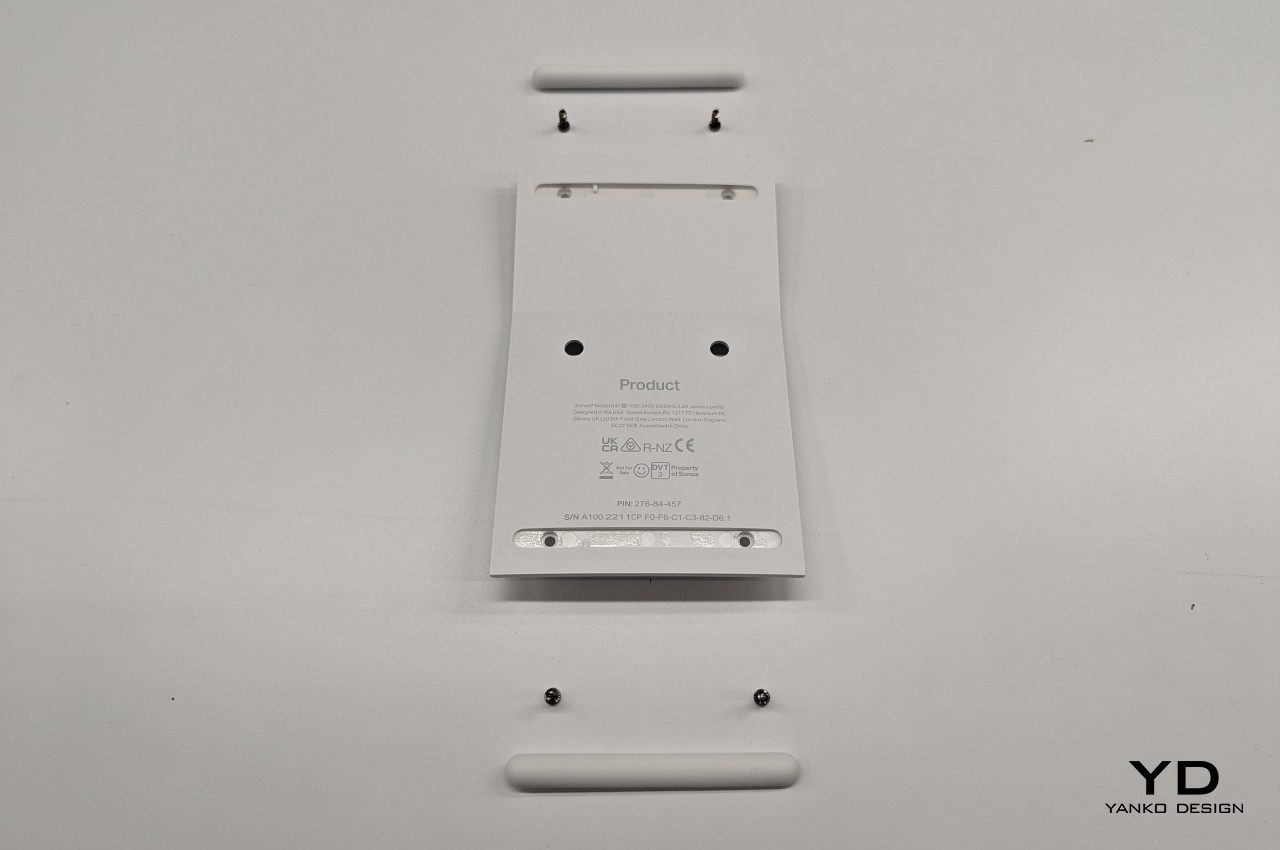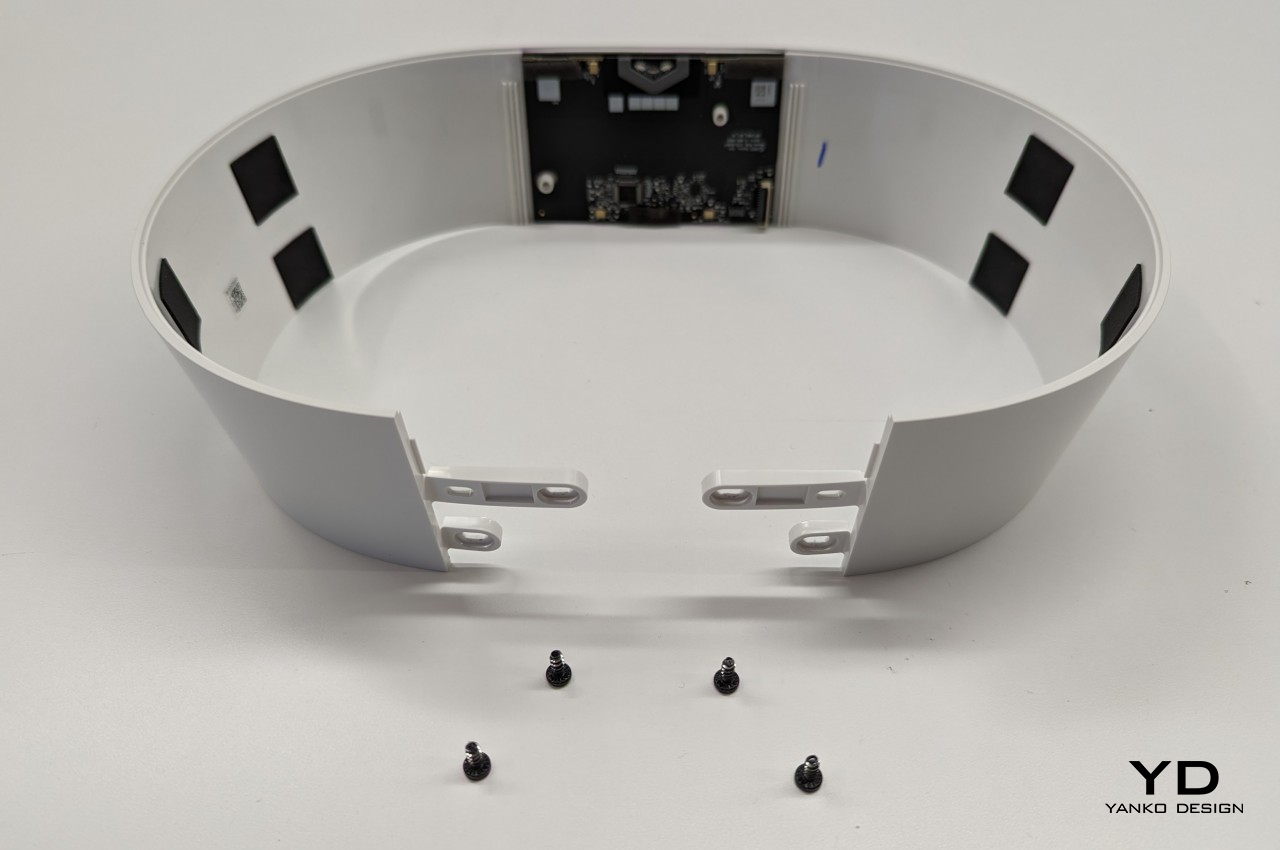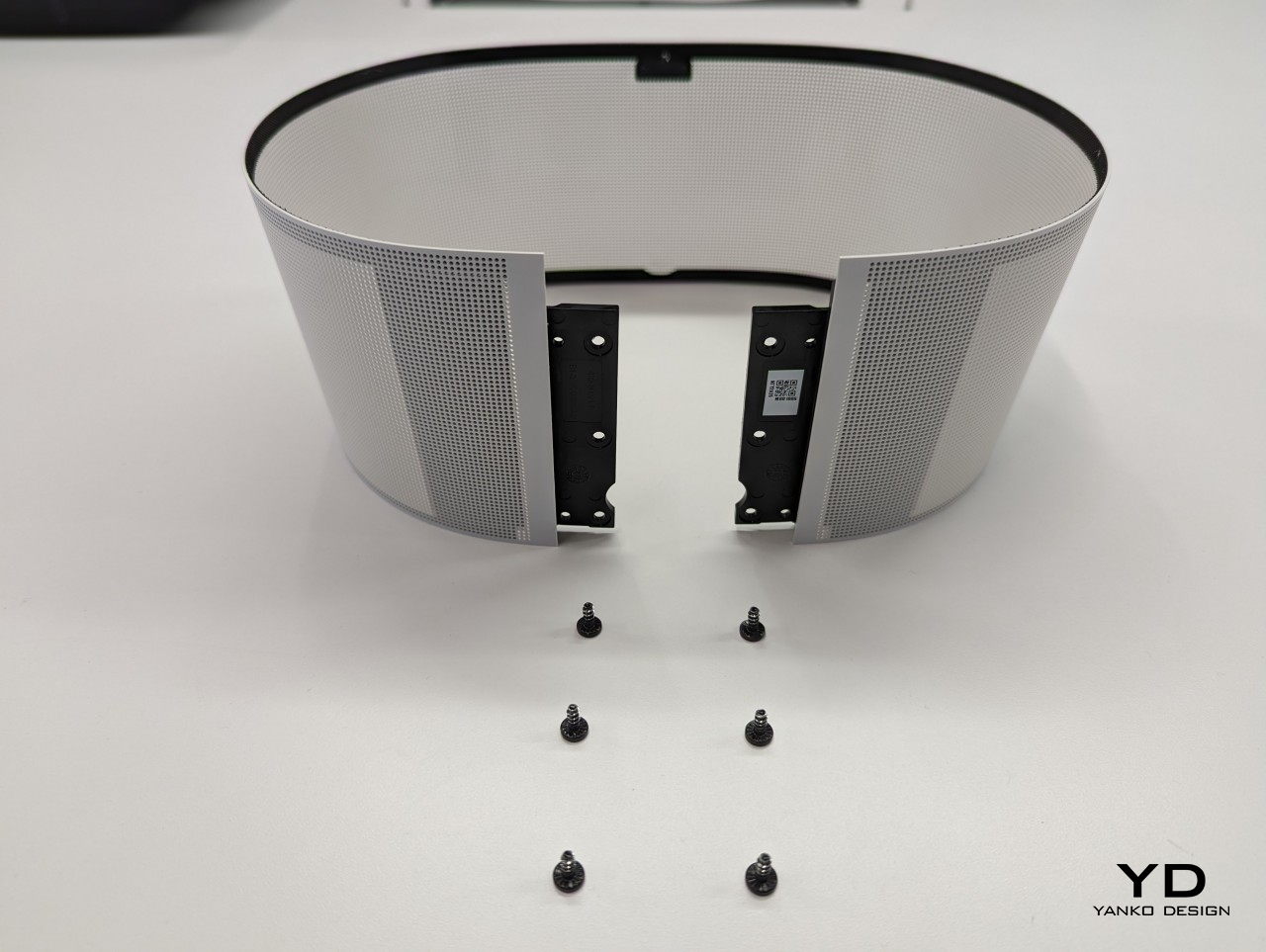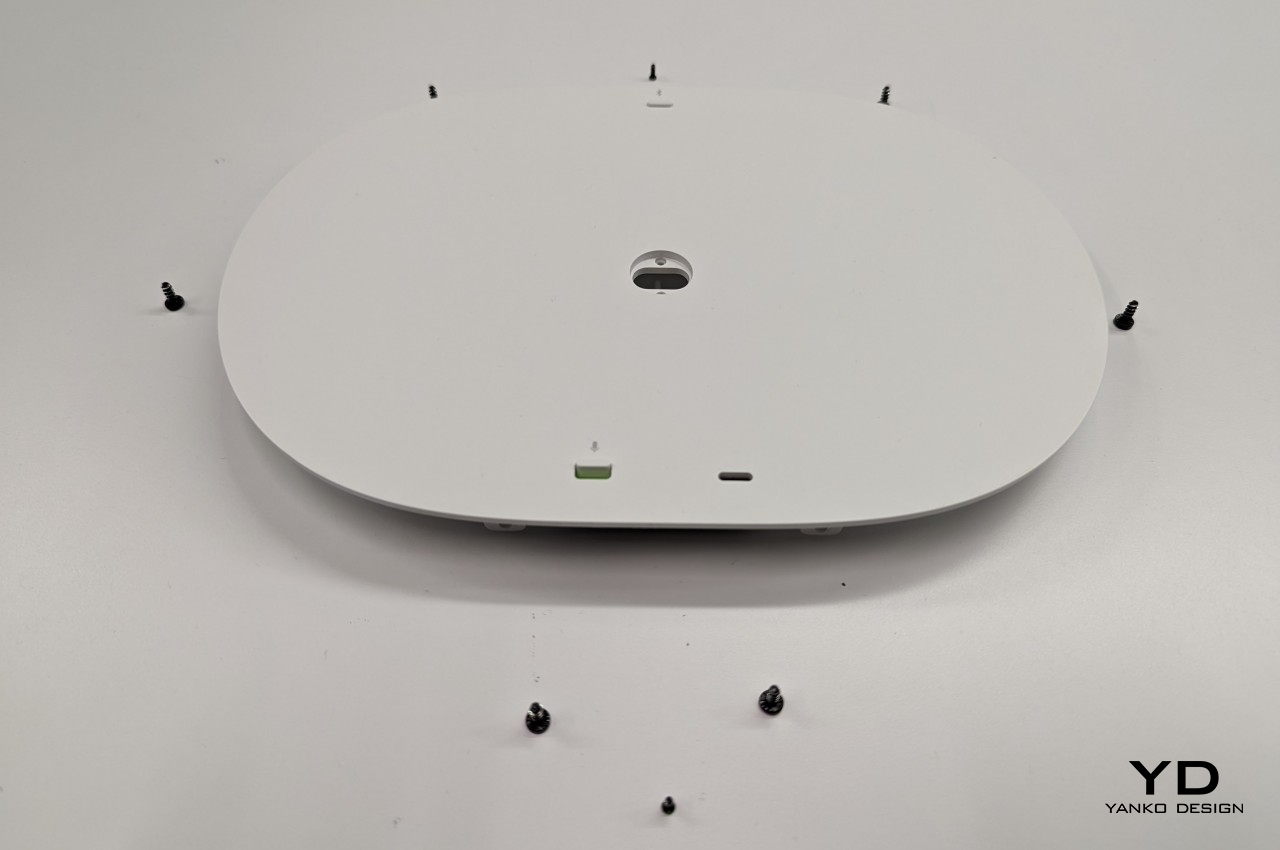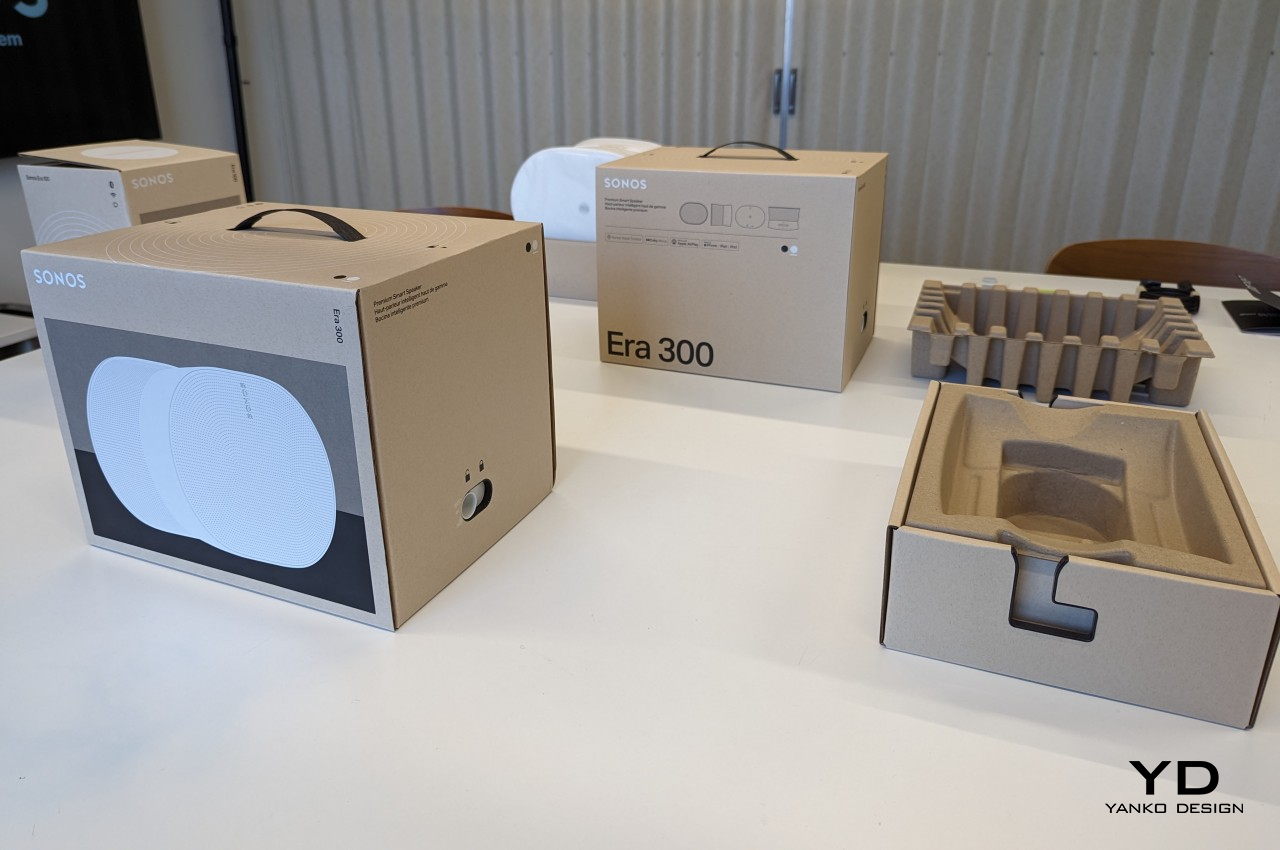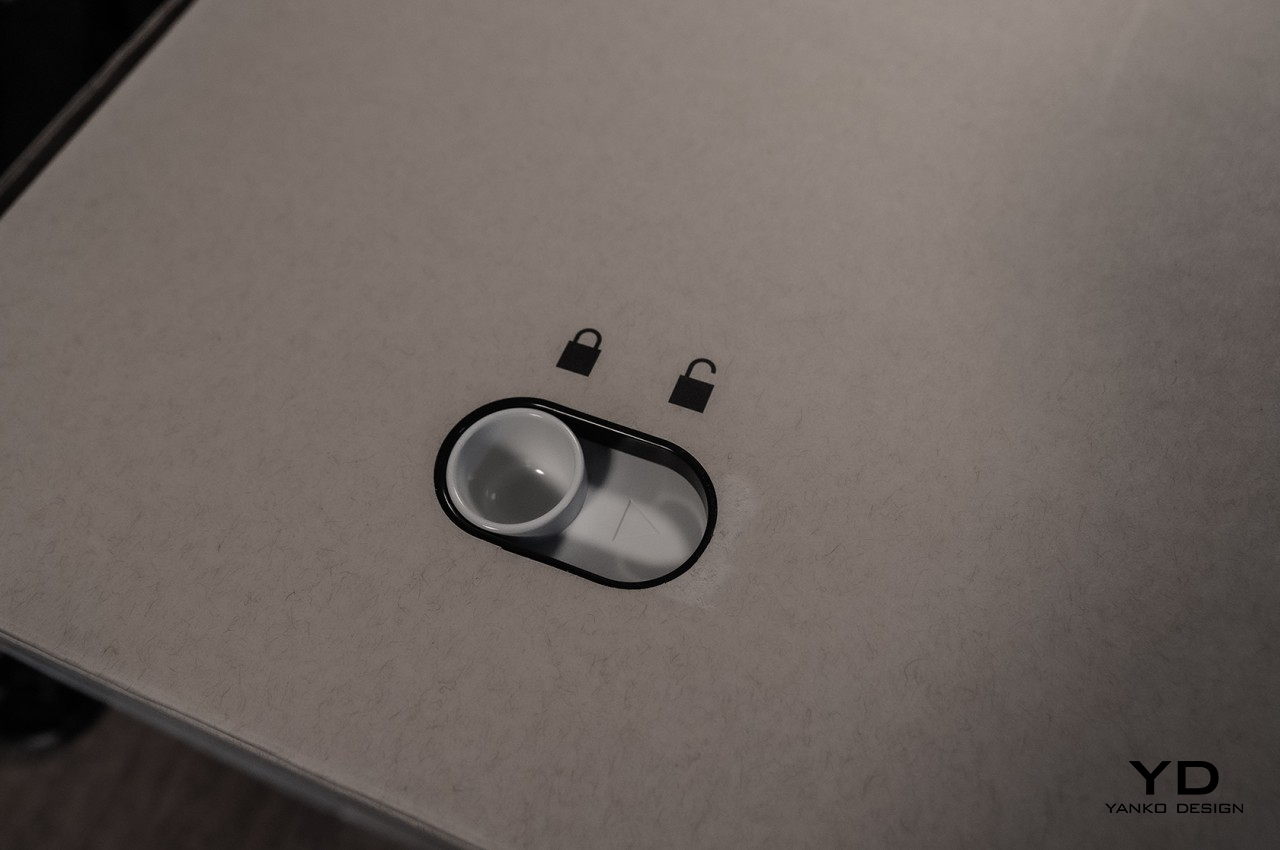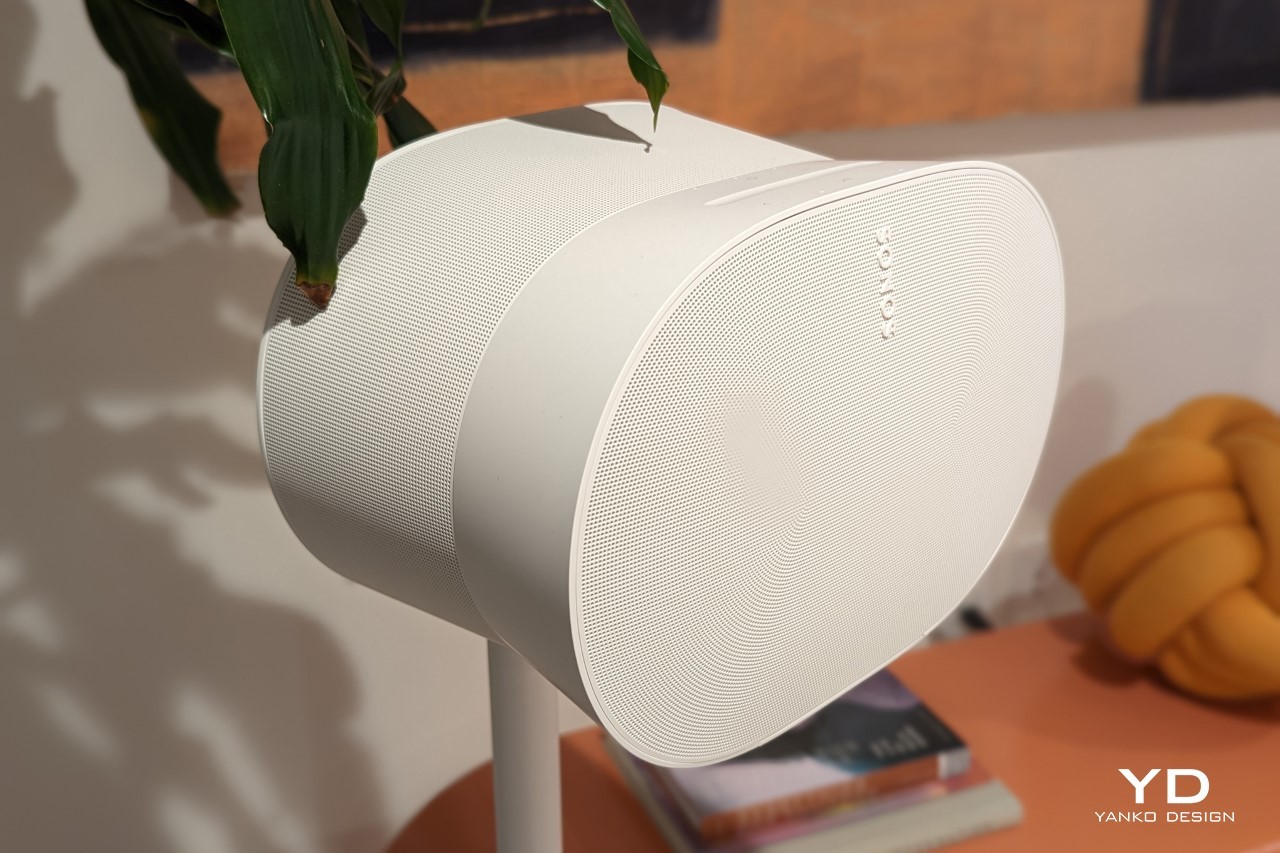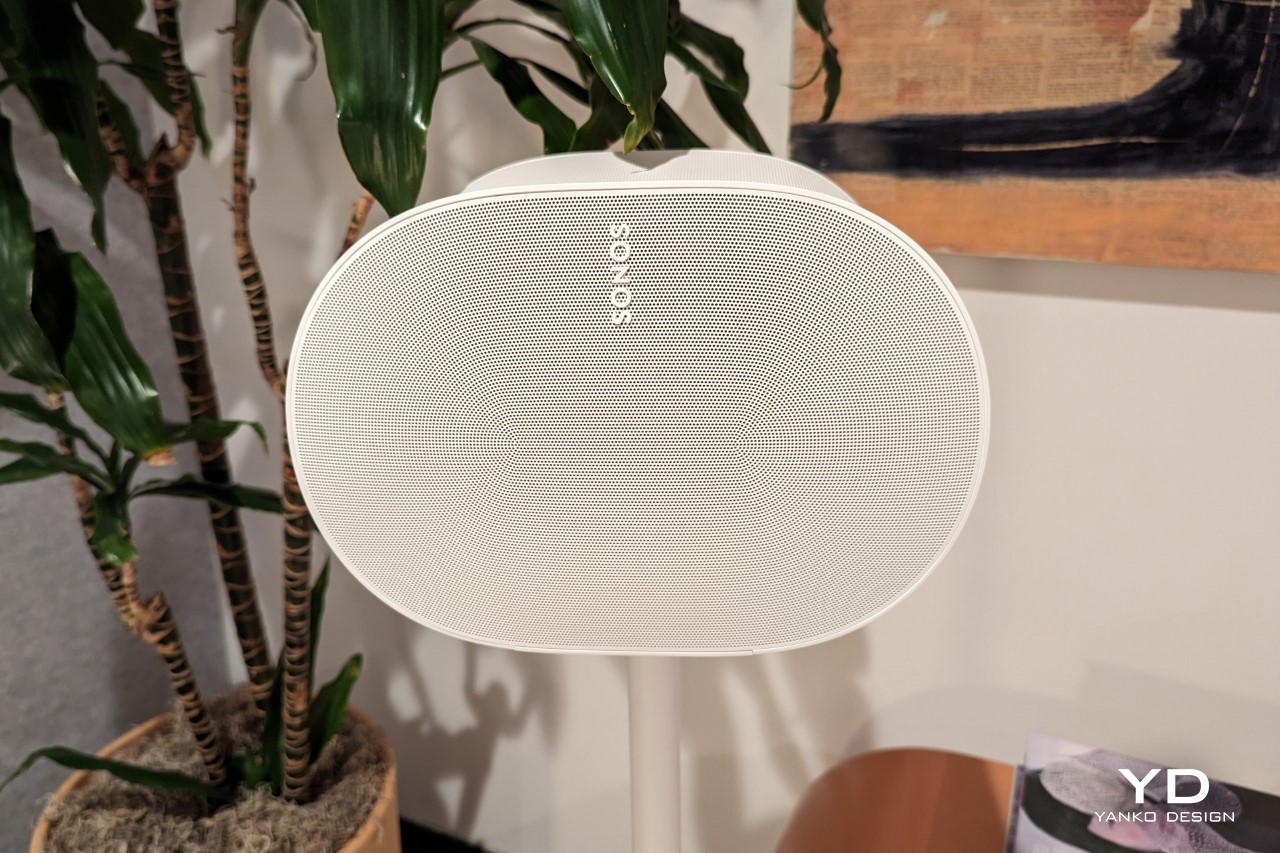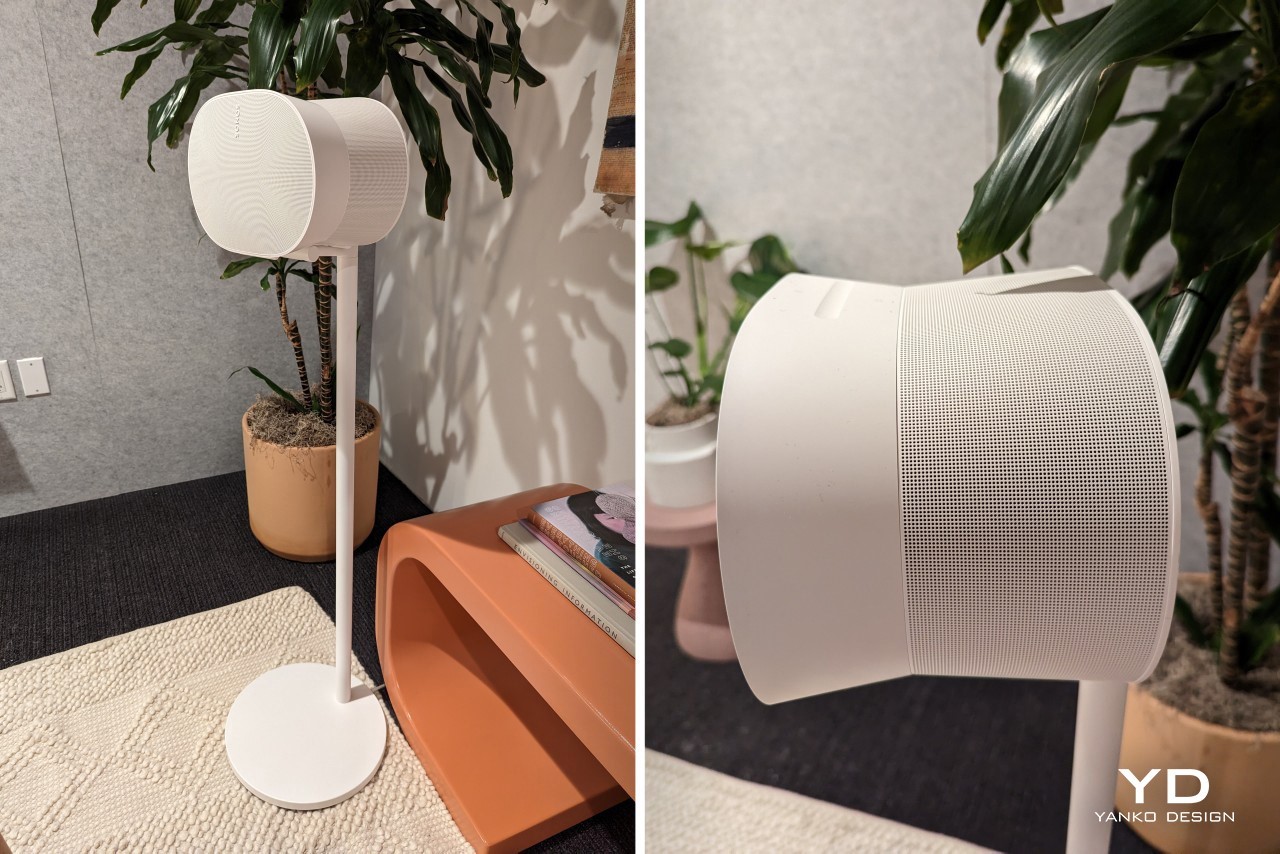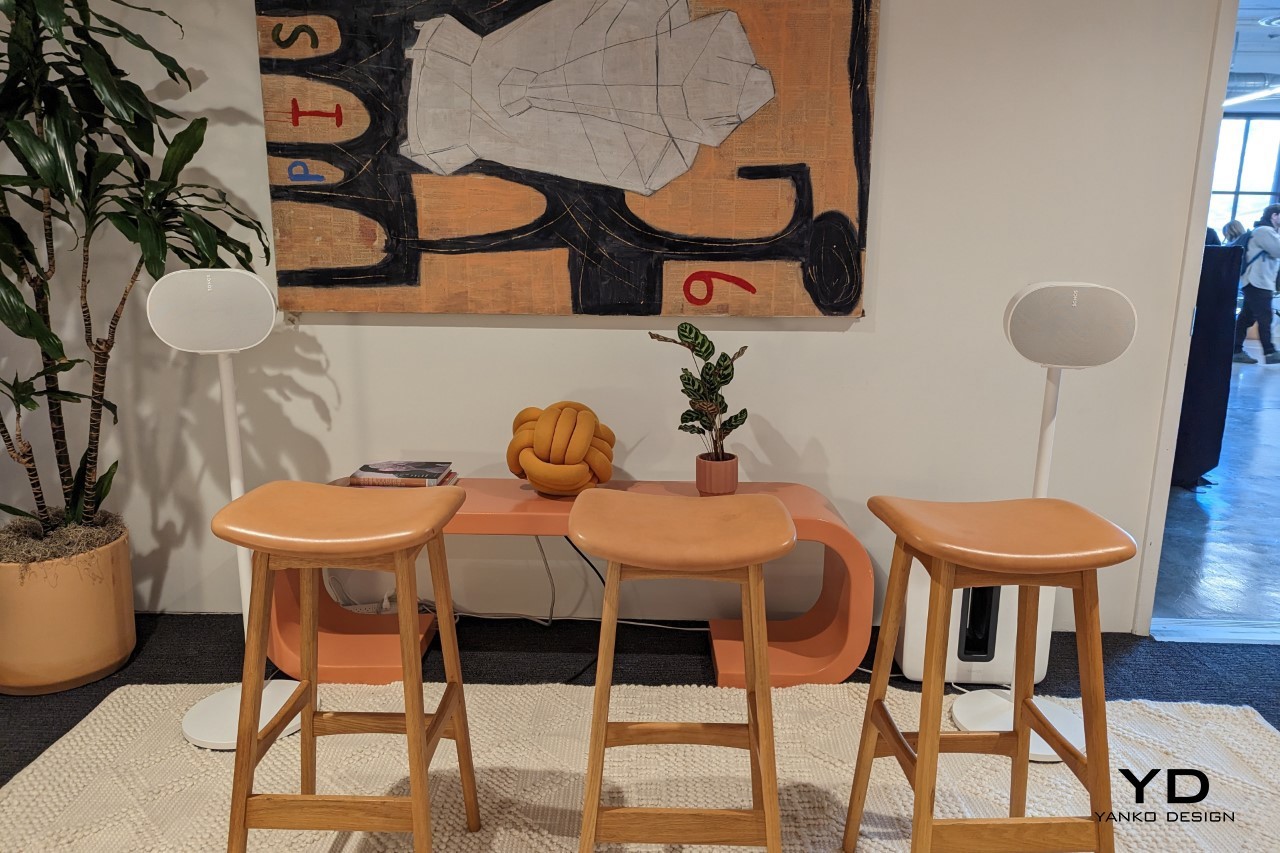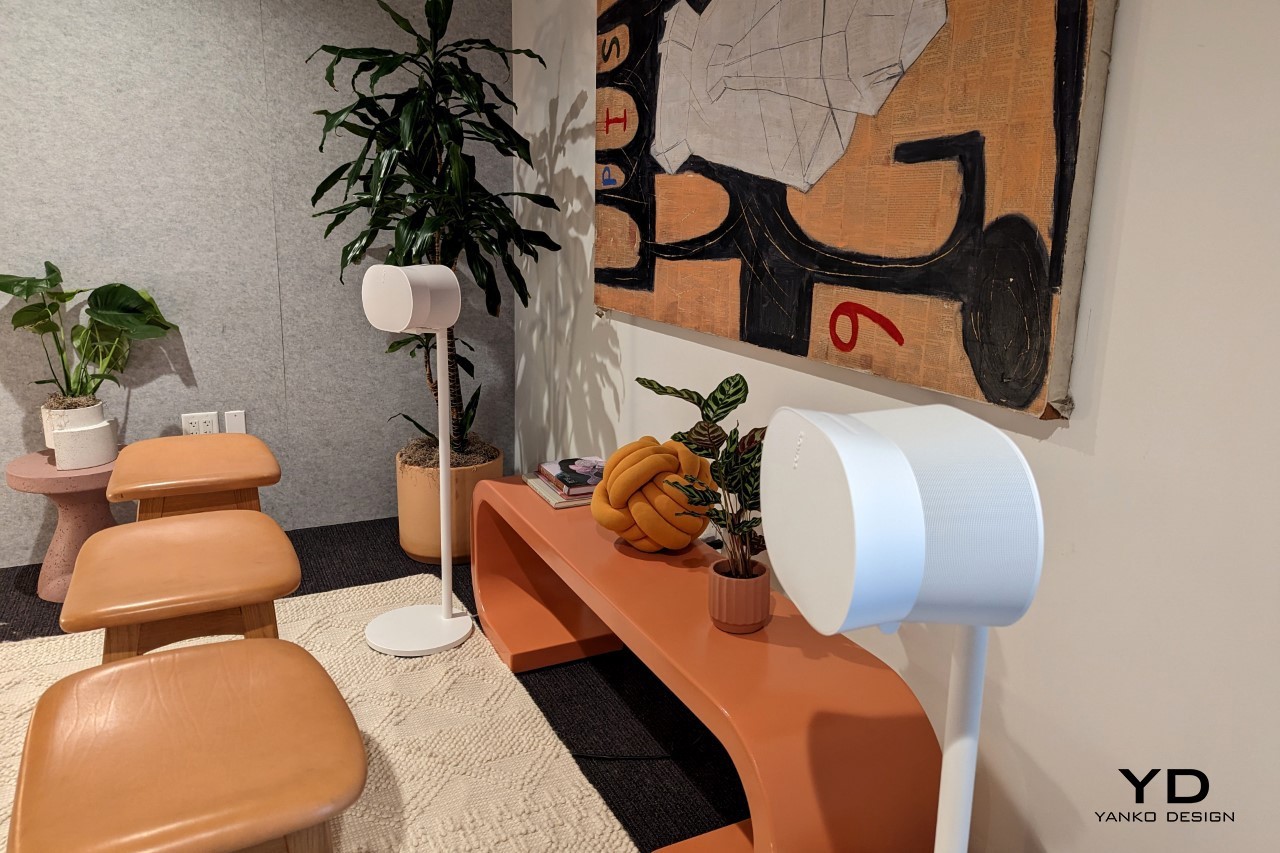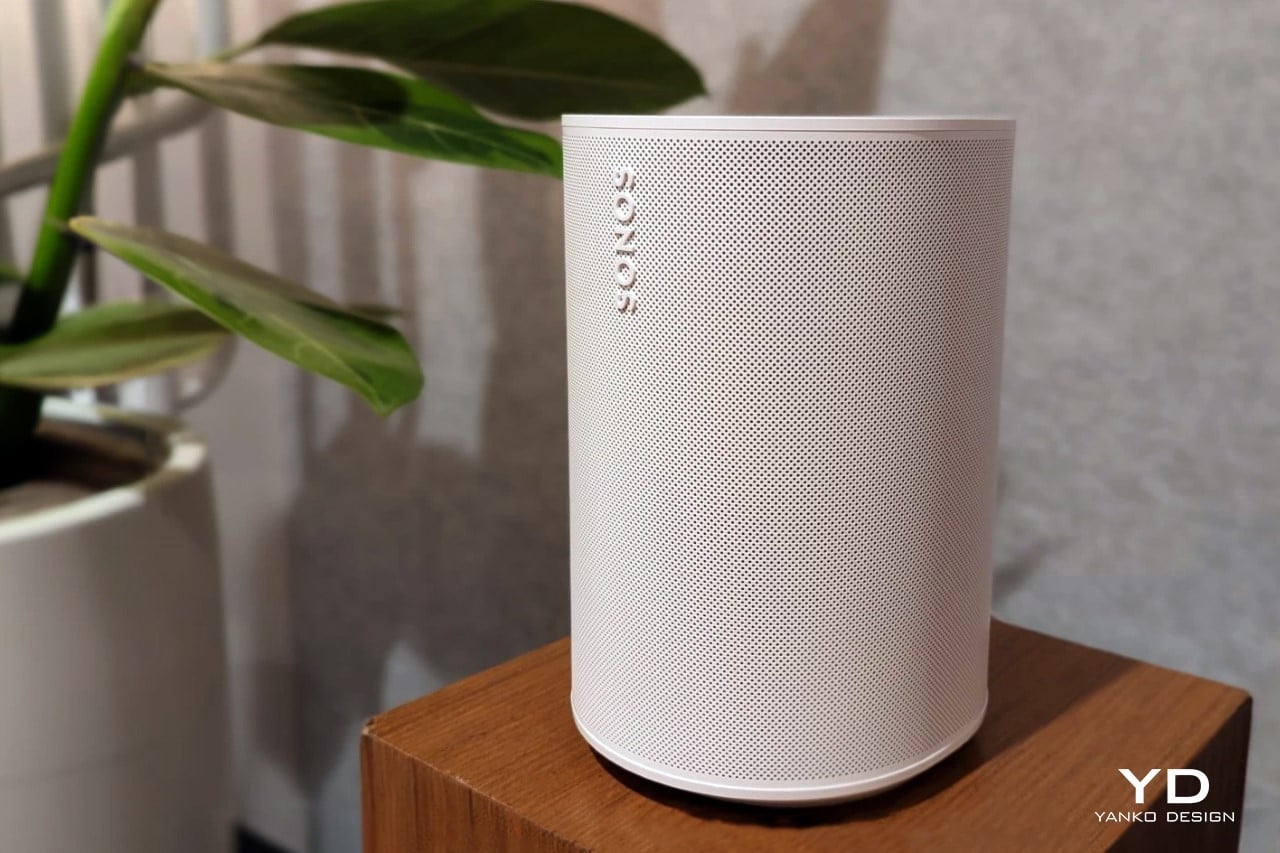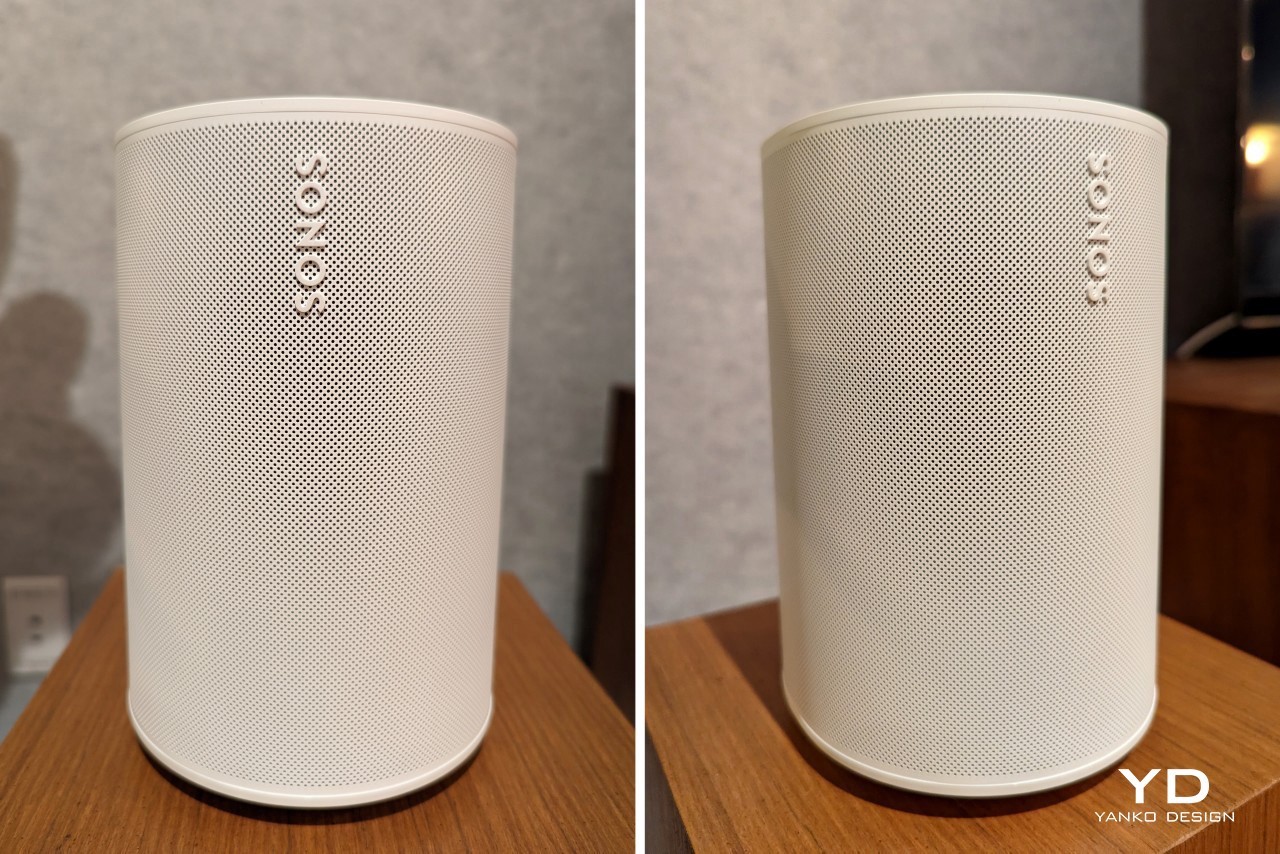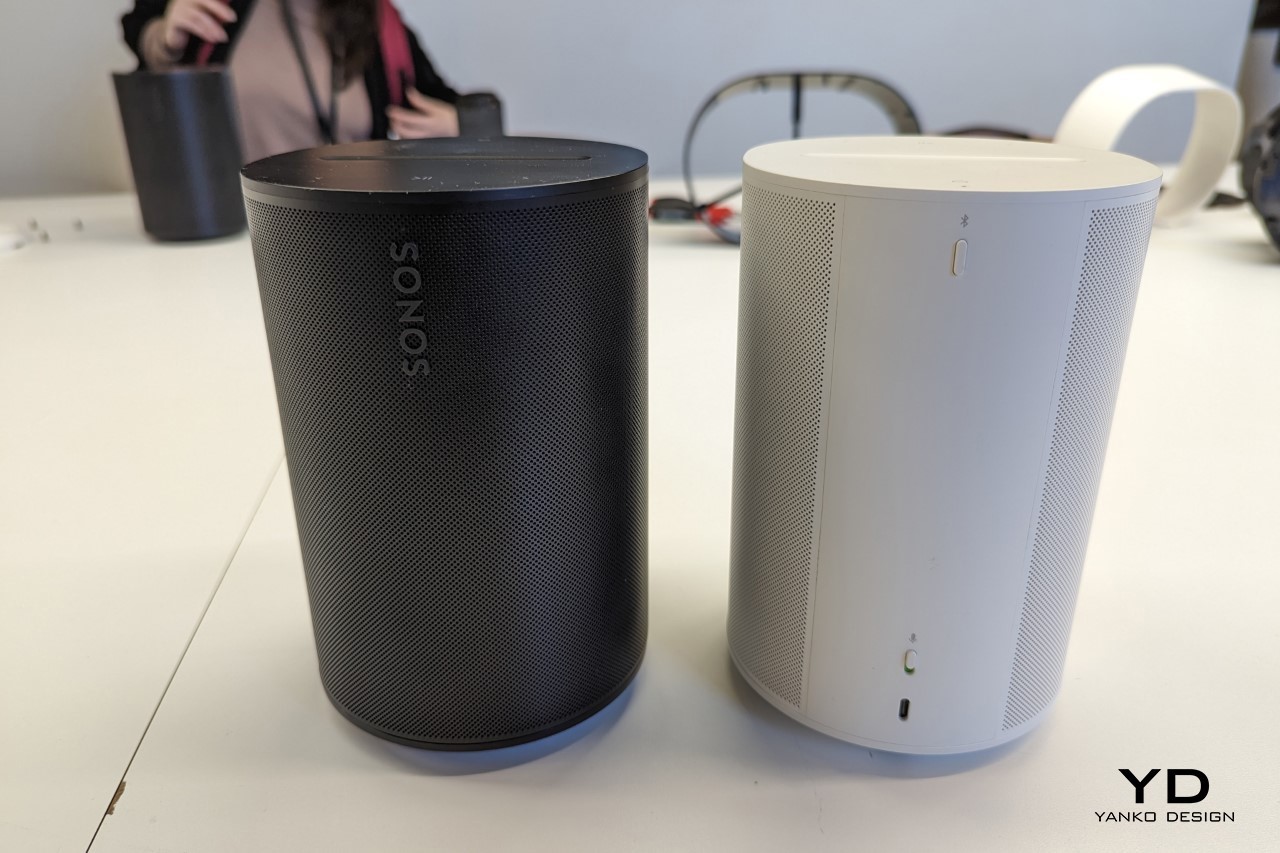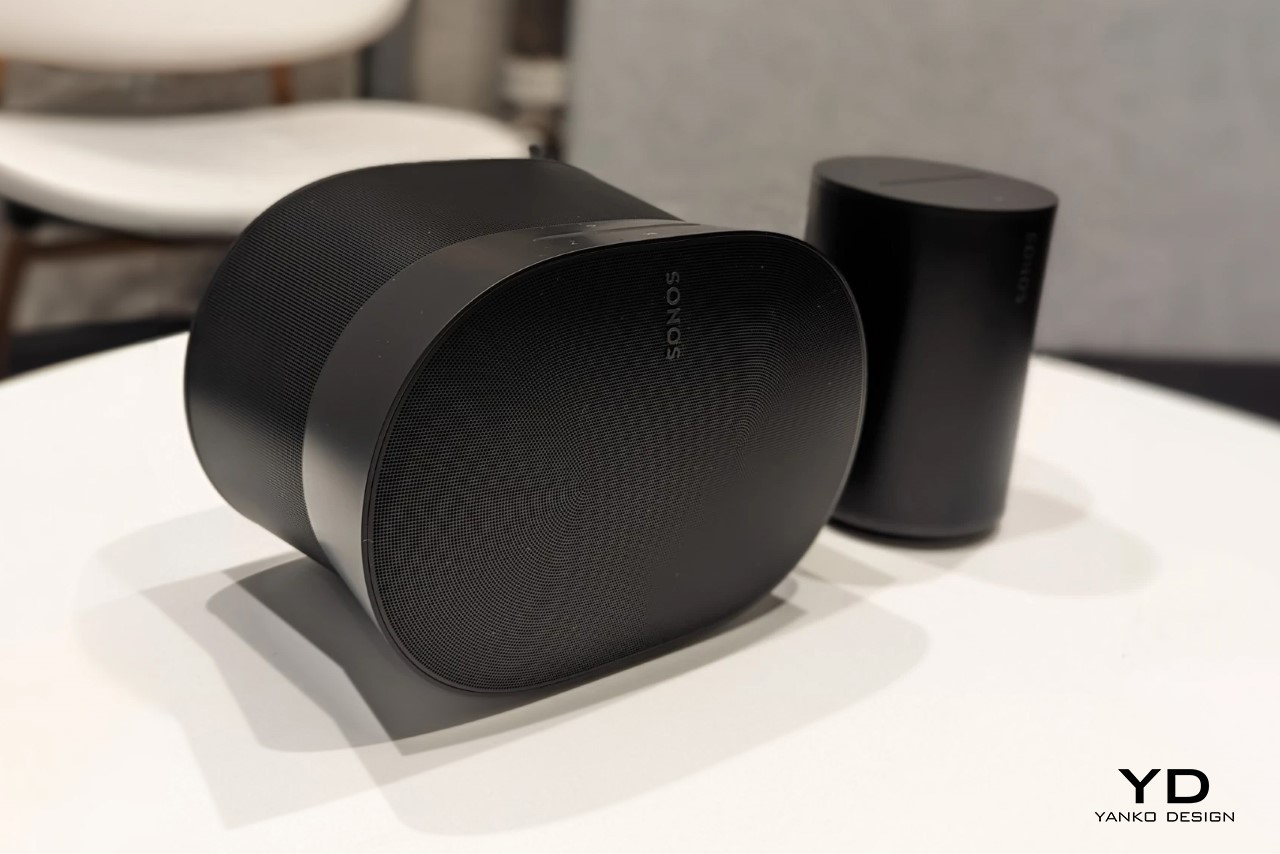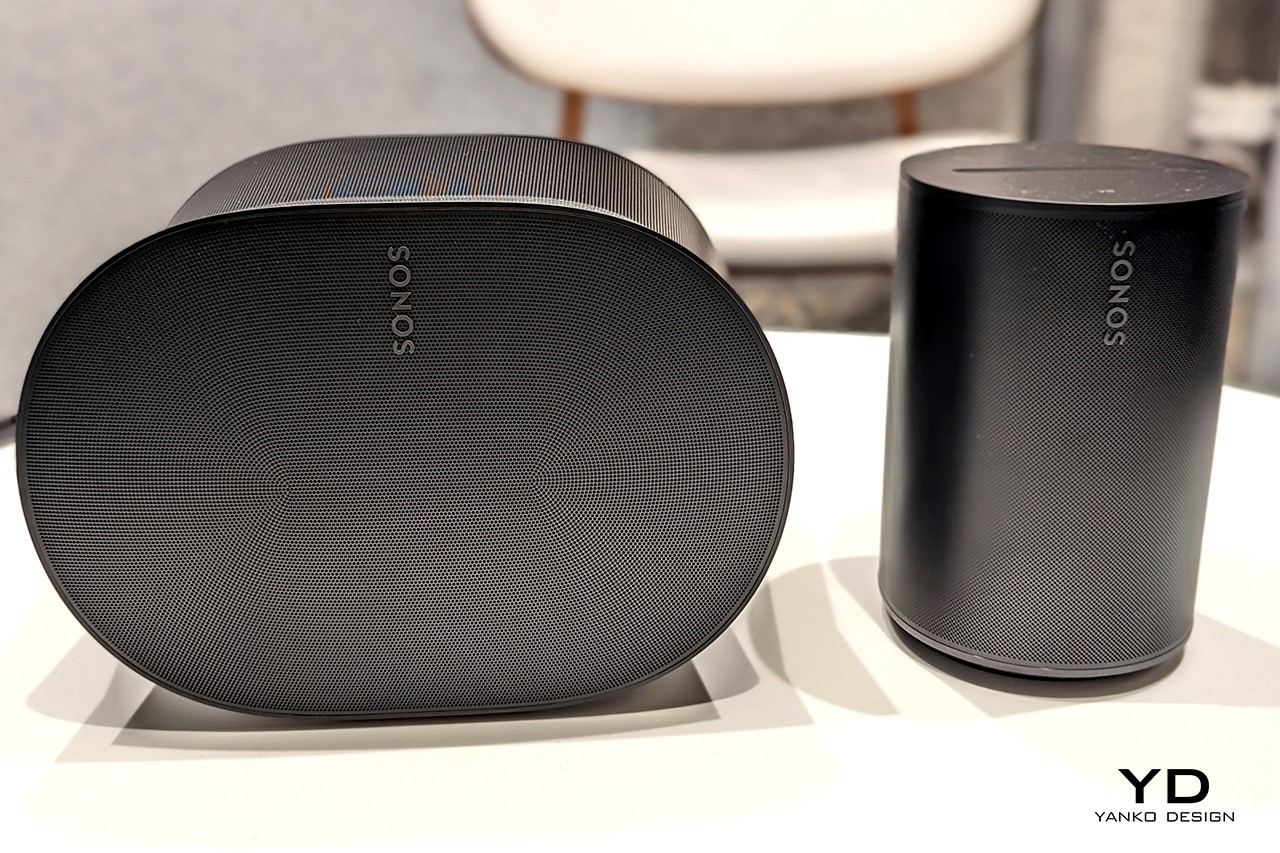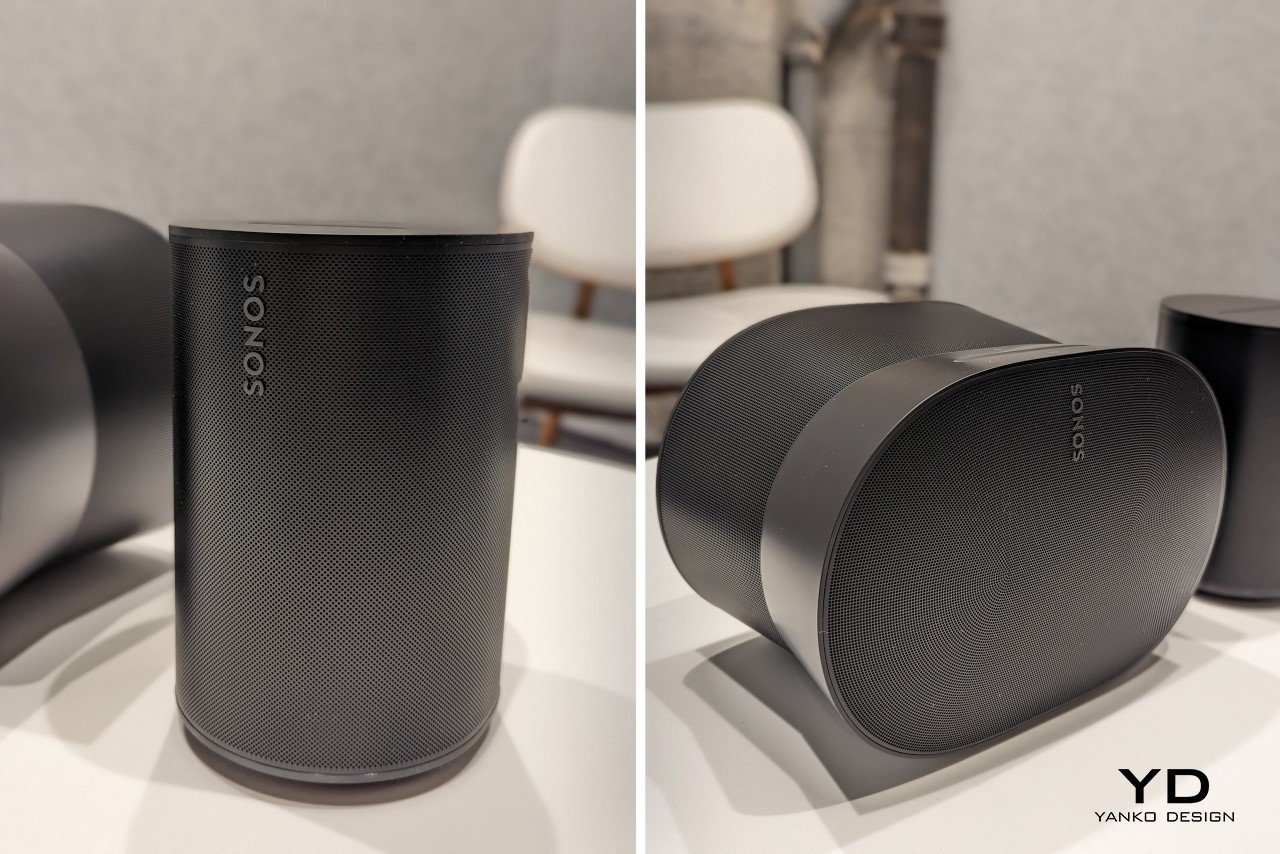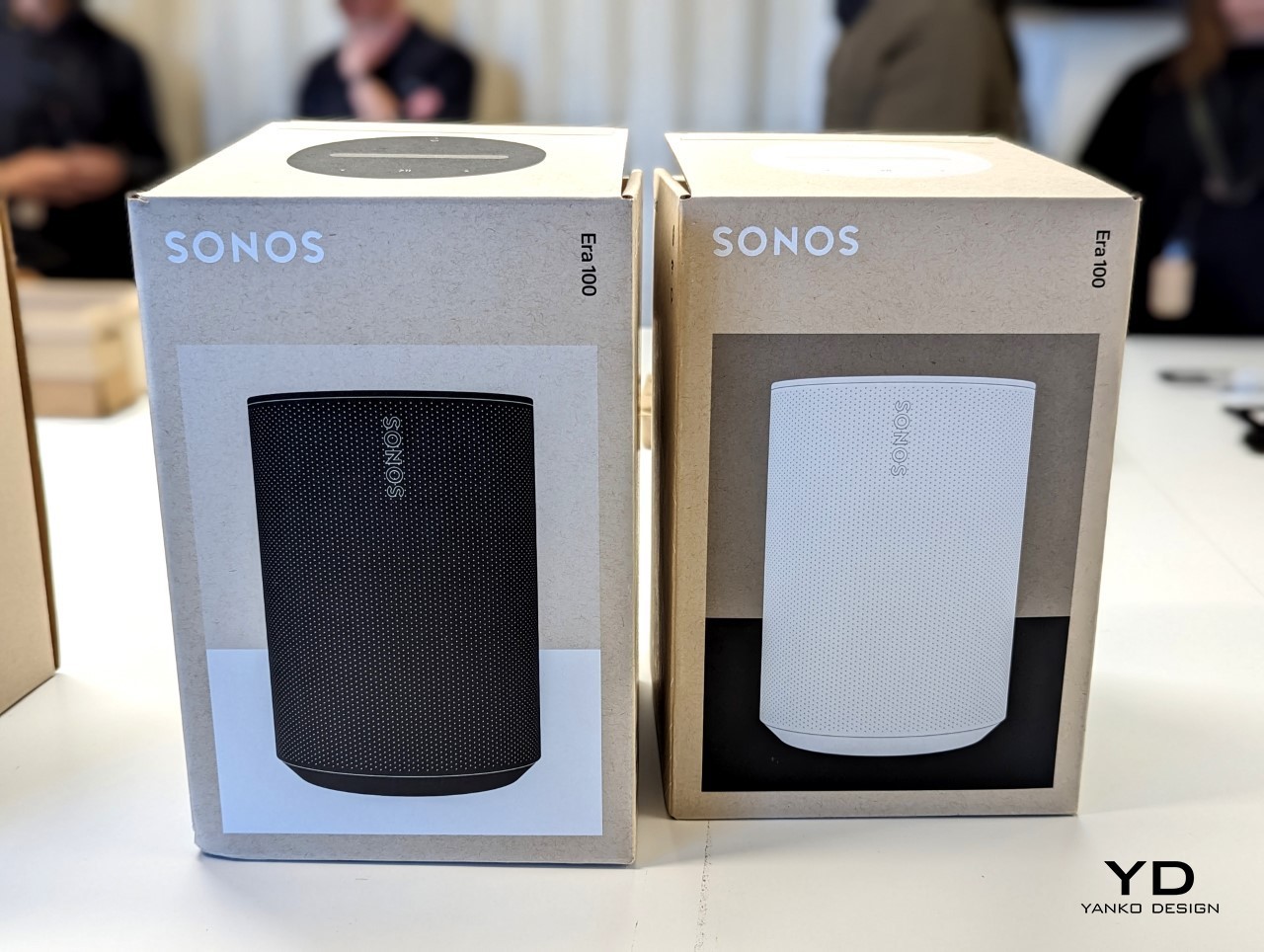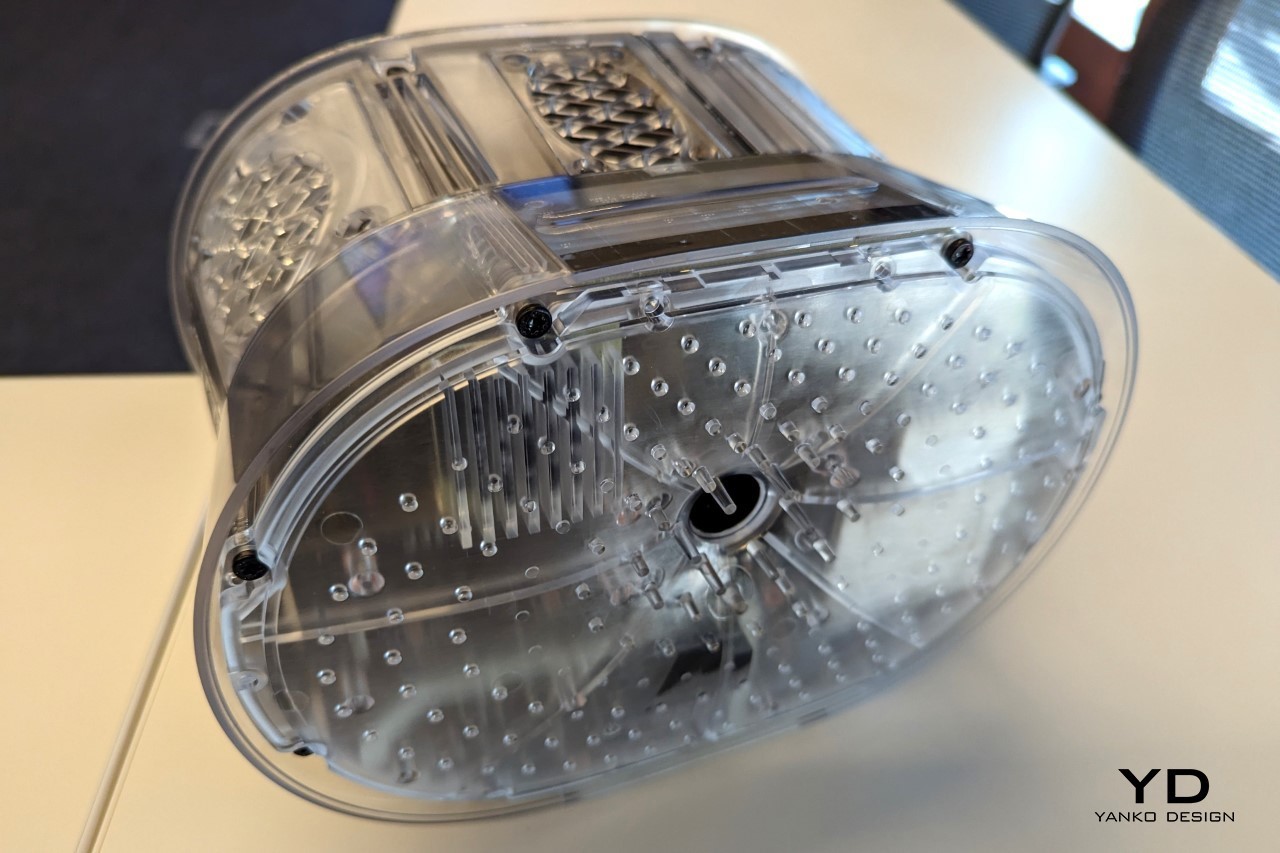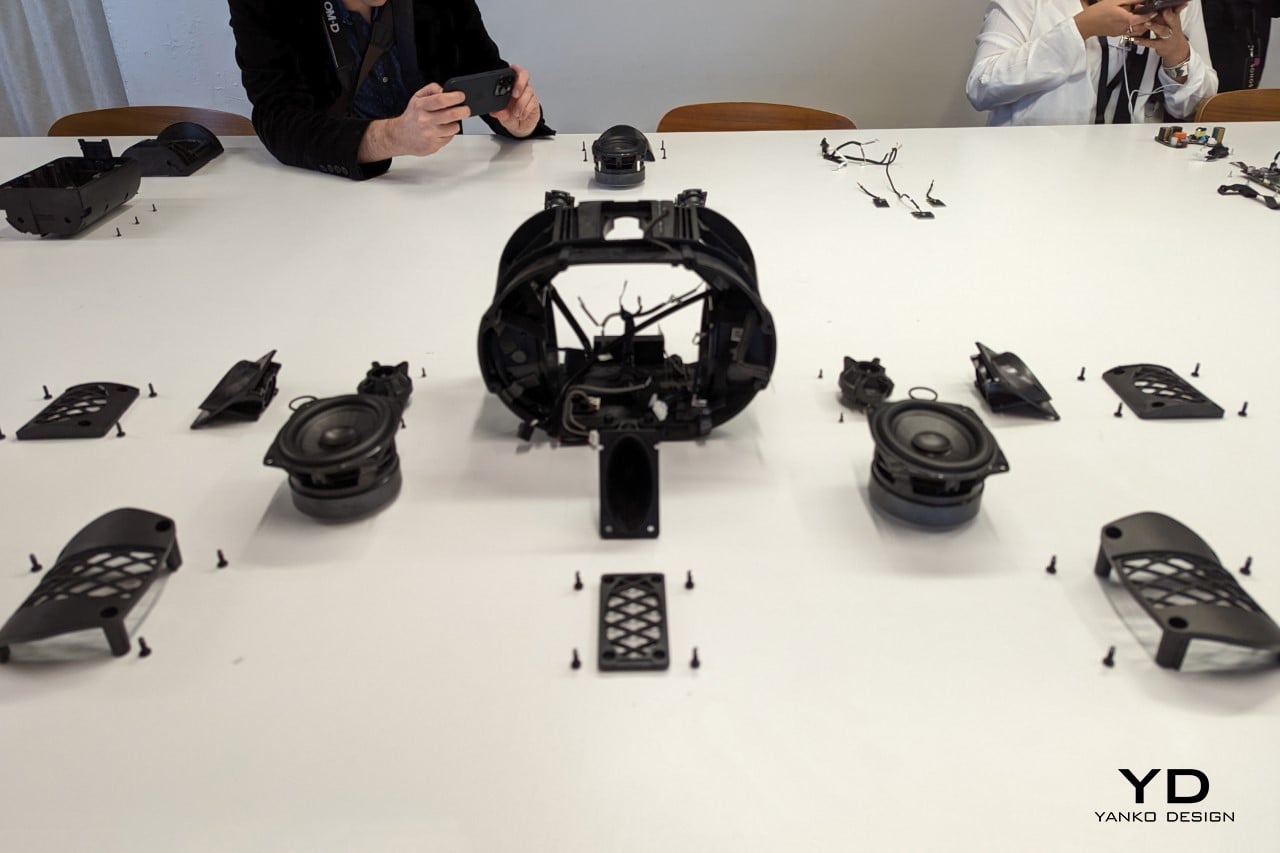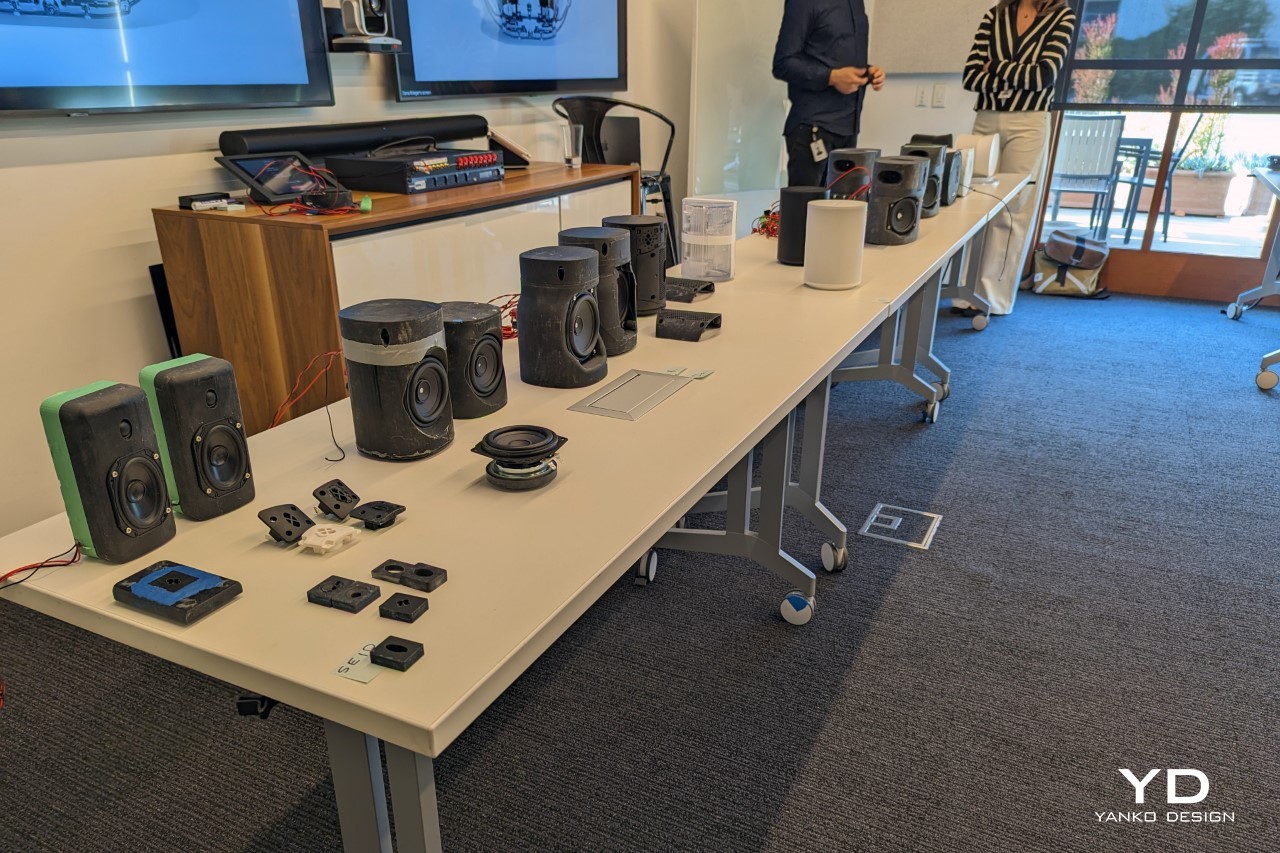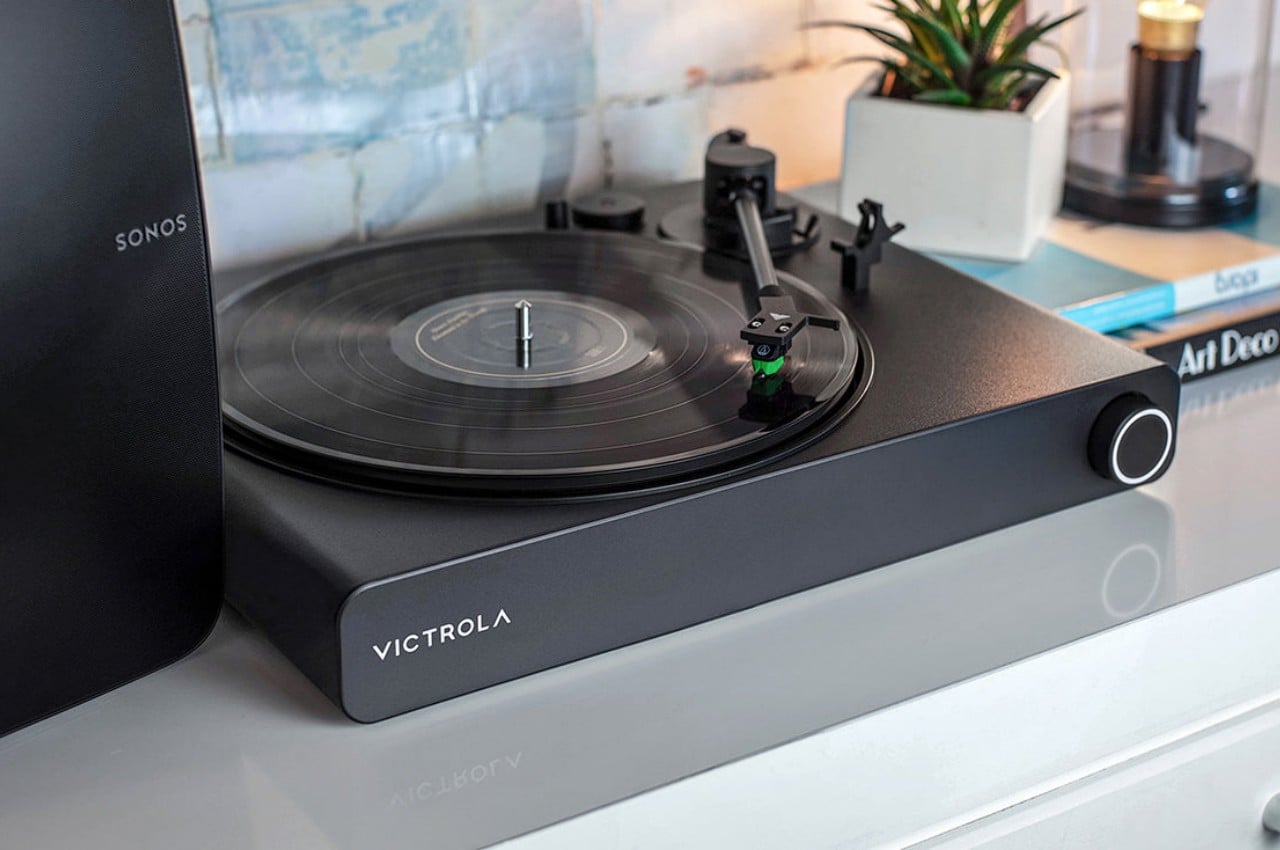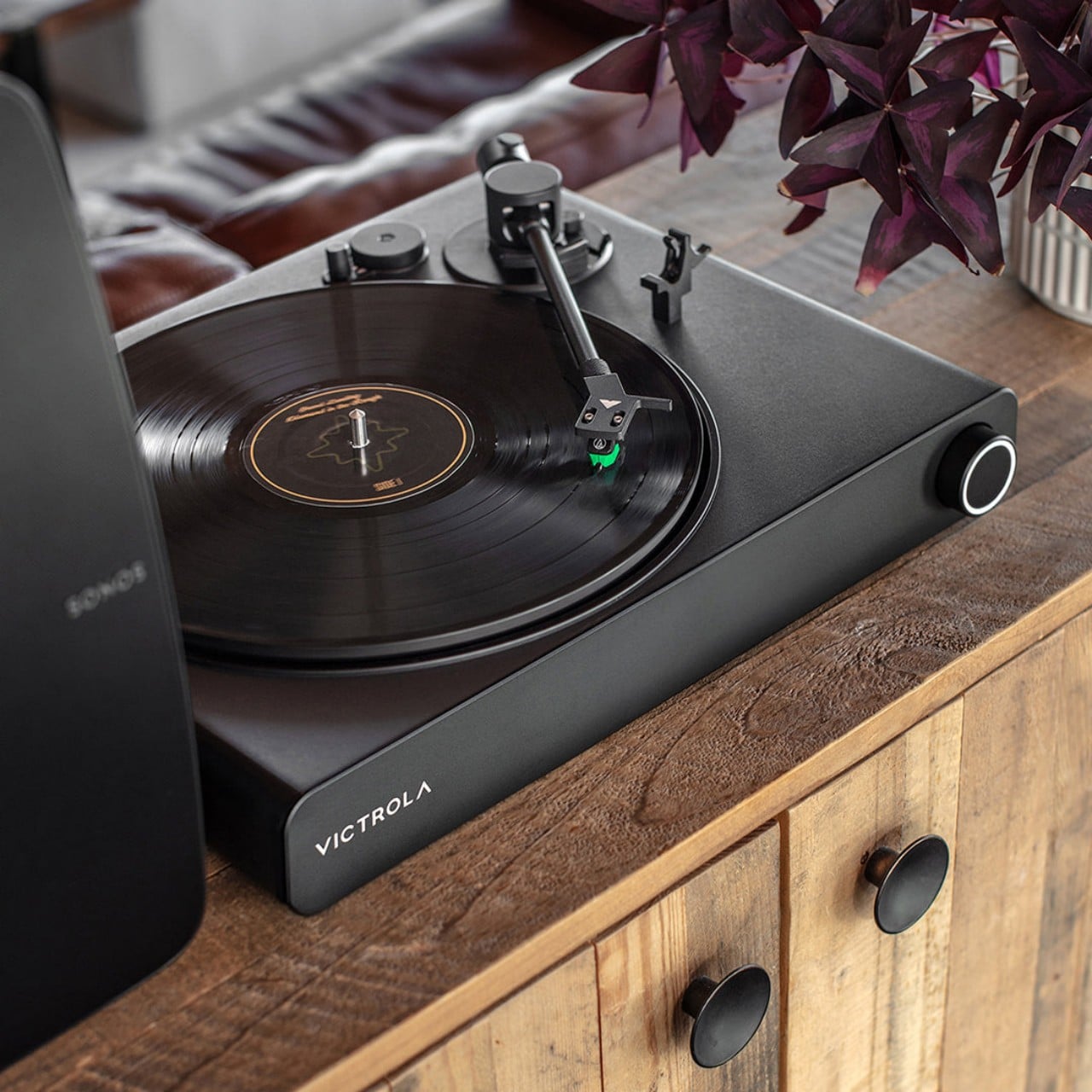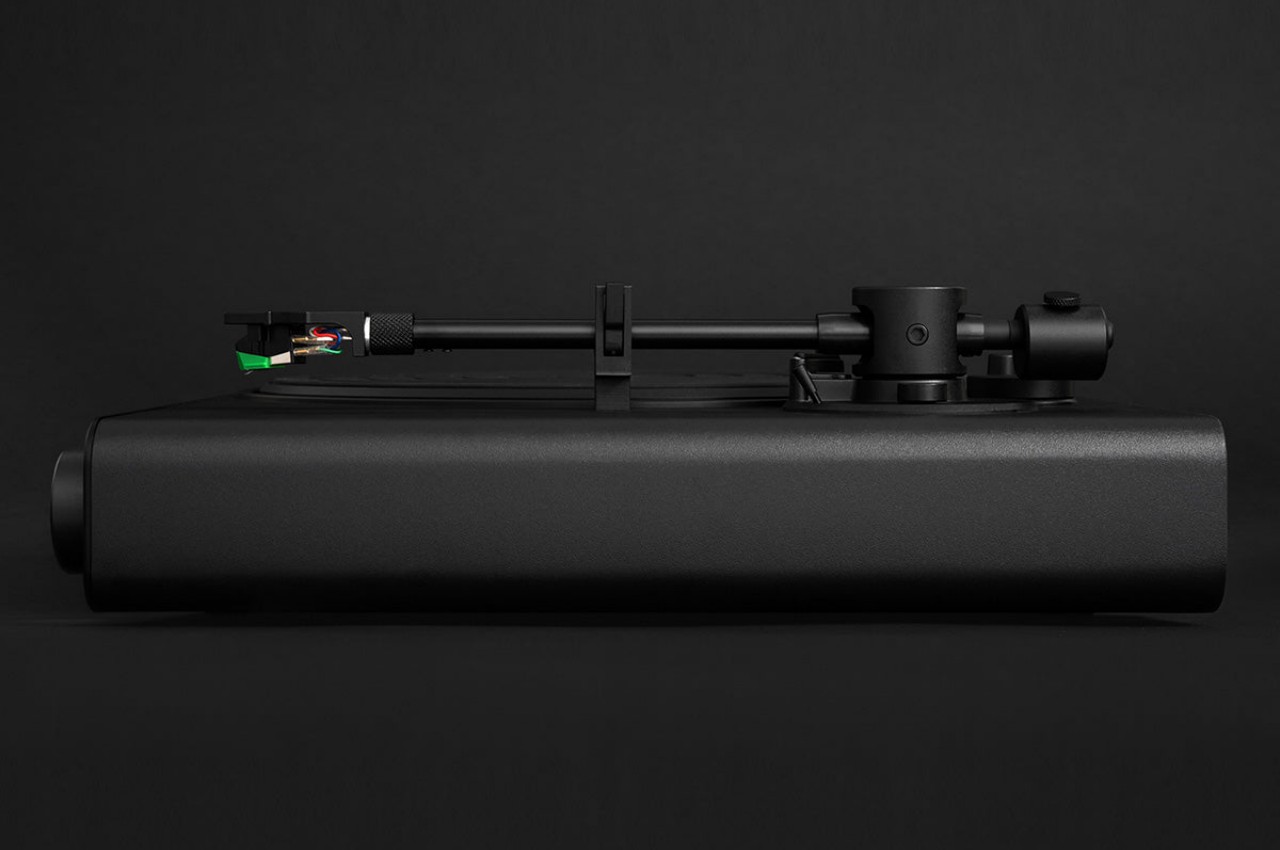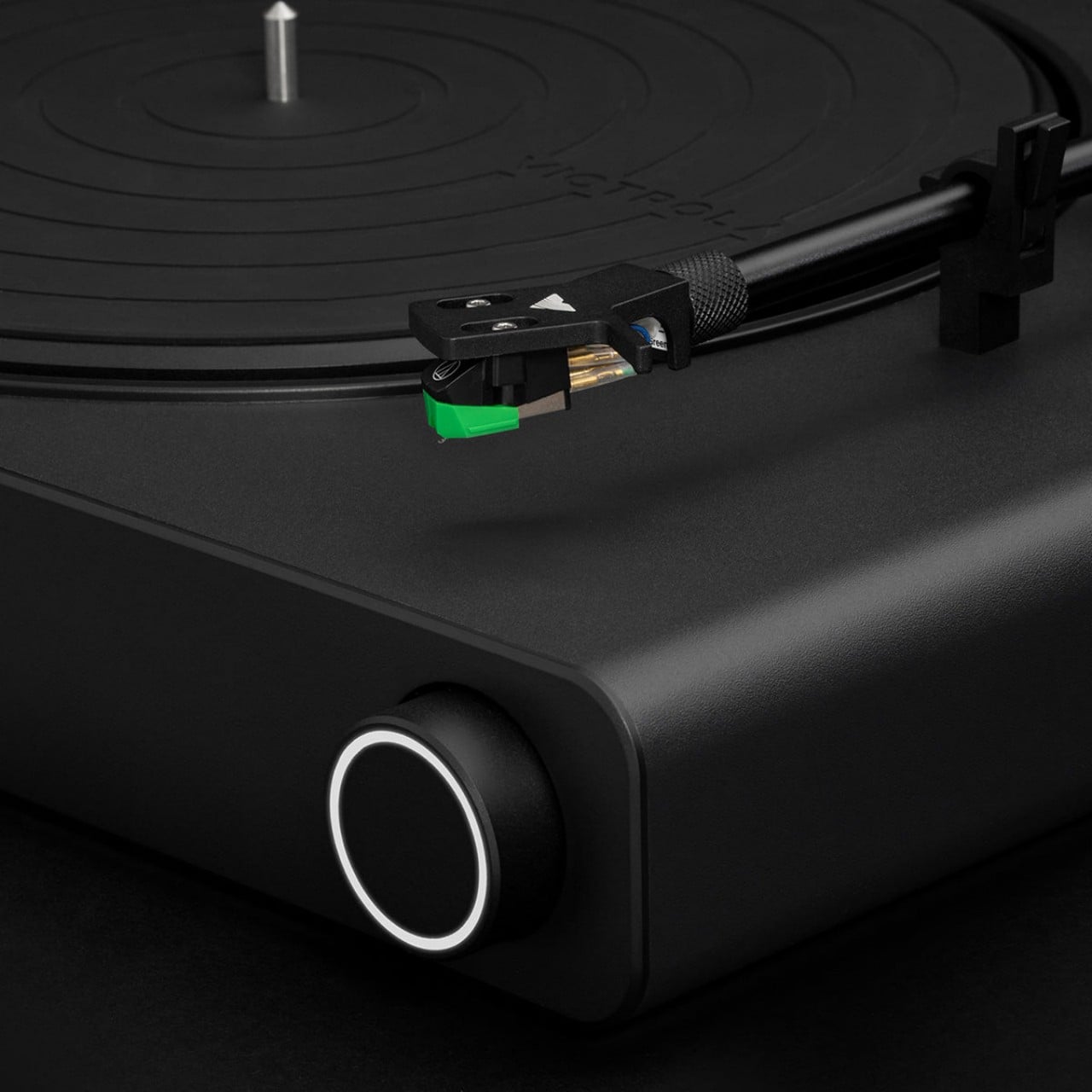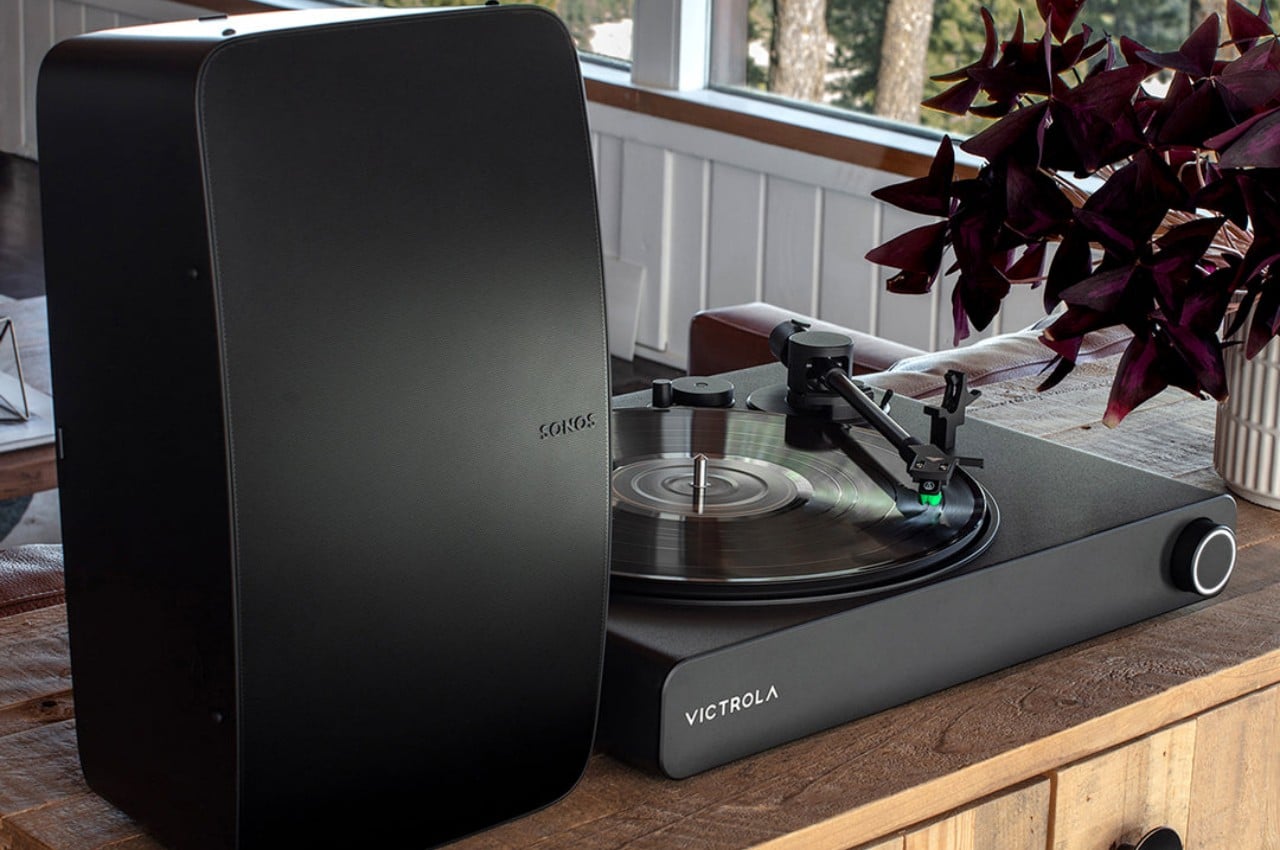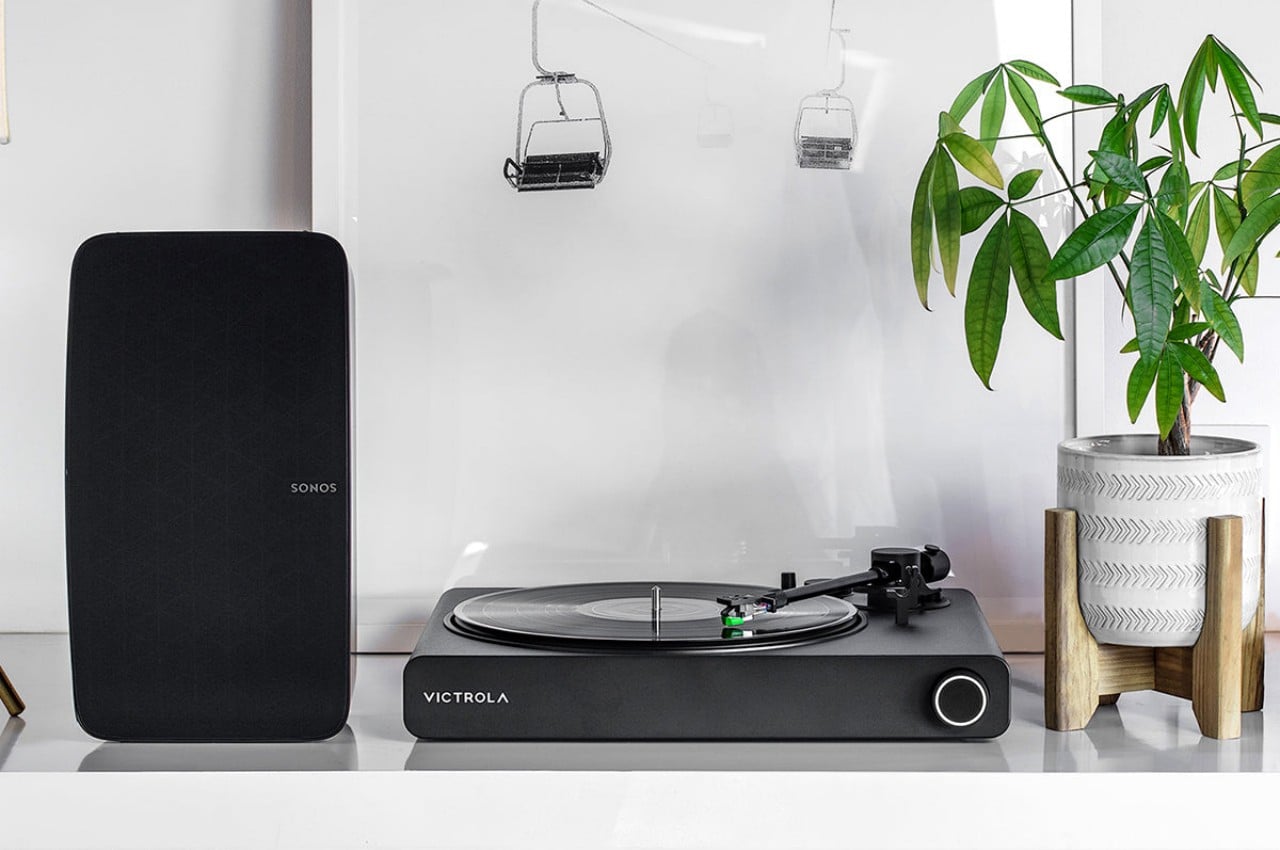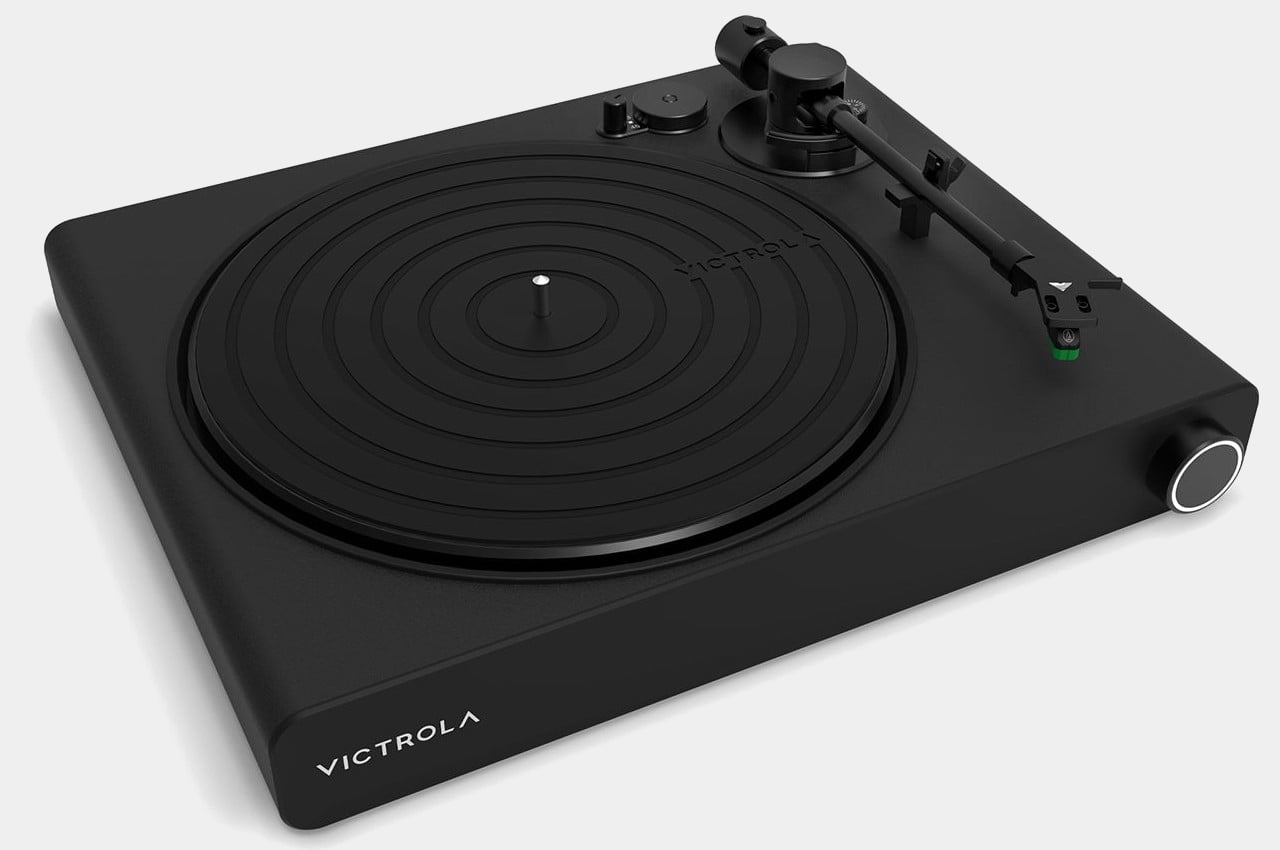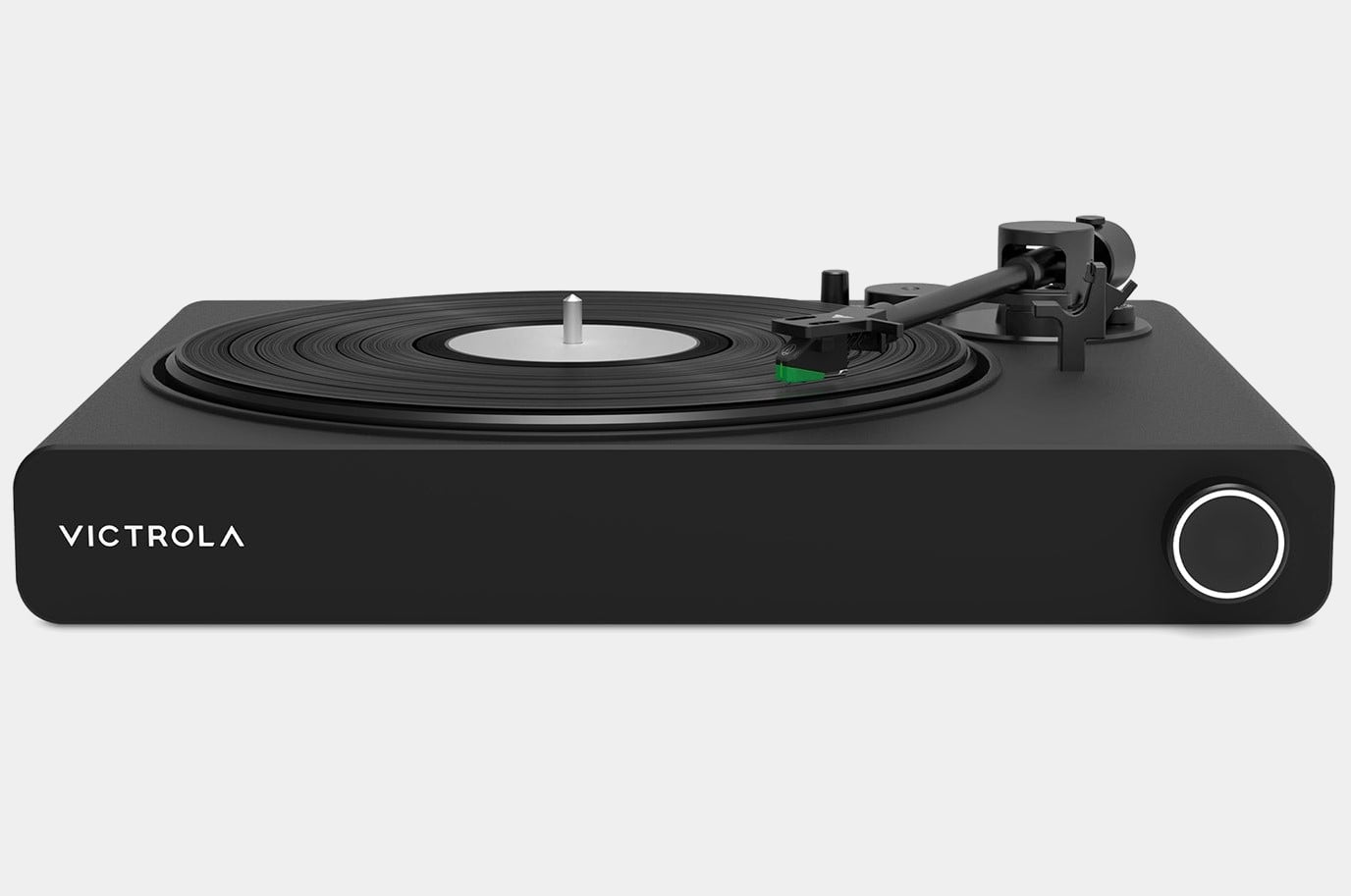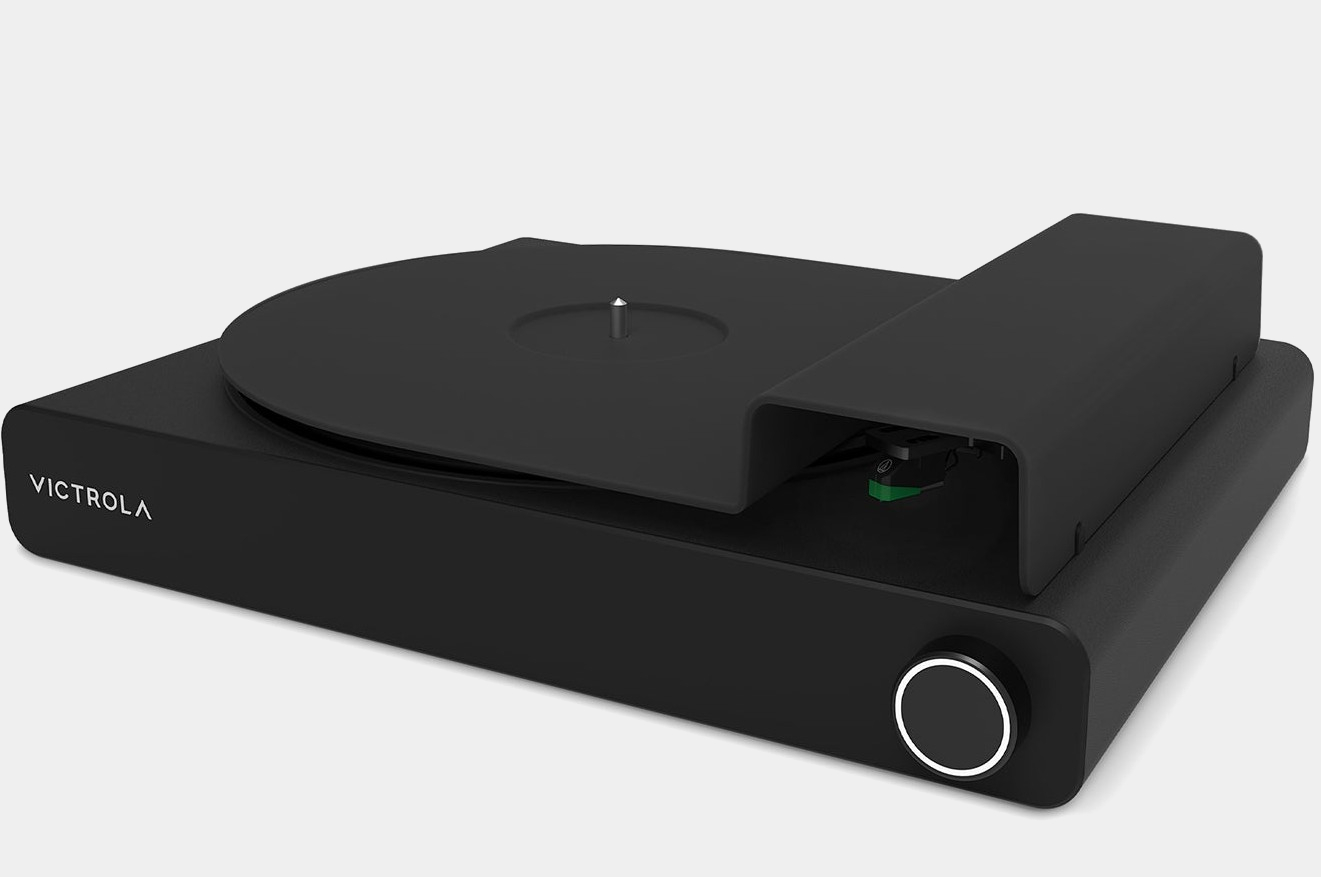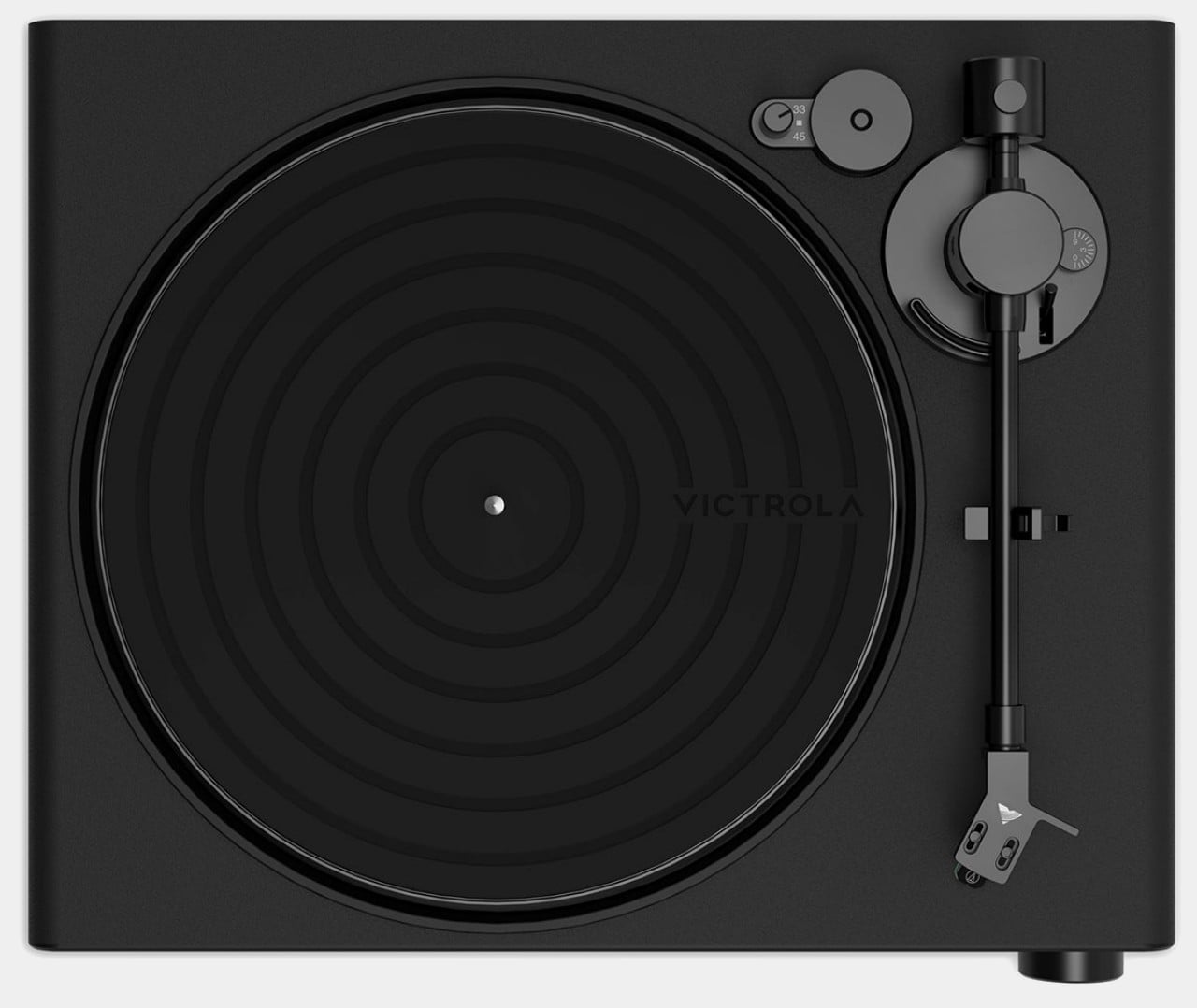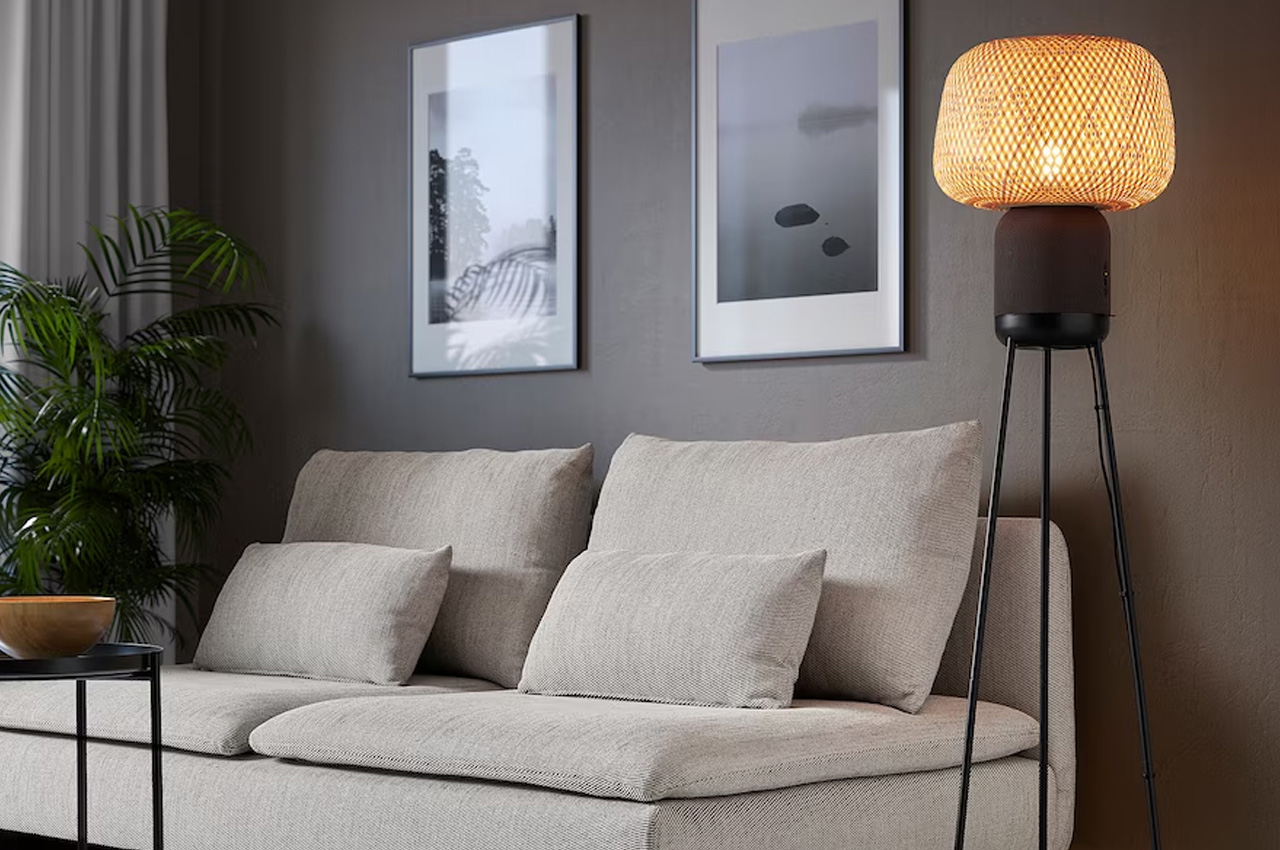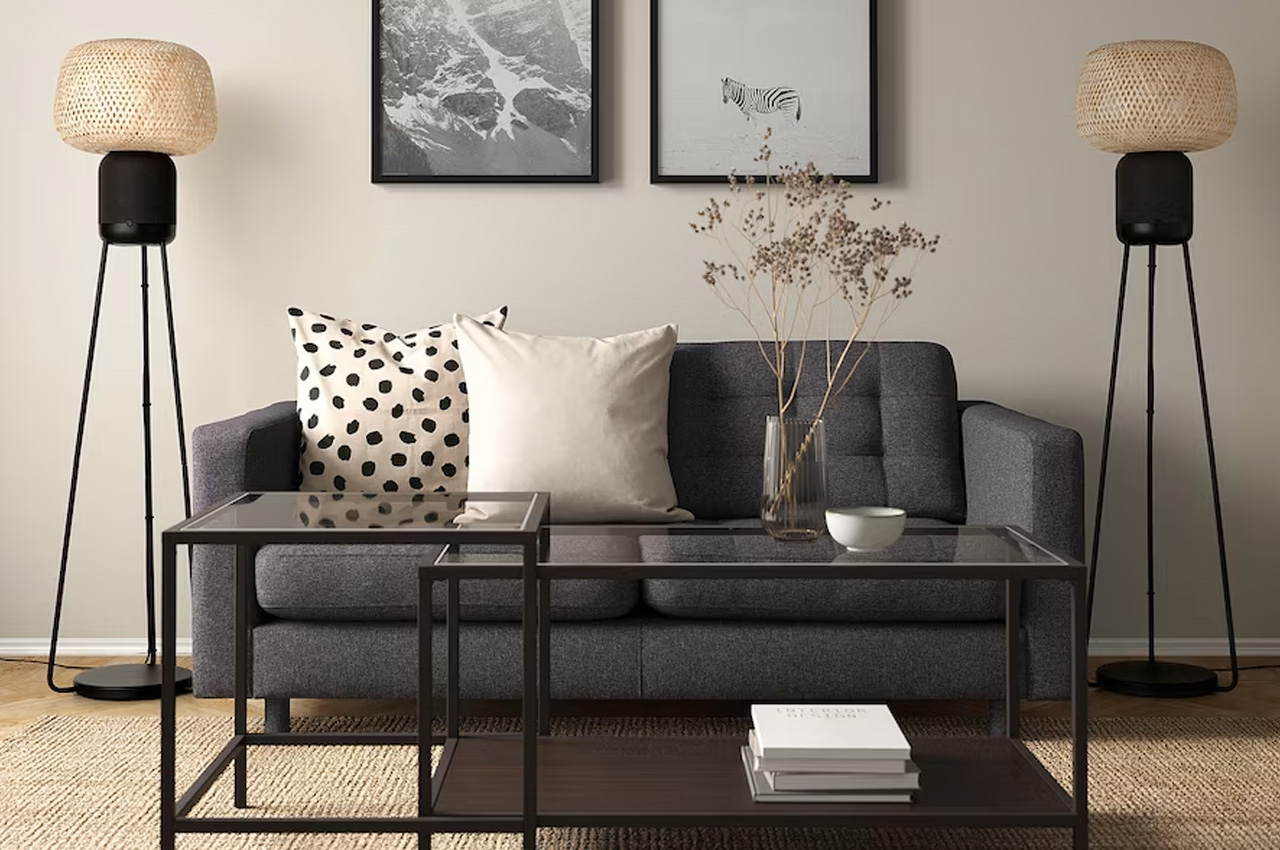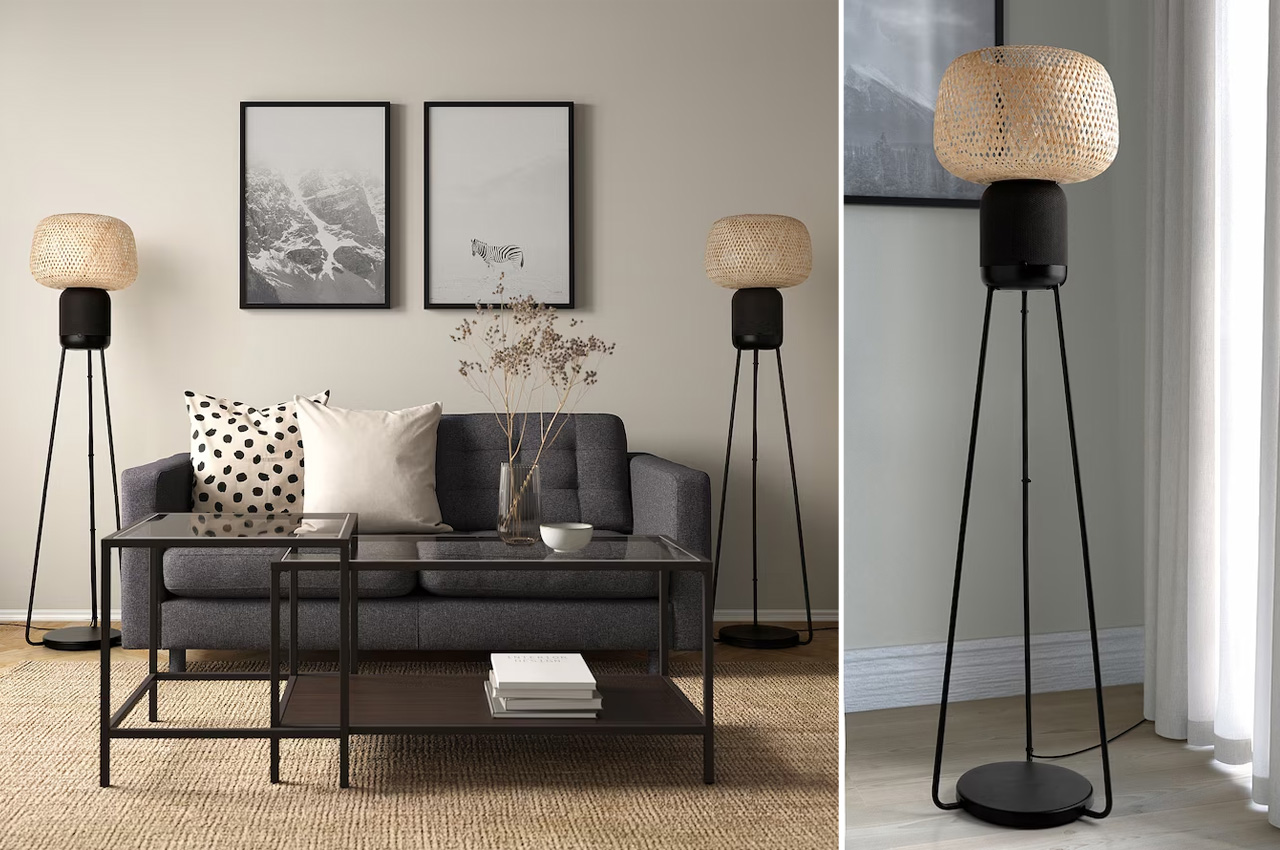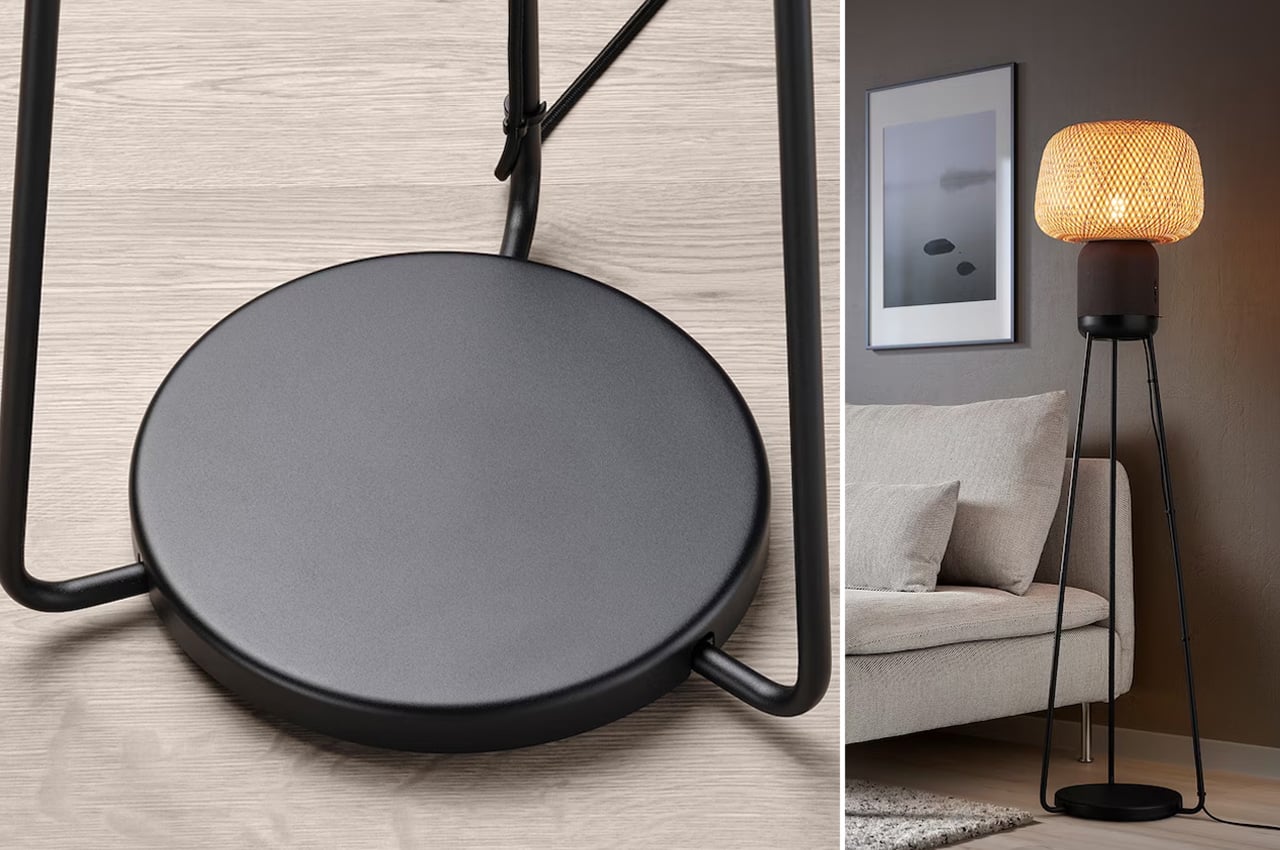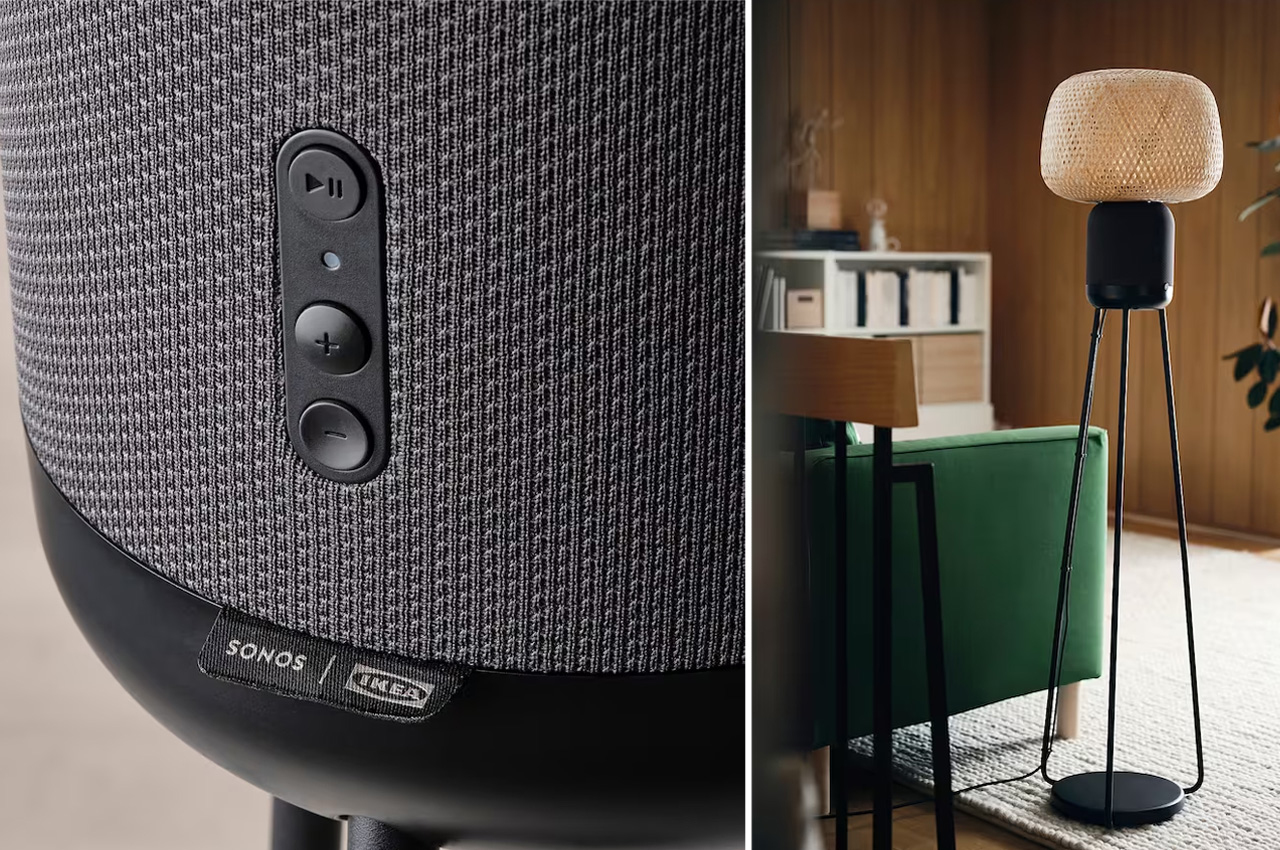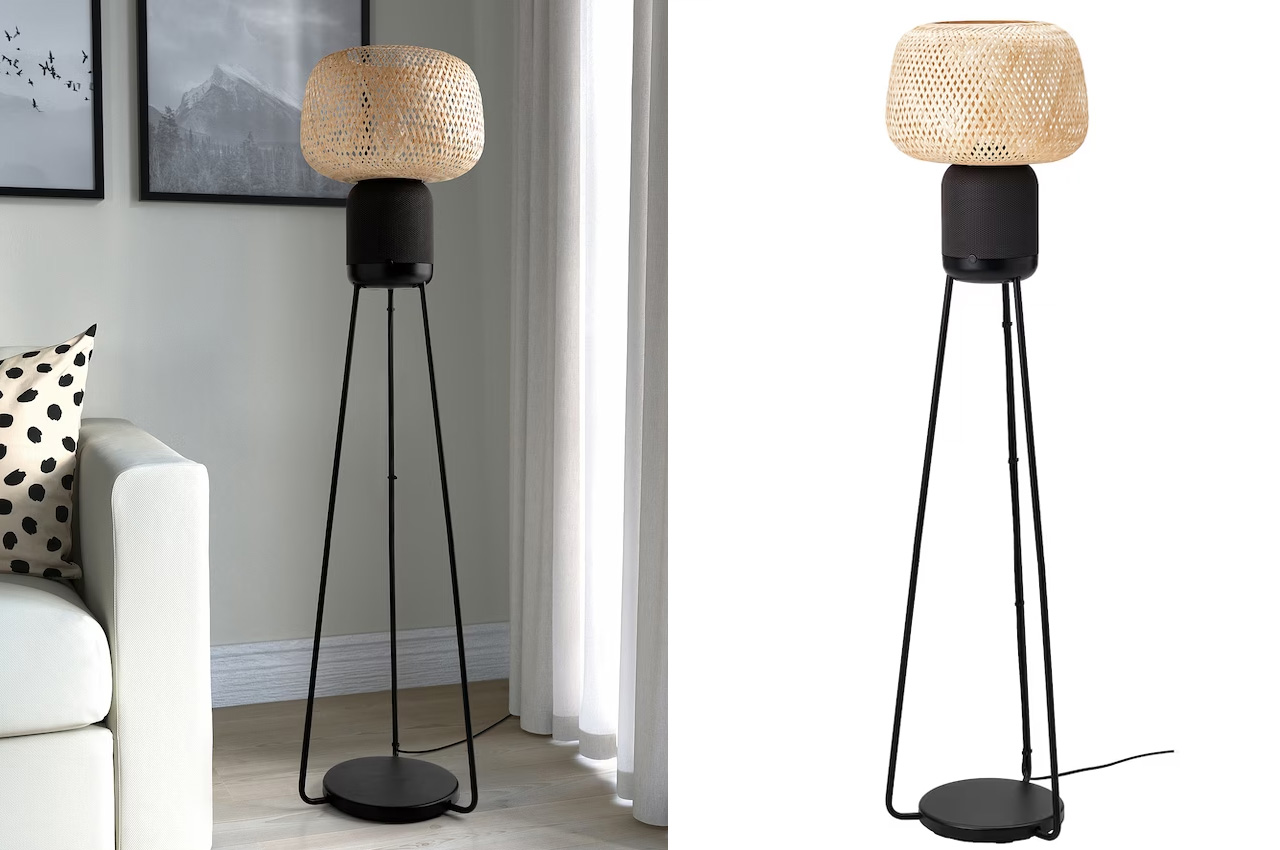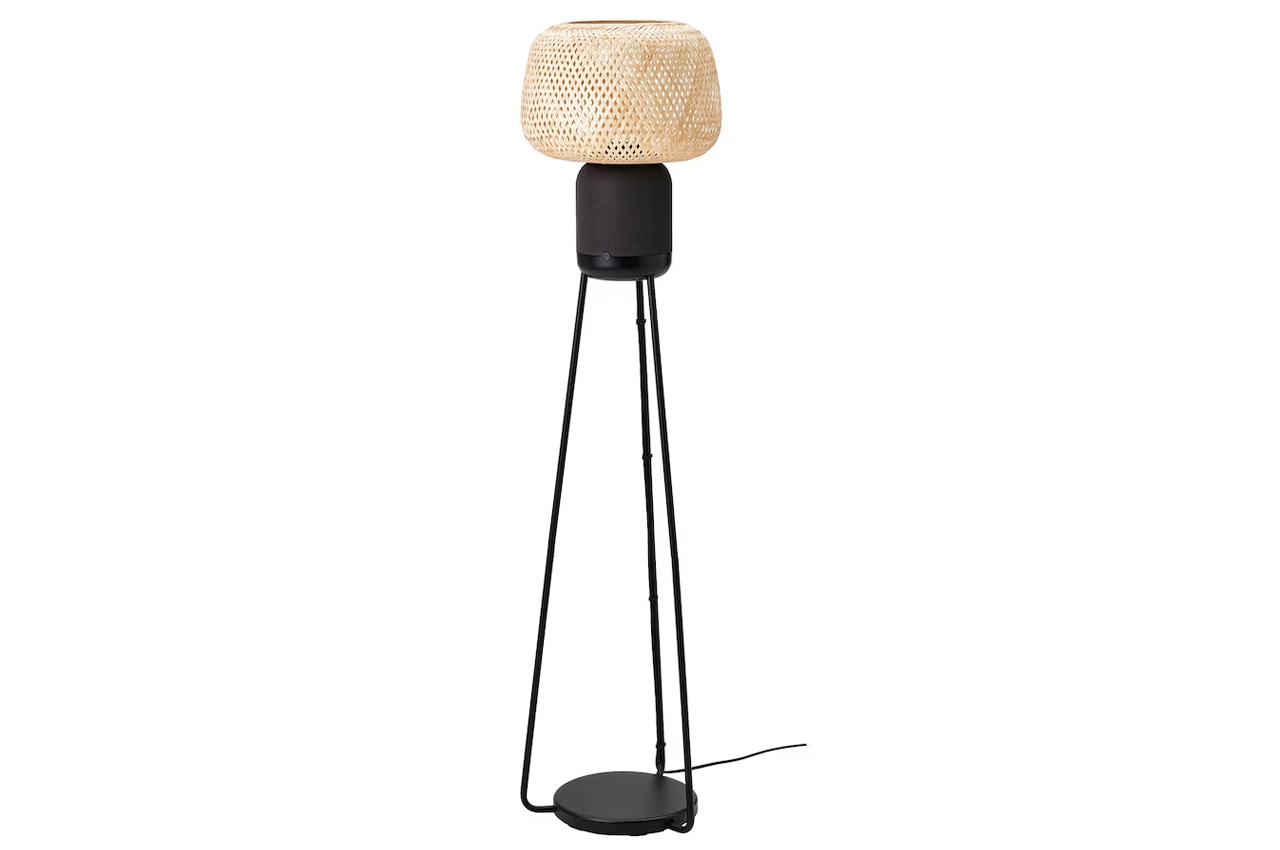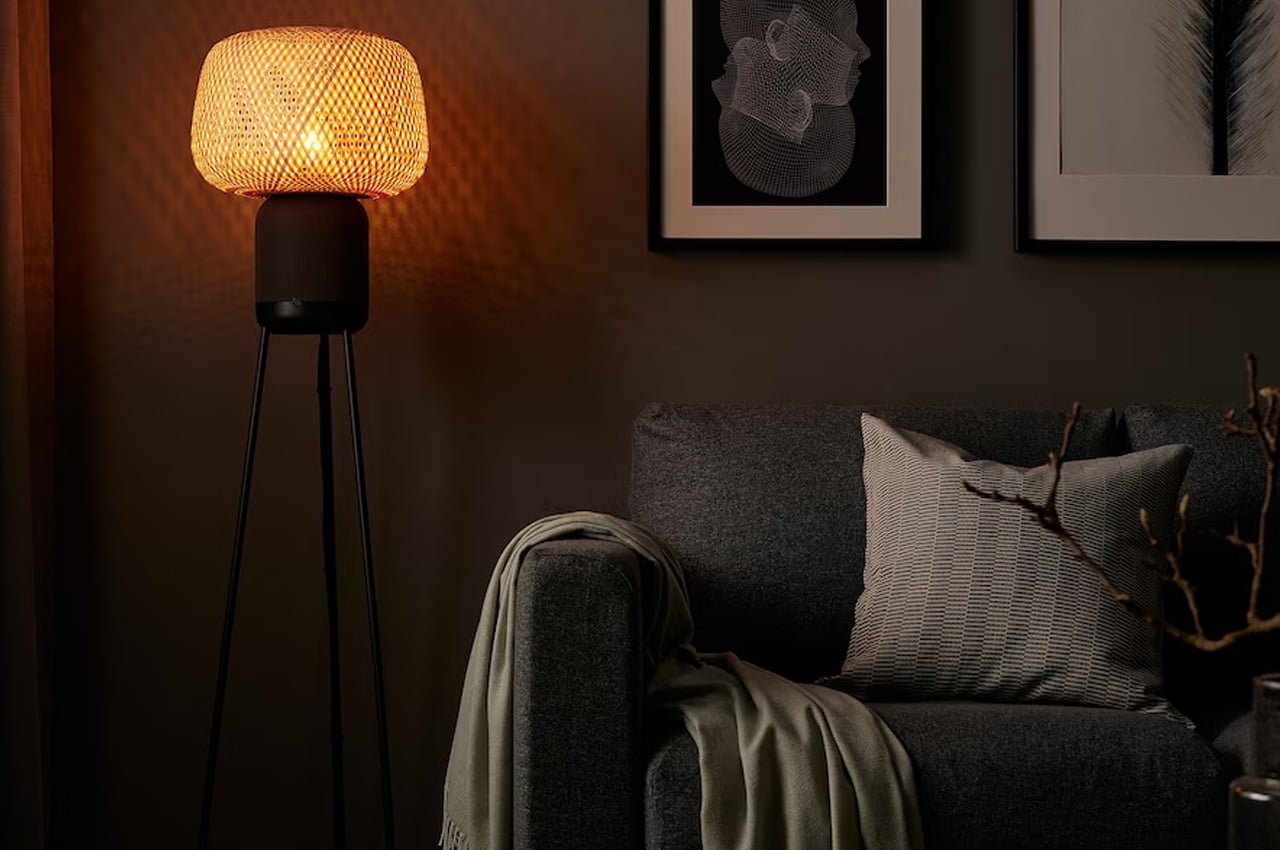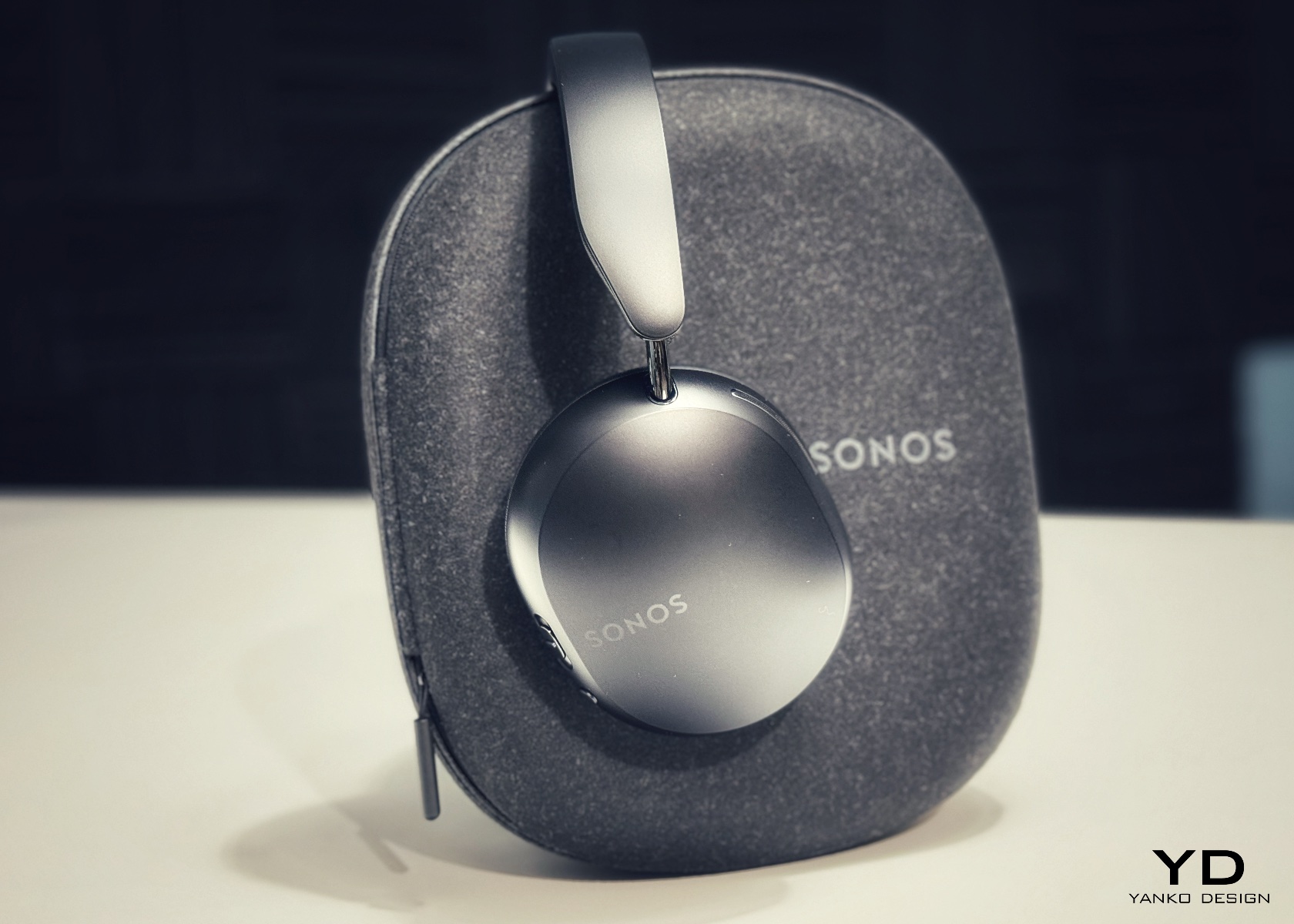
The Sonos Ace is an exceptional pair of over-ear headphones that seamlessly combines superior audio, sophisticated design, and comfort. Crafted with sustainable materials, the Sonos Ace embodies an environmentally friendly ethos without falling short on performance. Its soft memory foam ear cushions and lightweight design make it ideal for long-term use. The headphones offer a vibrant and immersive audio experience, with lossless audio via Bluetooth, top-notch noise cancellation, and a wide dynamic range. The user-friendly interface, characterized by a versatile button arrangement and smooth integration with the Sonos ecosystem, makes the Sonos Ace appealing to sound enthusiasts and everyday listeners.
Designer: Sonos
Aesthetics and Design
The Sonos Ace headphones are built with high-quality materials that balance durability and a premium feel. They use flexible plastics to keep them lightweight, while sturdy metals ensure they’re strong and long-lasting. The ear cushions and headband are covered in vegan leather, giving them a luxurious touch that’s also soft and eco-friendly.
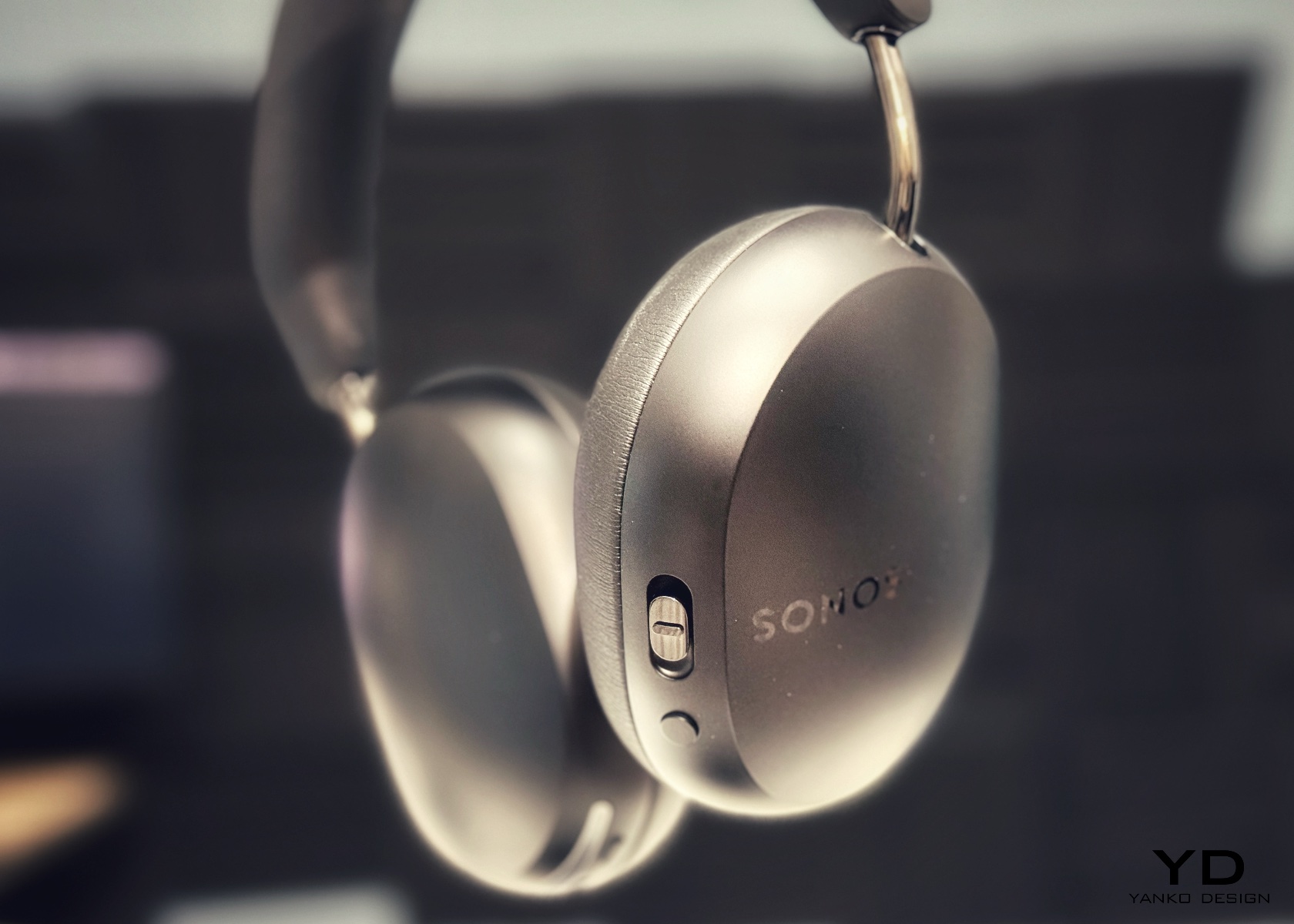
Sonos Ace
When it comes to looks, the Sonos Ace keeps it simple and stylish. They come in two colors, Sonos Black and Soft White, chosen to appeal to a wide range of tastes. The minimalist and sleek design makes these headphones look fabulous regardless of your style. The overall aesthetic is clean and modern, with smooth finishes and a seamless integration of materials. This attention to detail shows the care and thought that went into their design.
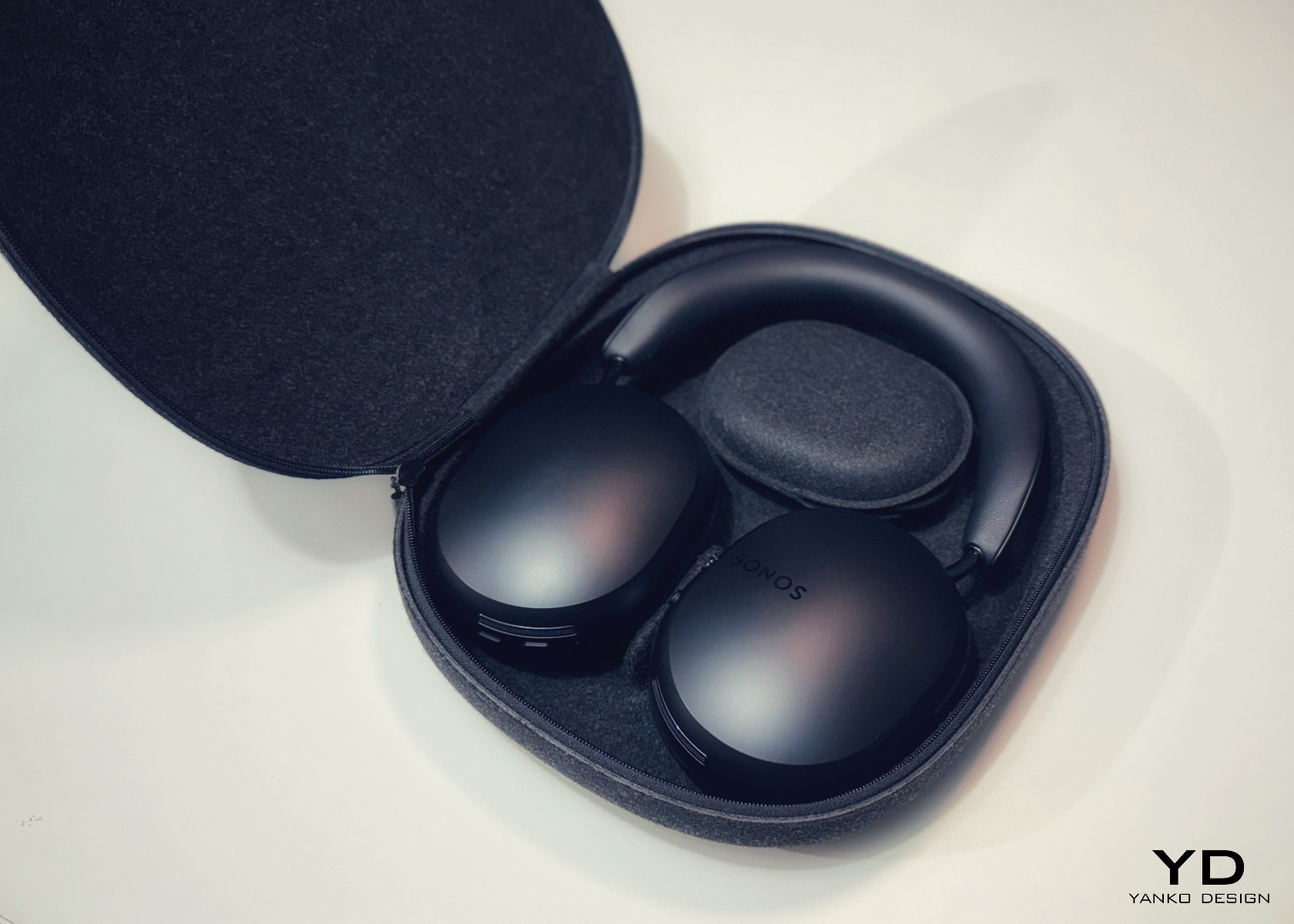
Despite their premium build, the Sonos Ace headphones are designed to be portable. They’re lightweight and easy to carry, making them perfect for home or on the go. The Sonos logo and color-coded ear cups enhance the design and contribute to the user-friendly aspect, making it easy to identify the correct way to wear the headphones.
Ergonomics and Comfort
The Sonos Ace prioritizes user comfort, making it ideal for extended listening sessions. Its ergonomic design includes pillowy, soft memory foam ear cushions and a lightweight build, ensuring that the headphones rest gently on your ears and head. This thoughtful construction prevents the development of pressure points, even during long periods of use.

One key feature contributing to the Ace’s comfort is the headband. It has been carefully designed with the right curvature and clamping force to provide a secure fit without being too tight. This ensures that the weight is evenly distributed, preventing any discomfort. The ear cups are also shaped to accommodate various ear sizes and shapes, which further enhances the fit and comfort.
I must confess that I’m usually an in-ear monitor or earbud person, so over-the-ear headphones never really appealed to me—until the Ace. One of the biggest issues I’ve had with other over-the-ear headphones is that they’re often big and bulky. Additionally, most of them have poorly designed ear cups that don’t stay in place, so I constantly have to adjust them as they slide up and down. The Ace fixed both of these issues for me. The overall design is low profile, and the flex is just right, while the ear cups lock in place all day long, no matter what I’m doing.
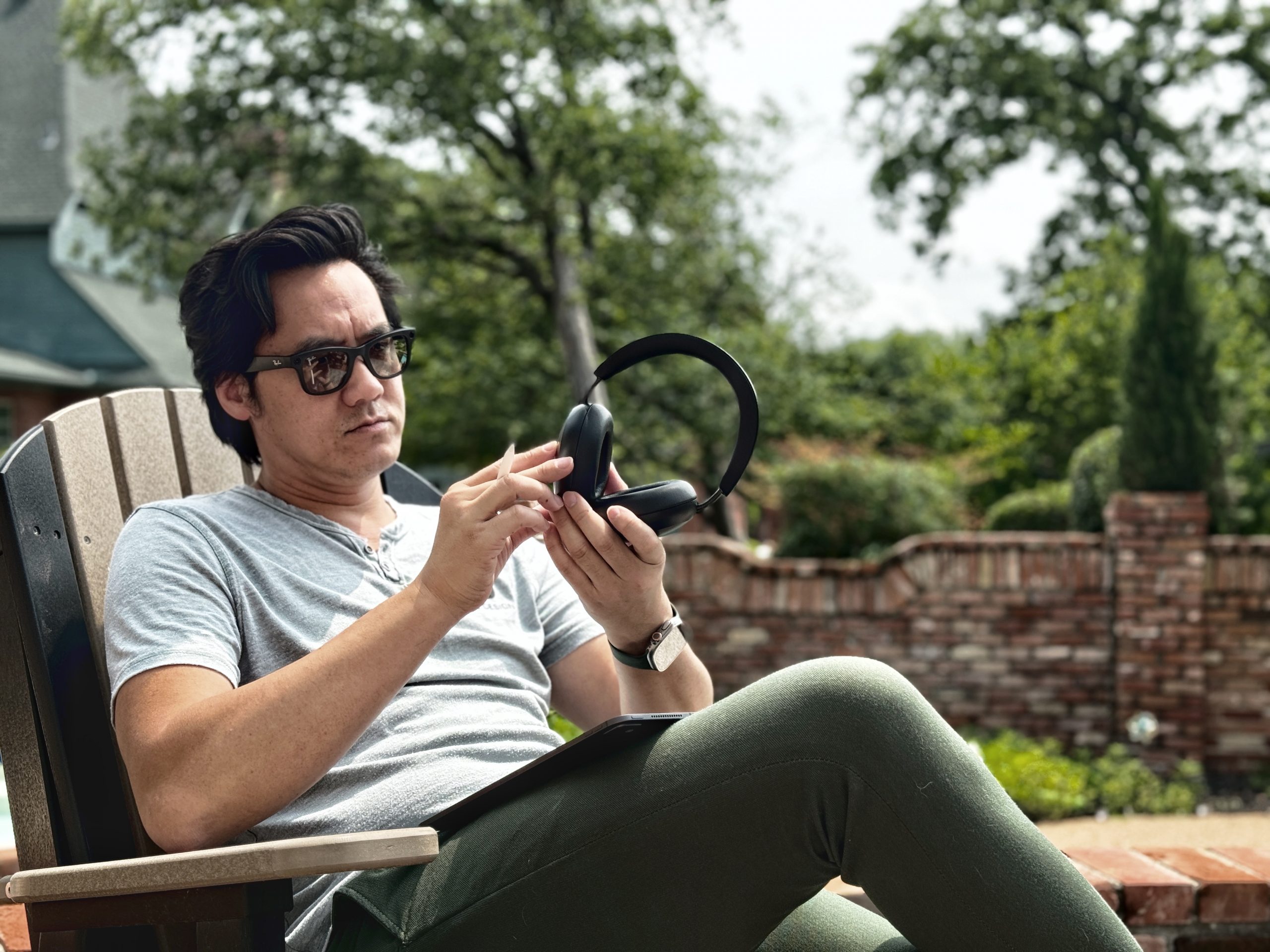
The replaceable ear cushions, wrapped in vegan leather, add another layer of convenience and sustainability. If the cushions wear out over time, they can be easily swapped out, extending the life of the headphones and maintaining comfort. The Sonos Ace’s ergonomic design makes it perfect for all-day wear, with features that cater to various head shapes and sizes, ensuring a secure and comfortable fit without exerting excessive pressure.
Button Layout and Features
The Sonos Ace features a well-thought-out button layout that enhances user experience, making it easy to navigate various functions without needing to look at the controls. On the left ear cup, you’ll find the power button and the USB-C port for charging and connection. This positioning ensures that the essential functions are easily accessible. The headphones also support a 3.5mm headphone jack, providing versatility in connectivity options. The power button is easy to use, enabling quick power on and off as well as Bluetooth pairing initiation with a long press.
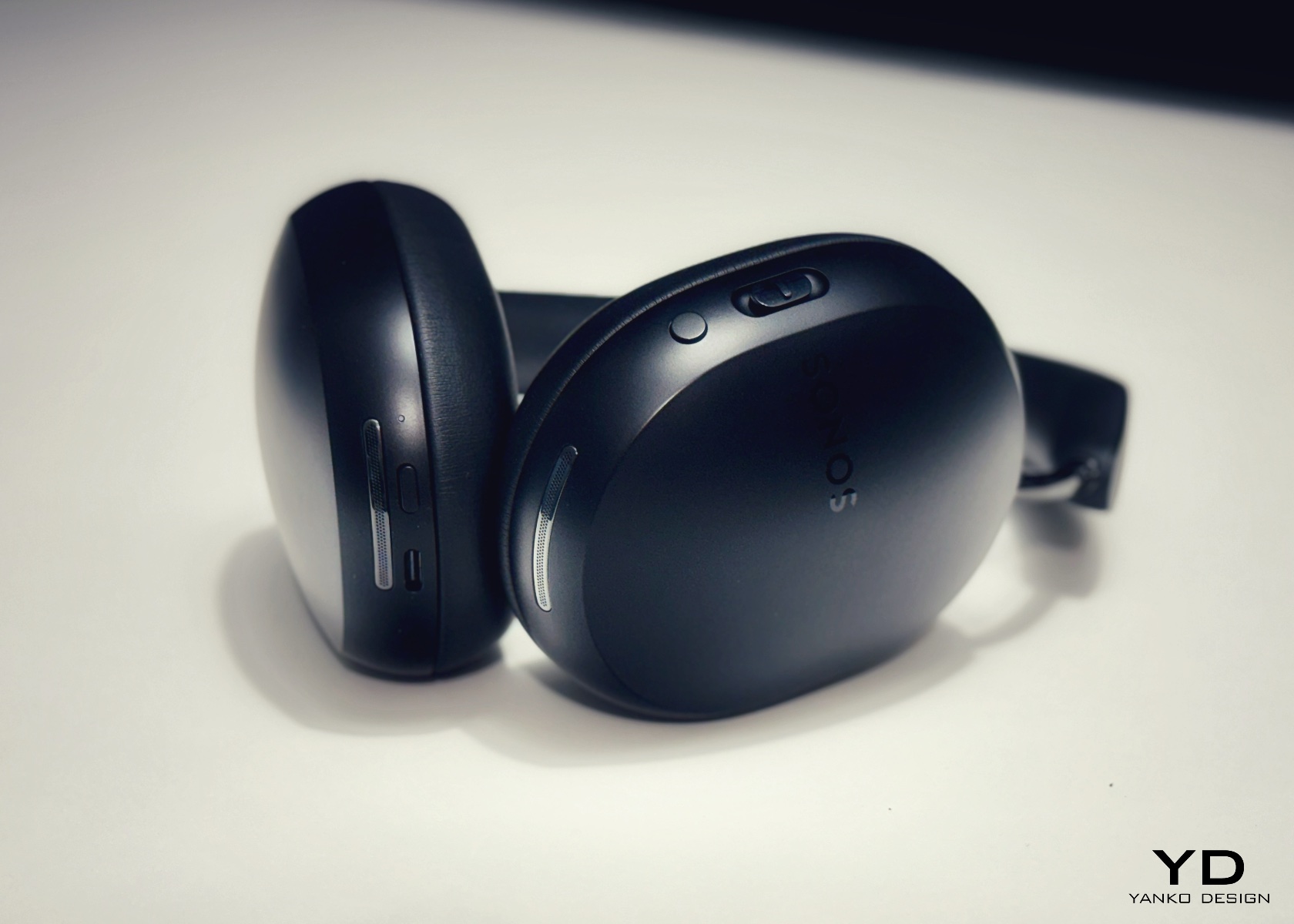
The right ear cup houses the primary controls, designed for ease of use. One of the key features is the Content Key, a mechanical slider. This tactile button allows you to adjust the volume by sliding it up or down, skip tracks by pressing the slider, and manage calls with a simple press. Holding the Content Key enables the seamless switch between the Sonos Ace and other Sonos devices, such as the Arc soundbar. Be sure to go through the setup using the Sonos app. This feature is handy for users who want to effortlessly switch from their headphones to their home sound system.
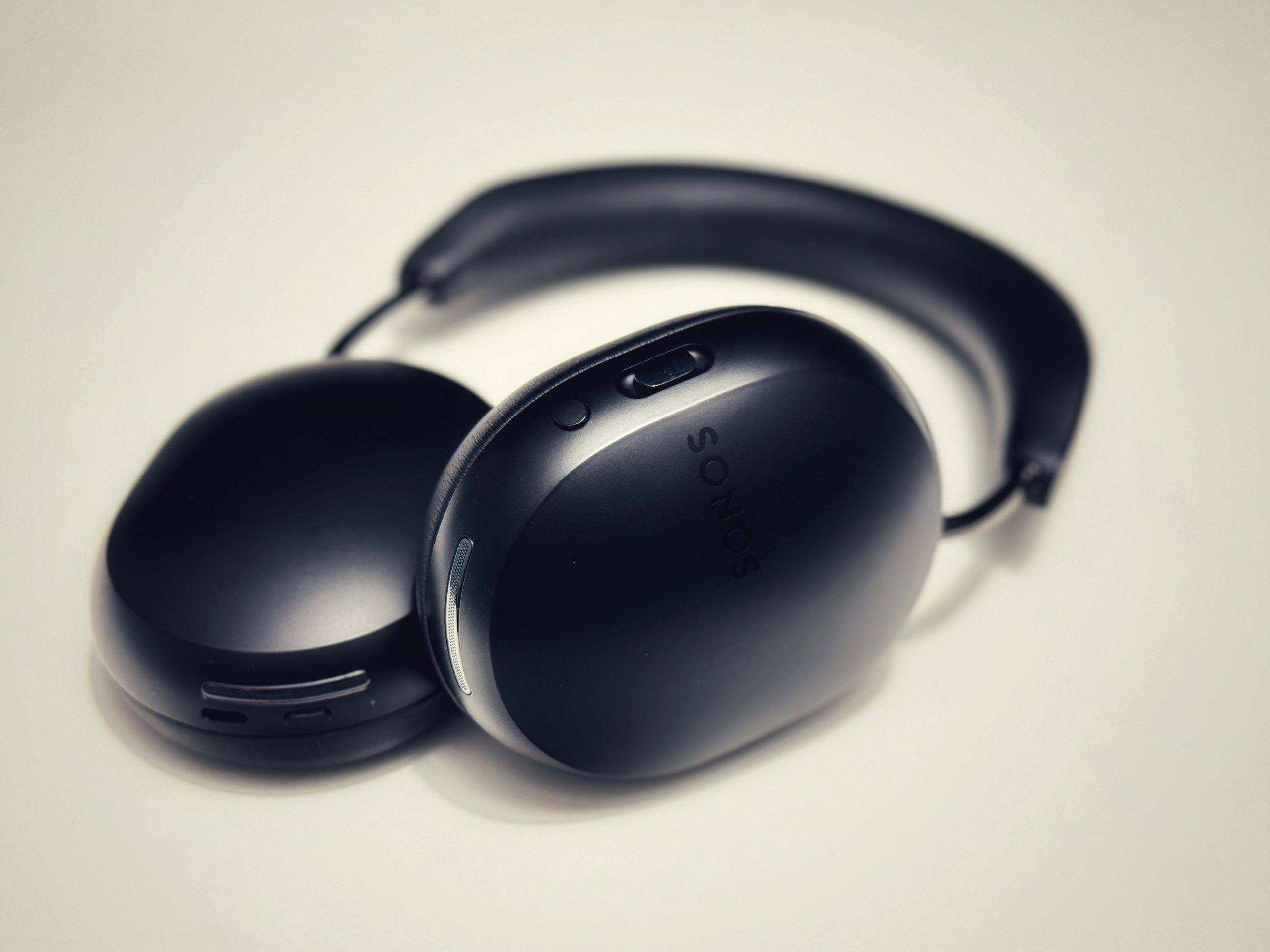
In addition to the Content Key, the right ear cup has buttons for changing noise cancellation modes. Users can switch between active noise cancellation (ANC) and Aware Mode or turn off noise cancellation entirely. This flexibility allows for a personalized listening experience, whether in a noisy or quiet environment.
The Sonos logo on the right ear cup serves a dual purpose. Firstly, it helps you quickly identify the right side of the headphones. Secondly, the logo’s tactile texture acts as a guide, making it easier for your fingers to locate and operate the buttons without needing to look at them. This thoughtful design detail enhances the overall user experience, especially on the go.
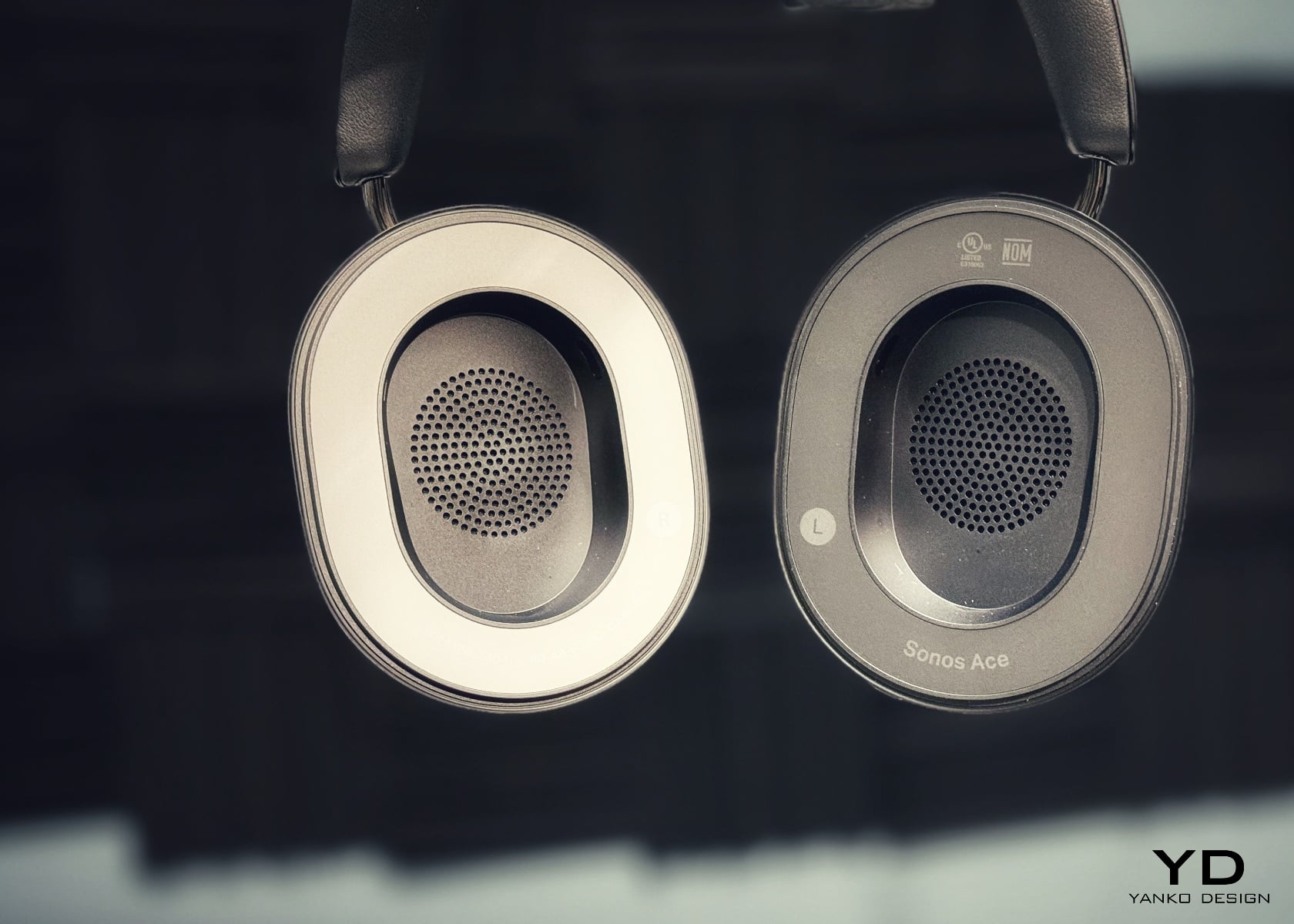
The Sonos Ace’s button layout blends intuitive design and practical functionality. The strategic placement of the power button and USB-C port on the left ear cup, combined with the comprehensive controls on the right ear cup, ensures that users can easily manage their listening experience. Using the Sonos logo as a tactile guide further enhances usability, making these headphones a joy to use. Whether you’re adjusting the volume, switching tracks, or changing noise cancellation modes, the Sonos Ace provides a seamless and intuitive user experience.
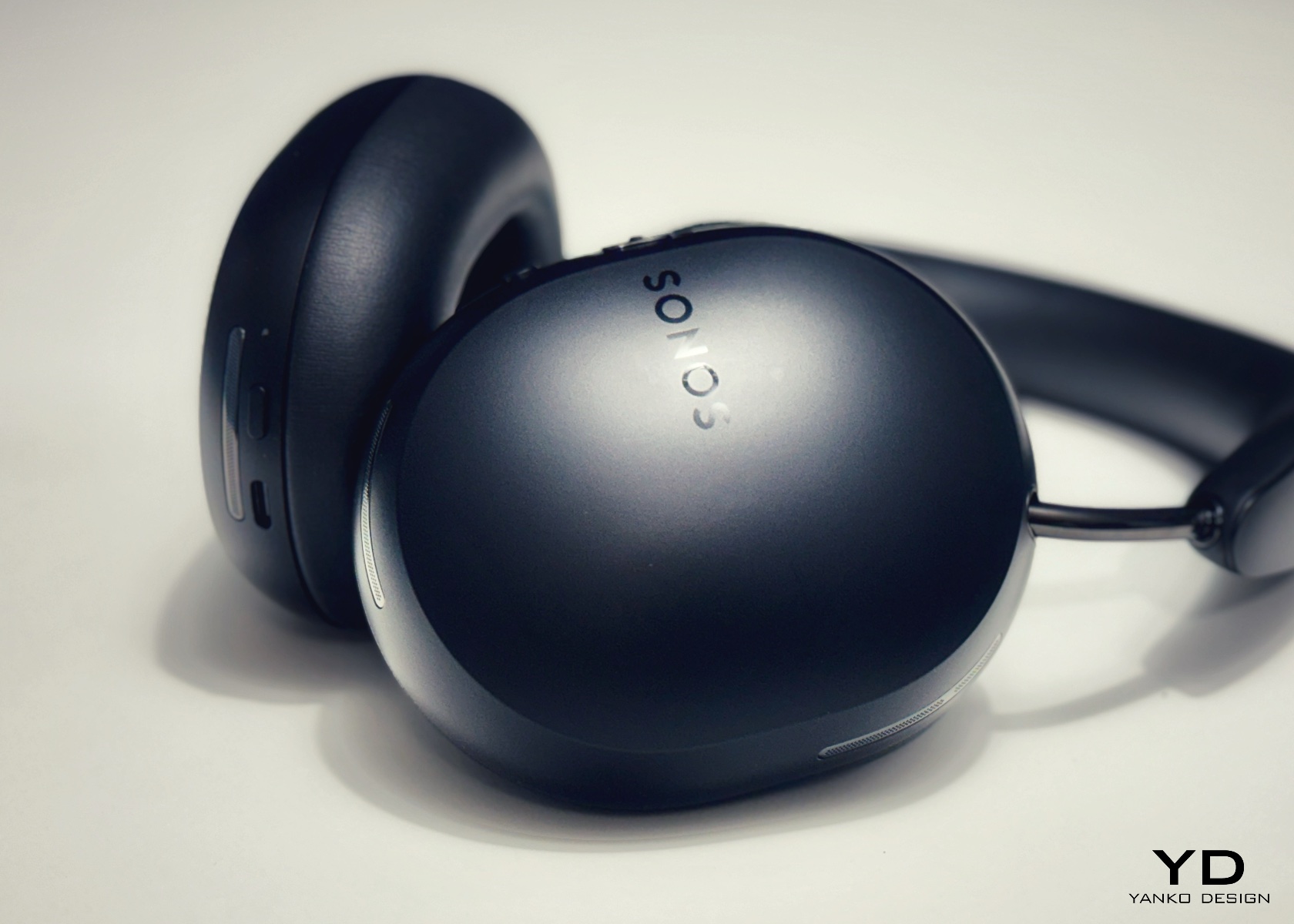
Performance of the Sonos Ace
Listening to music with the Sonos Ace headphones is an absolute pleasure. The intricate fingerpicking and solo guitar work in “Hotel California” by the Eagles (Live on MTV, 1994) capture amazing detail. Each pluck of the strings sounds crystal clear, and the natural resonance of the acoustic guitars makes it feel like you’re right there at the performance.

Don Henley’s vocals come through with warmth and precision, allowing you to appreciate the subtle nuances and emotional depth of his performance. Even in more intense moments, the headphones maintain a perfect balance, ensuring that every track element is heard clearly. True to Sonos’ heritage of premium products, every detail is expertly crafted, custom-designed, and tuned by the world’s leading sound experts to give you a listening experience unlike any other.
Clarity in the vocals and instrumental elements shines beautifully in “Billie Jean” by Michael Jackson. His voice comes through with sharpness and precision, bringing out every detail of his iconic performance. The hi-hat and snare hits are crisp and precise, keeping the groove tight and infectious.
Balanced frequency response is another area where these headphones excel. The intricate piano solo in the middle of “Take Five” by The Dave Brubeck Quartet delivers remarkable balance and detail. The saxophone lines are clear and accurate, highlighting the Ace’s ability to handle mid-range tones beautifully. The double bass provides a deep, resonant foundation, showing the Ace’s capability to deliver powerful and controlled bass.
Deep bass management stands out in “Royals” by Lorde. The bass is powerful yet never overwhelming, providing a solid foundation for the track without overshadowing the vocals. Lorde’s clear, upfront vocals come through with exceptional clarity, allowing every nuance of her performance to shine through.
The dynamic range is impressive, handling wide variations in volume and intensity. A perfect track to demonstrate this capability is “Bohemian Rhapsody” by Queen. The dramatic shifts in volume and intensity during the operatic middle section are managed seamlessly. The quiet moments, like the piano and vocal introduction, are equally impressive, reproducing subtle, delicate sections with clarity. The Ace handles dynamic shifts without losing detail, letting you fully experience the emotional highs and lows of the track.
The drum solo towards the end of “Take Five” further highlights the dynamic range. The headphones manage a wide range of volumes and intensities without losing any detail, allowing the listener to appreciate the full spectrum of the performance. The crescendos in the saxophone melody emphasize this capability as the Ace transitions from soft to loud passages smoothly, maintaining clarity and precision throughout.
Instrument separation is another area where the Ace excels. The dual guitar solos towards the end of “Hotel California” are distinct and well-separated. The Ace keeps each instrument clear and defined, letting you focus on individual elements of the performance. The precise reproduction of drum fills throughout the track ensures that the percussion stands out without overpowering the other components.
Exceptional instrument separation also shines in “Another Brick in the Wall, Part 1” by Pink Floyd. The expansive soundstage created by the headphones allows the atmospheric guitar echoes in the intro to come to life. The various synth effects are handled beautifully, providing a sense of space that enhances the immersive quality of the song. Sonos Ace’s ported acoustic architecture delivers exceptional depth and an ultra-wide soundstage, remaining incredibly clear.
These headphones deliver a wide and immersive soundstage, making you feel surrounded by the music. This is particularly evident in “Another Brick in the Wall, Part 1,” where the atmospheric guitar echoes and various synth effects create a sense of space that enhances the track’s immersive quality. The precise placement of instruments within the soundstage ensures that each element is heard in its intended location, adding to the realism of the listening experience.
In “Take Five,” the soundstage and imaging capabilities shine through. The saxophone, piano, and drums are all positioned clearly within the soundstage, allowing you to appreciate the spatial arrangement of the performance. This accurate imaging provides a more realistic and engaging listening experience, making it easy to visualize the musicians’ positions on stage.
The complex, multi-layered arrangement of “Bohemian Rhapsody” also benefits from the Ace’s excellent soundstage and imaging. Each vocal layer and instrumental part is clearly defined and positioned within the soundstage, making the operatic middle section sound grand and theatrical.
Bass response is another strong point for the Sonos Ace. The deep, driving bass line in “Billie Jean” is delivered with tight control and power, highlighting the Ace’s ability to handle low frequencies without distortion. The bass is punchy and rhythmic, providing a solid foundation for the track without overwhelming the other elements.
“Royals” demonstrates the Ace’s ability to manage deep bass with perfect control and depth. The bass is powerful yet never overwhelming, providing a solid foundation for the track without overshadowing the vocals. This balance ensures that every part of the track is heard as intended, with the bass providing a strong but controlled presence.
Handling strong, iconic bass lines, “Another Brick in the Wall, Part 2” emphasizes the Ace’s capability. The powerful bass line at the beginning of the track is delivered with precision and depth, showcasing the headphones’ ability to handle low frequencies with power and control. This strong bass response enhances the overall impact of the track, making it more engaging and immersive.
In addition to these classics, the Sonos Ace excels with modern tracks. “Shivers” by Ed Sheeran is a great example. You can immediately feel the bass from the synth and hear the wide strings panning left and right, leaving ample room for the lead vocal to shine through the center of the mix.
“What Was I Made For” by Billie Eilish highlights the Ace’s ability to reproduce the clarity of vocals. You can hear the sibilance and breathing in Billie’s performance, demonstrating how effectively just piano and vocals can create a personal, dynamic experience.
For podcasts, “The First Belle” from The Last City illustrates the Ace’s ability to deliver crisp dialogue. The headphones render mid-range frequencies with precision and clarity, ensuring the human voice sounds natural and intelligible.
The immersive experience of Dolby Atmos is evident in “Praise the Lord” by Breland. The distant and spacious guitar sounds and the distinct hand claps on opposite sides of the mix demonstrate Ace’s ability to separate and highlight individual instruments, creating an immersive and detailed listening experience.
Lossless Audio Over Bluetooth and Noise Cancellation
One key feature of the Sonos Ace is its support for lossless audio over Bluetooth, which will be available when the product launches to customers on June 5. This feature utilizes Qualcomm Snapdragon Sound AptX for Lossless, allowing high-fidelity audio streaming from compatible devices. Note that this functionality is unavailable for early reviews but will significantly enhance the listening experience upon release.
The Sonos Ace’s noise cancellation is amazing. The biggest test was doing yard work with a leaf blower blowing air at nearly 200 mph, and I could barely hear a sound. This impressive performance is thanks to the constant monitoring and use of all the mics, ensuring an almost silent experience in noisy environments.
Combining all these elements, the Sonos Ace is an exceptional pair of over-ear headphones. Whether it’s the intricate guitar work of “Hotel California,” the punchy bass of “Billie Jean,” or the dynamic complexity of “Bohemian Rhapsody,” the Ace delivers an extraordinary listening experience that sets it apart. Everyday listeners, audiophiles, and casual music fans alike will appreciate the thoughtful design, impressive sound quality, and overall performance of these headphones. The sophisticated design of Sonos Ace cradles you in comfort with its pillowy soft memory foam ear cushions and lightweight build, making it perfect for all-day wear.
Sustainability of the Sonos Ace
The Sonos Ace impresses with its sound, design, and commitment to being eco-friendly. From the start, these headphones are built with sustainability in mind.
One of the Ace’s notable features is its use of materials. Made with 70% recycled plastic, these headphones help reduce waste. The ear cushions and headband are wrapped in vegan leather, which is still comfy and better for the environment.
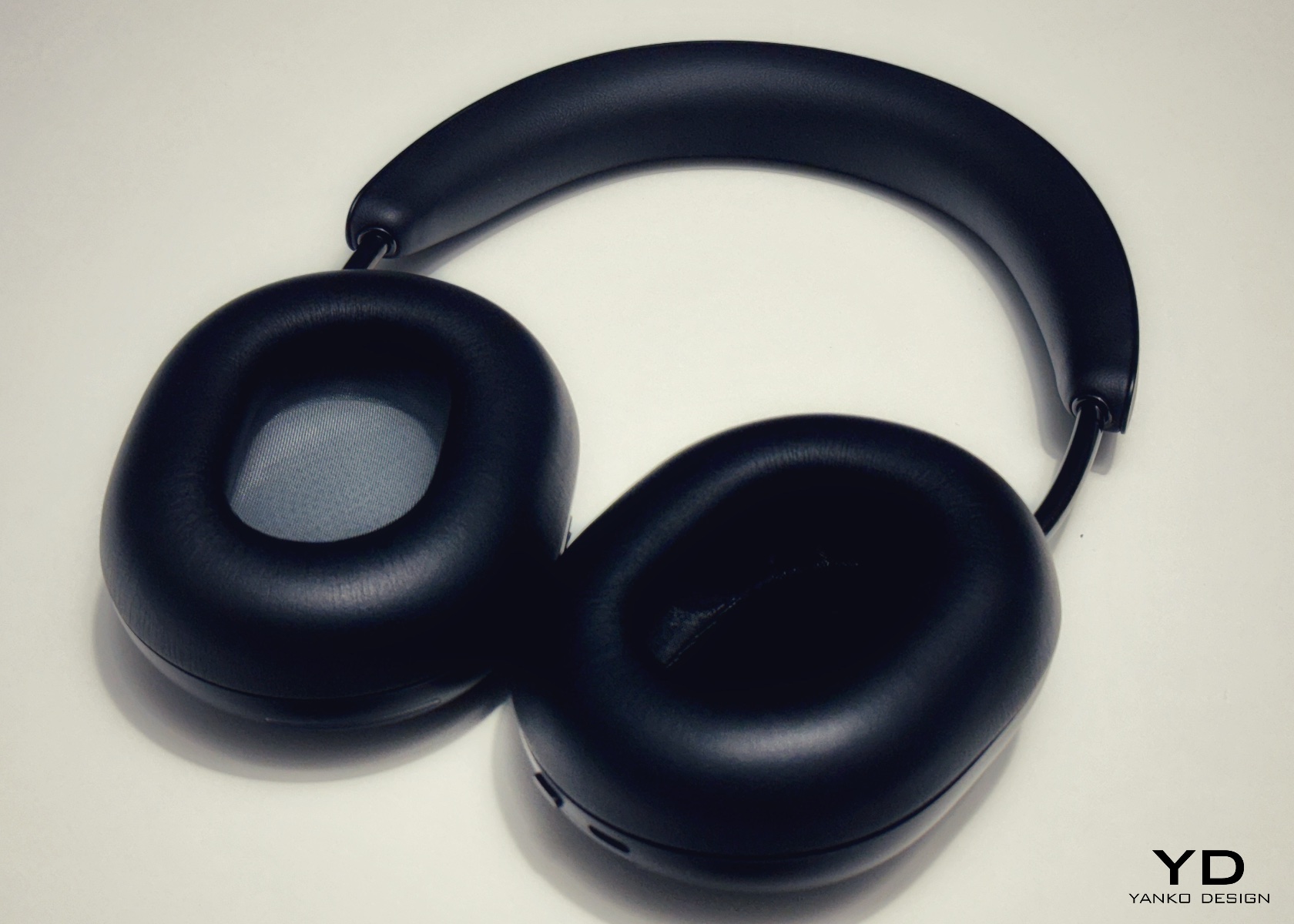
The carry case is another win for the environment. Made from 75% recycled polyester from old plastic bottles, it helps reduce the overall environmental impact.
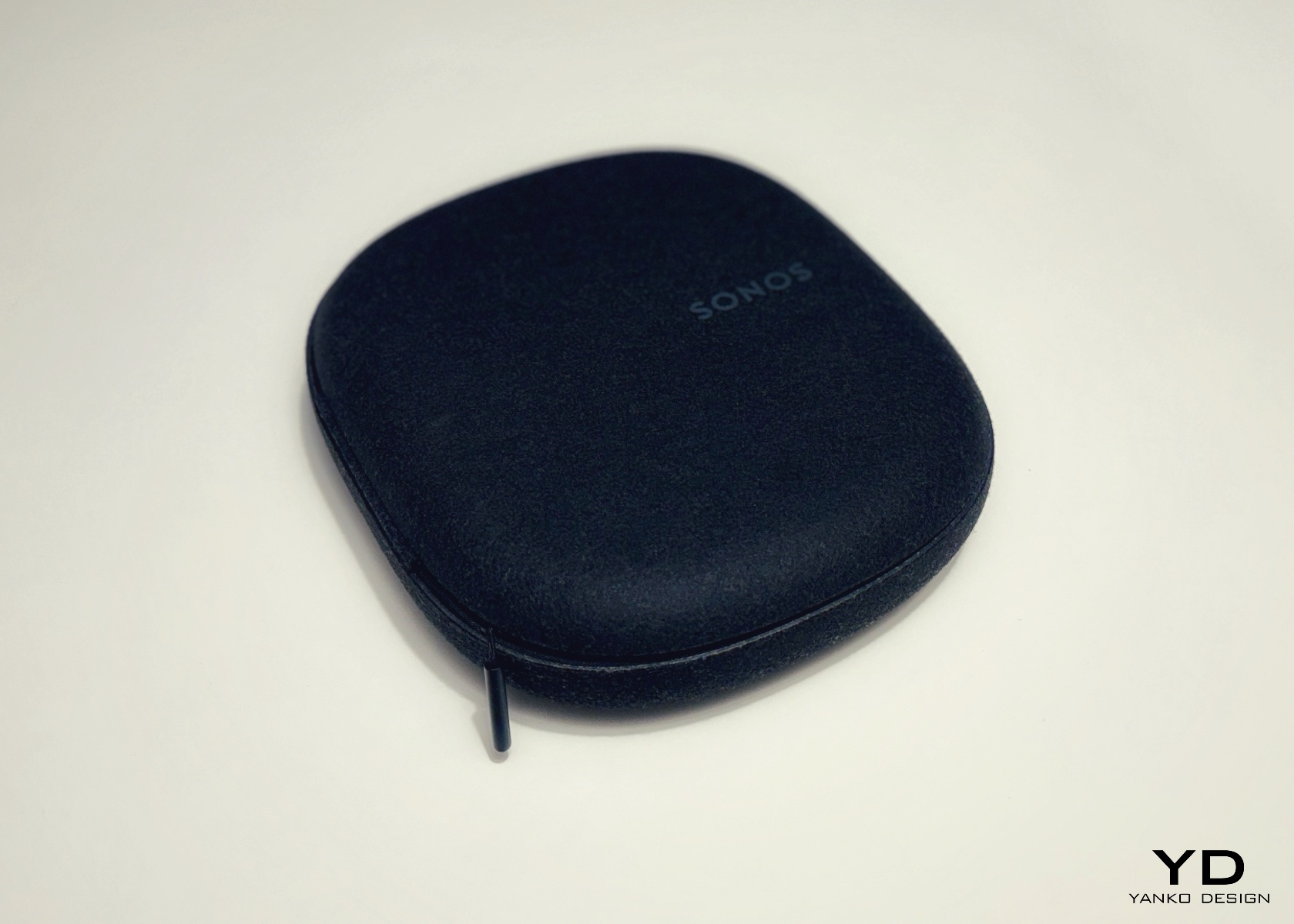
The replaceable ear cushions are a great feature. If the headphones wear out over time, you don’t have to toss the whole thing. Just swap out the cushions, and you’re good to go. This extends the life of the headphones and reduces waste.
The Ace also has an auto-pause feature to conserve battery life. Sensors in each ear cup detect when the headphones are removed, pausing playback automatically. This reduces the frequency of recharging, extending the battery’s lifespan and cutting down on energy use.
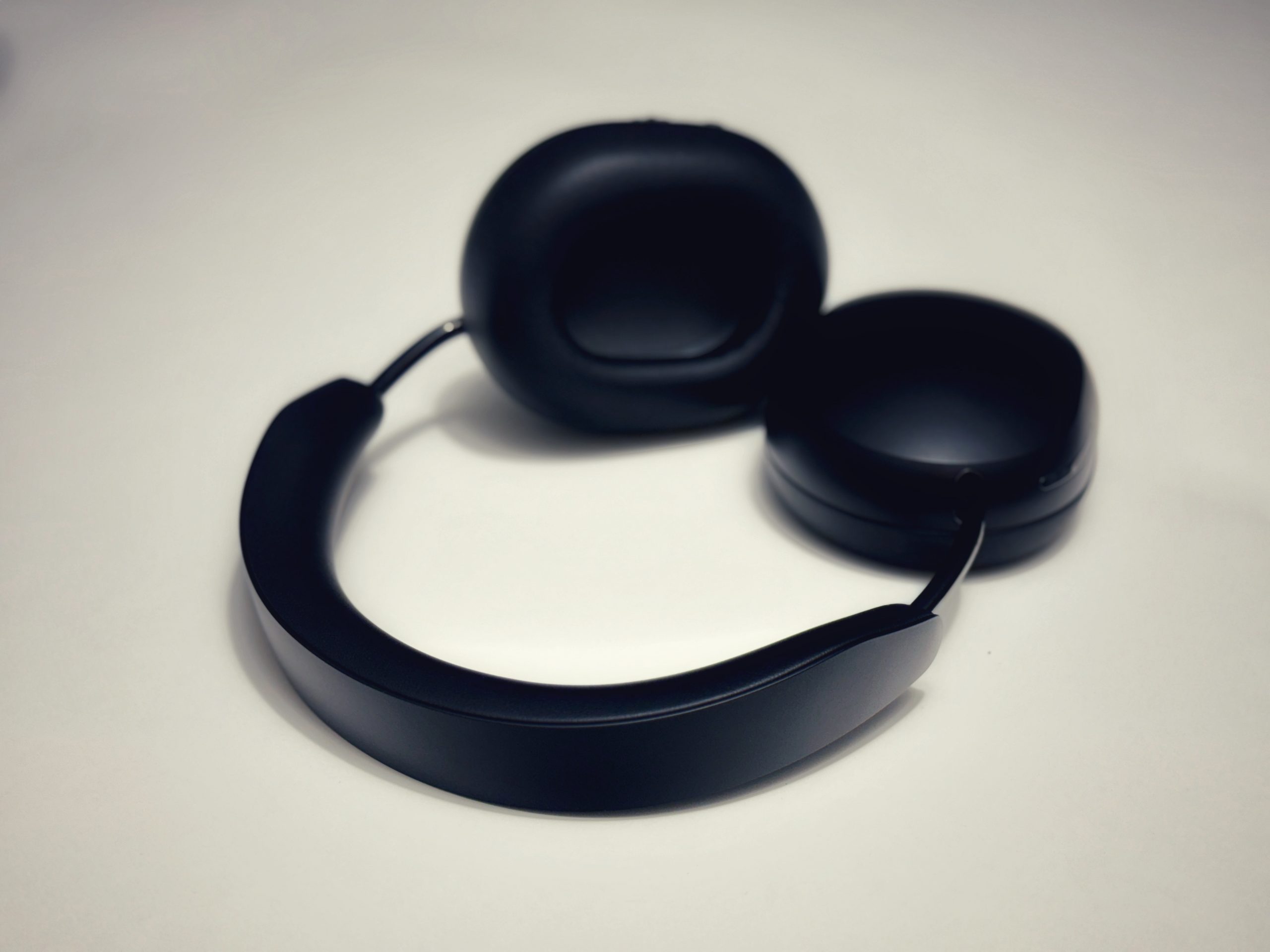
Sonos has created a product that balances high-quality audio, exceptional comfort, and eco-friendly design elements. It’s a solid choice for environmentally conscious consumers who don’t want to sacrifice performance for sustainability.
Value and Verdict
At $449, the Sonos Ace offers tremendous value for those seeking high-quality over-ear headphones. Its blend of superior sound quality, comfortable design, and advanced features makes it a strong contender in its price range. Unlike many bulky alternatives, the Ace delivers a low-profile design without compromising durability or performance. Replaceable vegan leather ear cushions and sustainable materials add to its long-term appeal.
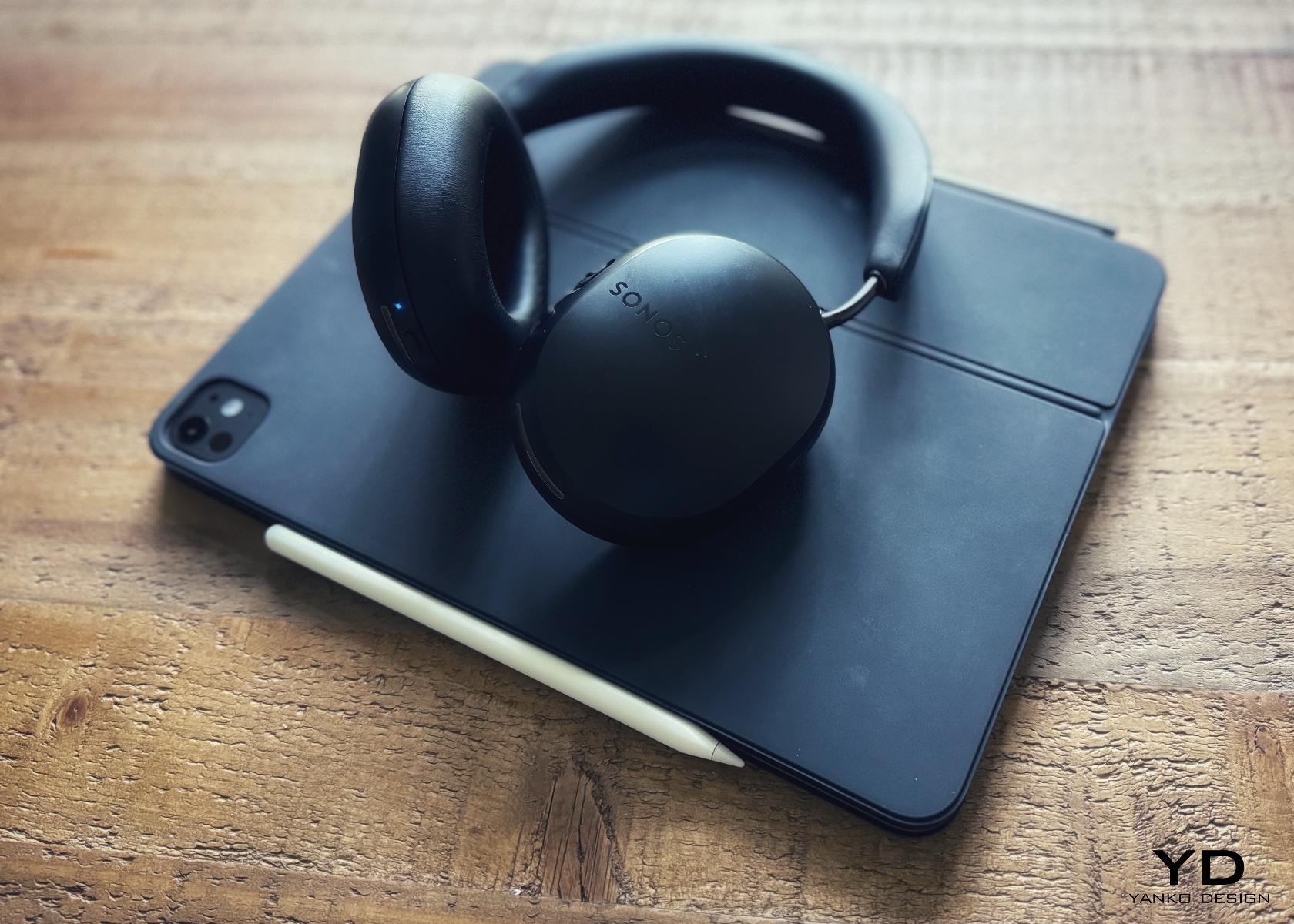
From the seamless integration with the Sonos ecosystem to the impressive noise cancellation that makes even the loudest leaf blower almost silent, the Ace covers all bases. The intuitive button layout, particularly the Content Key, ensures easy operation whether you’re adjusting the volume, skipping tracks, or switching between devices. With 30 hours of battery life and a quick charge feature that provides three hours of playback with just a three-minute charge, the Ace is built for extended use. It’s perfect for everyday listeners who want both comfort and performance, making it a worthwhile investment for anyone in the market for top-notch headphones.
The post Sonos Ace Headphones Review: Comfort, Sound Quality, and Sustainability first appeared on Yanko Design.
